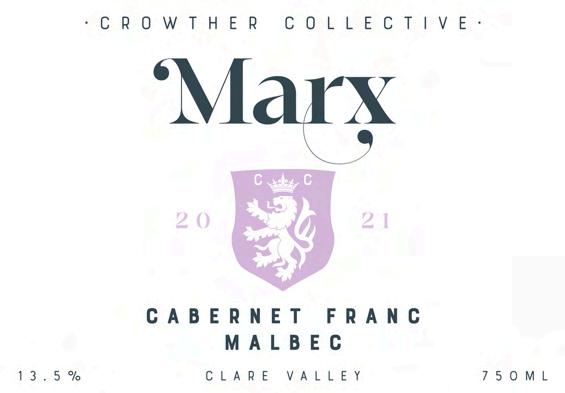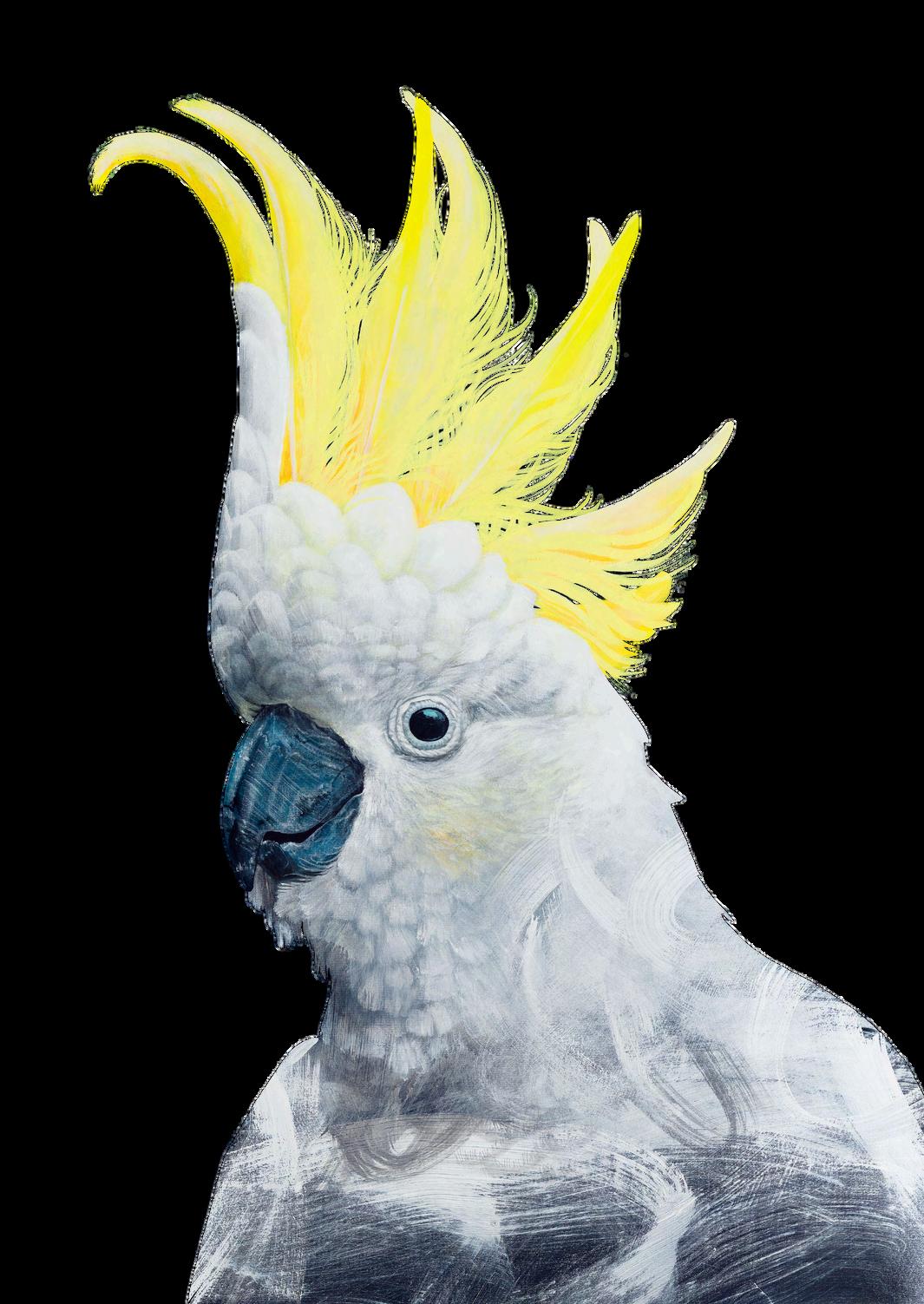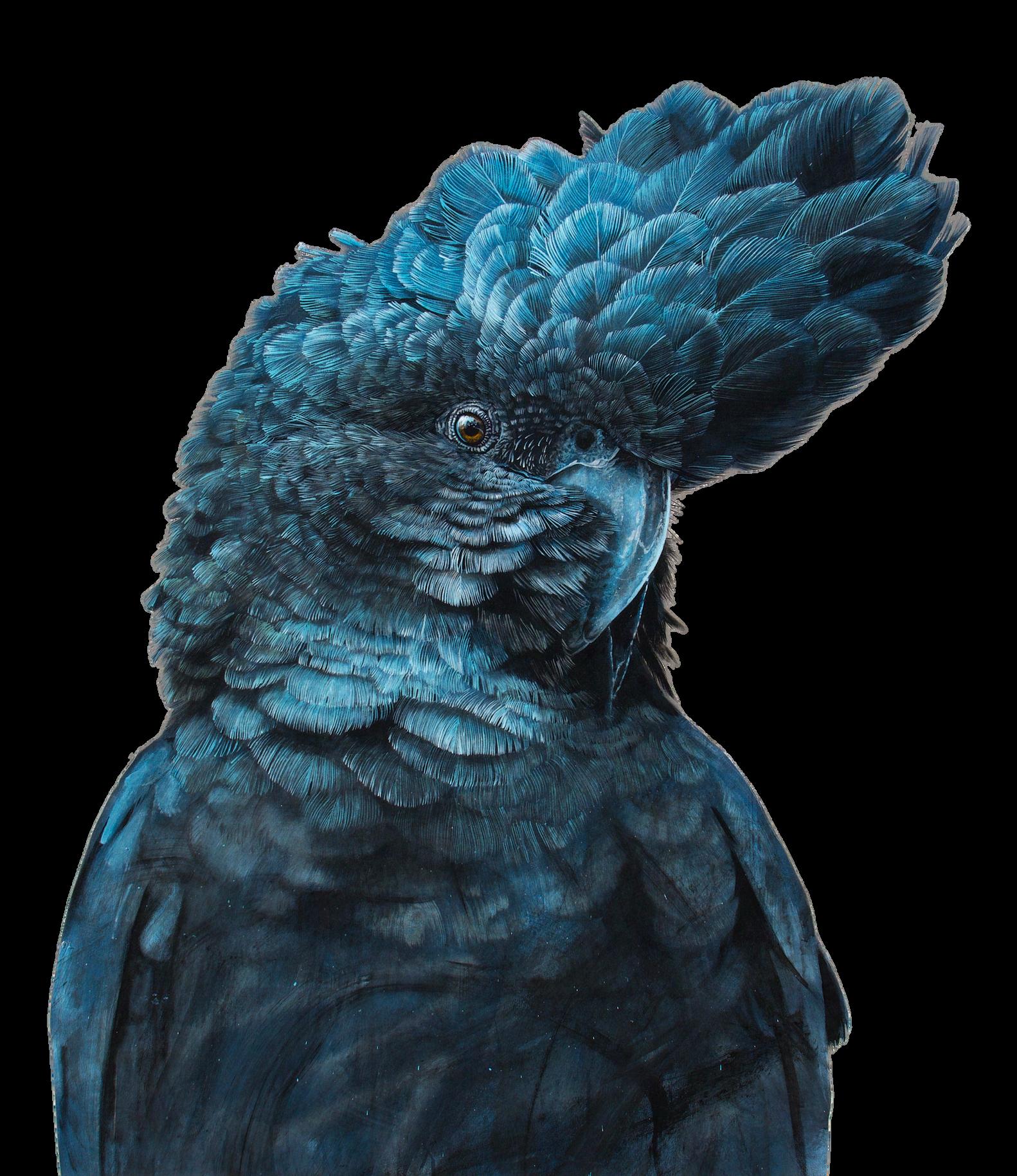
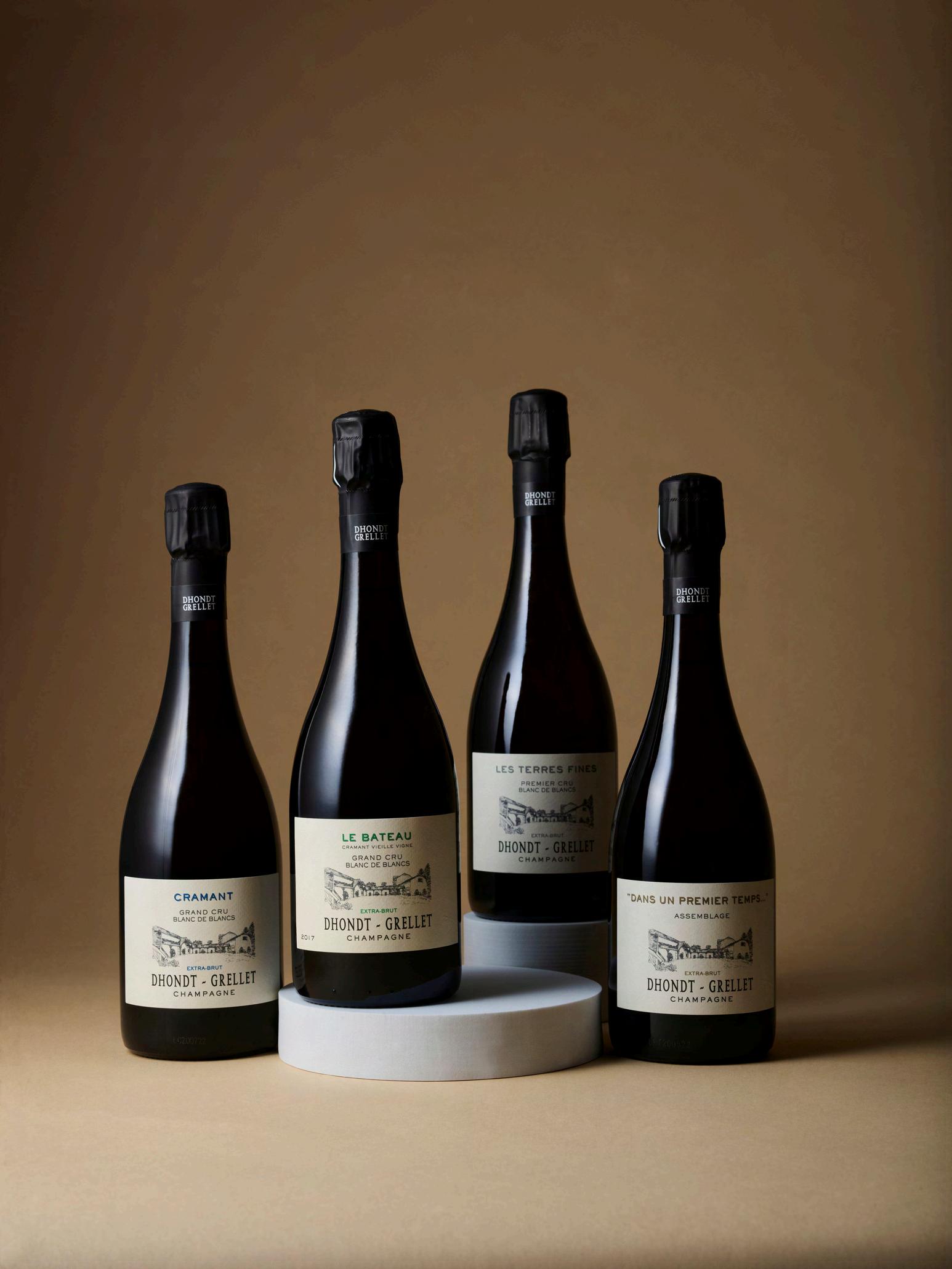



SEBASTIAN CROWTHER
VICTORIA / NATIONAL
0401 275 510
SEBASTIAN@REALWINES.COM.AU
MICHAEL TAMONE
NSW / ACT
0414 260 131
MICHAEL@REALWINES.COM.AU
FIONA CROWTHER
VICTORIA
0407 332 652
FIONA@REALWINES.COM.AU JODIE TAYLOR ADMINISTRATION
0452 493 633
SALES@REALWINES.COM.AU
Aminimumorderof12bottlestotalisrequiredtoavoida$10pickingcharge. Ifyourorderisover$500butunder12bottlesthechargewillbewaved.
Arefine,butifthecaseorderisunder$500a$10pickingchargewillapply.
AllimportedwinesarestoredinMelbourneandarethereforesubjecttocertain interstatedeliverycharges.Pleaseseebelow.
Weendeavourtodeliverthenextdayforallordersinbefore12pmgoingto Melbourne&SydneyMetro.Pleasenote:thecurrentissueswithwarehousing/ logisticsmeanthisisn'talwayspossible.Forallotherareas,pleaseseebelow.
SydneyMetro(DomesticWines)NoCharge
SydneyMetro(InternationalWines)$12/case
RegionalNewSouthWales$15/case
Canberra$15/case Deliveriesvia3rdpartypleaseallow2-3days
SouthAustralia$15/case Thereisonedeliveryrunperweek.Allorder placedbefore2pmonTuesdaywillbedeliveredonThursdayorFridayofthe sameweek.
RegionalVictoria$12/case Deliveriesvia3rdpartypleaseallow2-3days
Brisbane&NorthernNewSouthWales$20/case Thereisonedelivery runperweek.Allorderplacedbefore2pmonTuesdaywillbedeliveredon ThursdayorFridayofthesameweek.
Tasmania$30/case Deliveriesvia3rdpartypleaseallow2-3days
WesternAustralia$30/case Deliveriesvia3rdparty,timingwillbe discusseduponorder.
FRÉDÉRIC SAVART ECUEIL, CHAMPAGNE
JEAUNAUX-ROBIN CÔTE DE BLANCS, CHAMPAGNE
DHONDT - GRELLET CÔTE DE BLANCS, CHAMPAGNE
CÉDRIC BOUCHARD AUBE, CHAMPAGNE
ADRIEN RENOIR VERZY, CHAMPAGNE
PERTOIS-MORISET LE MESNIL-SUR-OGER
LA ROGERIE AVIZE, CHAMPAGNE
LA ROGERIE ALSACE
JINTARO YURA ALSACE
DOMAINE PATRICK BAUDOUIN
ANJOU, LOIRE VALLEY
PIERRE MÉNARD
ANJOU, LOIRE VALLEY
LA GRANGE TIPHAINE AMBOISE, LOIRE VALLEY
DOMAINE DE LA NOBLAIE CHINON, LOIRE VALLEY
DOMAINE DE LA CHEVALERIE BOURGUEIL, LOIRE VALLEY
PATRICK BOTTEX BUGEY CERDON, SAVOIE
DOMAINE GIACHINO SAVOIE
DOMAINE PRIEURÉ SAINT CHRISTOPHE SAVOIE
CAVE JULIEN CÉCILLON NORTHERN RHÔNE
ALAIN VOGE CORNAS, NORTHERN RHÔNE
PRIEURÉ DES PAPES CHATEAUNEUF-DU-PAPE, SOUTHERN RHÔNE
CLOS CIBONNE PROVENCE
CÔTE LAVANDE LANGUEDOC-ROUSSILLON, FRANCE
PASCAL ROBIN CHABLIS, BURGUNDY
GÉNOT-BOULANGER MEURSAULT, BURGUNDY
DOMAINE LAUNAY-HORIOT POMMARD, BURGUNDY
DOMAINE DU CLOS DU FIEF BEAUJOLAIS
DOMAINE DE VERNUS BEAUJOLAIS
MARTIN & ANNA ARNDORFER KAMPTAL, AUSTRIA
WEINGUT PRIELER BURGENLAND, AUSTRIA
WEINGUT KÜNSTLER HOCHHEIM AM MAIN, RHEINGAU, GERMANY
ÖKONOMIERAT REBHOLZ PFALZ, GERMANY
EMRICH-SCHÖNLEBER NAHE, GERMANY
WEINGUT KNEBEL MOSEL, GERMANY
MAX KILBURG MOSEL, GERMANY
ULLI STEIN MOSEL, GERMANY
PHILIP LARDOT MOSEL, GERMANY
WASENHAUS
BADEN, GERMANY
BURJA
VIPAVA VALLEY, SLOVENIA
VINO GROSS
STAJERSKA, SLOVENIA
CYRIL ZANGS | CIDER
GLOS, CALVADOS, FRANCE
SAMAROLI
WHISKY
SAMAROLI RUM
CRAWFORD RIVER HENTY, VICTORIA
CRAWFORD RIVER | HENTY, VICTORIA APIS | HENTY, VICTORIA
BICKNELL FC 'APPLECROSS' YARRA VALLEY, VICTORIA
COBAW RIDGE
MACEDON RANGES, VICTORIA
MOUNT MAJURA
CANBERRA DISTRICT, NEW SOUTH WALES
KOERNER
CLARE VALLEY, SOUTH AUSTRALIA
RILEY HARRISON SOUTH AUSTRALIA
ALKINA
BAROSSA VALLEY, SOUTH AUSTRALIA
ALPINE VALLEYS / KING VALLEY, VICTORIA CROWTHER COLLECTIVE REGIONAL

Frédéric was born into a family of vignerons, but his real dream was to be a professional footballer. He even signed a youth contract with Stade de Reims, playing as an attacking midfielder, but after meeting the woman who was to become his wife, he refused a potential transfer to another club, and decided to return home to work with his father, Daniel. The family estate was founded by Daniel's father, René Savart, who purchased his first vines in 1947. Daniel himself took over the winemaking in the 1970s, although production remained extremely small until the mid-1980s, when he significantly expanded the family's vineyard holdings. Since 2005, Frédéric has been at the helm of the estate, although Daniel continues to be very much present, cheerfully greeting visitors and happy to share a glass of wine. Today, the Savarts farm four hectares of vines, three in Ecueil and one in the neighboring village of Villiers-aux-Noeuds. Nearly all of it is pinot noir, with just a half-hectare of chardonnay: "Historically, Ecueil is a pinot noir terroir," says Frédéric Savart. His philosophy in the vineyards is to prevent disease as much as possible, rather than treat it—towards this end, he prefers a holistic approach, creating an environment within which the plant is better equipped to resist malady on its own. The soils in this area can vary: many parcels in Ecueil are notably sandy, although there's more clay on the mid-slope, and a few areas that are relatively chalky. The soils of Villiers-aux-Noeuds are generally chalkier than those of Ecueil, and Savart's vineyards here are particularly prized for their sélection massale of the renowned pinot fin d'Ecueil, planted here by Daniel and René.
Éphémère 016 Couer de Rosé
L’Ouverture
L’Ouverture ~ 1500ml
Le Mont Benoit
Mont des Chretiens
Les Noues
Haute Couture
Bulle de Rosé
Expression Rosé
Le Pinot Noir V ~ 1500ml




140.00 139.41 282.56 294.94 268.79 268.79 389.20 189.34 480.35 1299.49
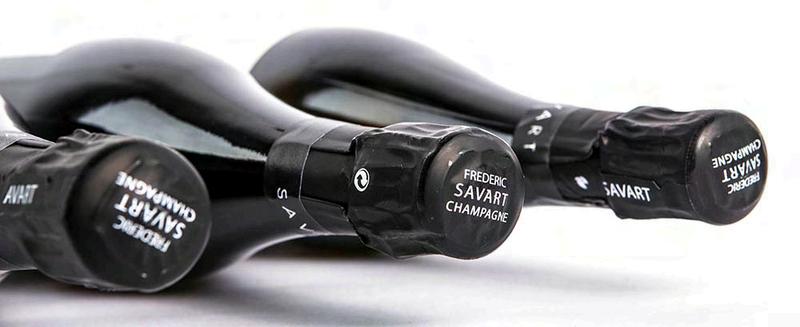
Truly a found treasure, this tiny family domain was founded in 1964 by Michel and Marie-Claude Jeaunaux, now run by husband-and-wife Cyril & Clémence Jeaunaux-Robin. The estate is only 5.7 hectares (the family’s backyard) in the village of Talus-Saint-Prix in La Vallée du Petit Morin. Vines are approximately 40 years of age (considered ancient by Champagne standards) on flint-rich, silex soil. The farming is meticulous, currently undergoing organic certification and practicing biodynamic viticulture.
LA VALLÉE DU PETIT MORIN || Located south-west of the Côte des Blancs, La Vallée du Petit Morin is named for the Le Petit Morin river - a tributary of the Marne - that runs through the region. The village of Talus-Saint-Prix is composed of 39 hectares of vineyards planted on south-facing slopes some distance away from the riverbed. It is known for remarkable minerality, attributed to the characteristic flint in the soils. Also of note, the village is especially susceptible to frost, favouring Pinot Meunier vines which have proven more resilient and able to dodge the spring hazards.
80% Chardonnay and 20% Pinot Noir from 40-year-old vines. Mainly fermented in in tank with a quarter going into old barrel. . Dosage 6 g/l.
100% Chardonnay grapes harvested from the Lieu-Dit "Les Vignes Douces", a vineyard over 35 years old. Vinification in 228L barrels, followed by ageing on its lees for 36 months. No dosage - 0 g/l, making it a Brut

75% Meunier, 20% Pinot Noir, 5% Chardonnay and 15% Vin Rouge de Meunier. A blend of 50% 2019 & 50% 2020 vintages. Brut dosage (7g/l). Disgorged 01/2023.

100% Meunier grapes from the base vintage of the 2020. 3 days maceration. Fermented in tank. Dosage 4.5 g/l. Disgorged 04/2023.

Meunier 60%, Pinot Noir 30%, Chardonnay 10%. A blend of 50% 2020 & 50% 2021 vintages. Assembled with 80% from a single vintage and 20% of the previous vintage. majority fermented in steel, a quarter in 228L barrels. Dosage (4.5g/l). Disgorge 07/2023

100% Meunier, harvested in the lieu-dit "Le Grand Morceau", on a chalky-clay terroir located next to the cellar, on the eastern slope of the village Talus Saint Prix. 2019 harvest, vinification in 228L barrels. Zero dosage. Disgorged 11/2022

An assemblage of the three classical vines: Chardonnay, Pinot Noir and Meunier. This exceptional Cuvée comes from a single vintage, fermented in 228L barrels and rested on its yeasts for a long time. Zero dosage. Disgorged 01/2022.
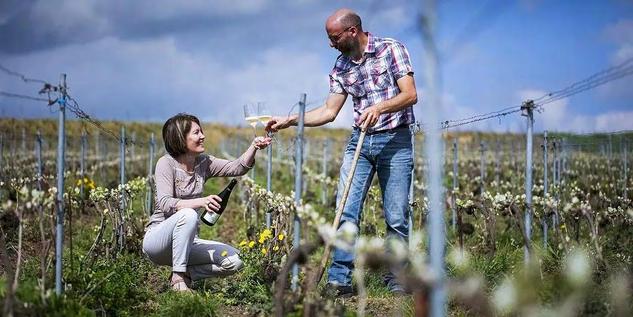
In 1986, Eric Dhondt and Edith Grellet decided to stop selling off grapes to negociants and started Dhondt-Grellet. Their focus on farming translated into honest Champagnes from great holdings across the Côte des Blancs.Their son, Adrien, now in his early 30s, has taken over the winemaking and is quickly bringing his family's wines to another level. He has slowly increased the range of Champagnes produced by isolating their holdings across the villages of Cramant and Cuis and bottling pure expressions of Chardonnay.
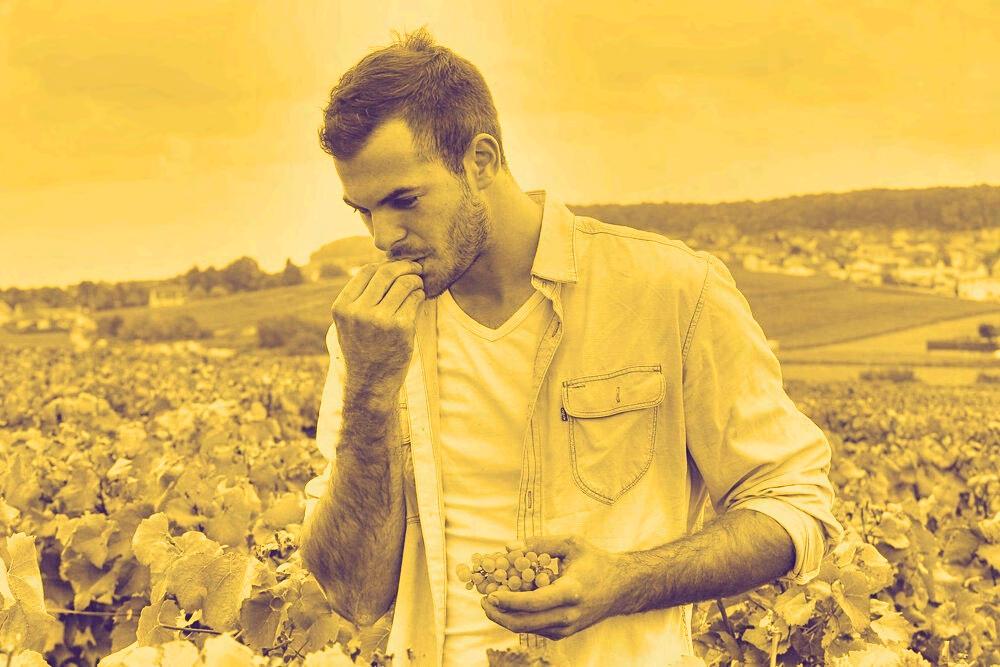
One parcel, one variety, one vintage, this is the essence of Bouchard’s philosophy. Early on he produced wines under a label called Inflorescence, this no longer exists. The vines that bore the first for these wines, came from Cédric’s father, who had a very different approach. He now owns these vineyards and farms them in the same way as all the other Roses de Jeanne wines. The estate is named with homage to his Polish grandmother, Janika. Roses de Jeanne parcels are trained in Cordon du Royat for pinot noir and Chablis for chardonnay, and are always harvested exceptionally low, at 4,000 kg/ha (26 hl/ha). This helps deliver the extreme concentration, minerality and precision found in Cédric’s wines. V21
Vilaine
de
Zero dosage | Pinot Noir | Polisy
Zero dosage | Pinot Noir | Celles-sur-Ource
Zero dosage | Pinot Noir | Celles-sur-Ource
Zero dosage | Pinot Noir | Celles-sur-Ource | Celles-sur-Ource
Zero dosage | Pinot Blanc | Celles-sur-Ource
Zero dosage | Pinot Noir | Celles-sur-Ource
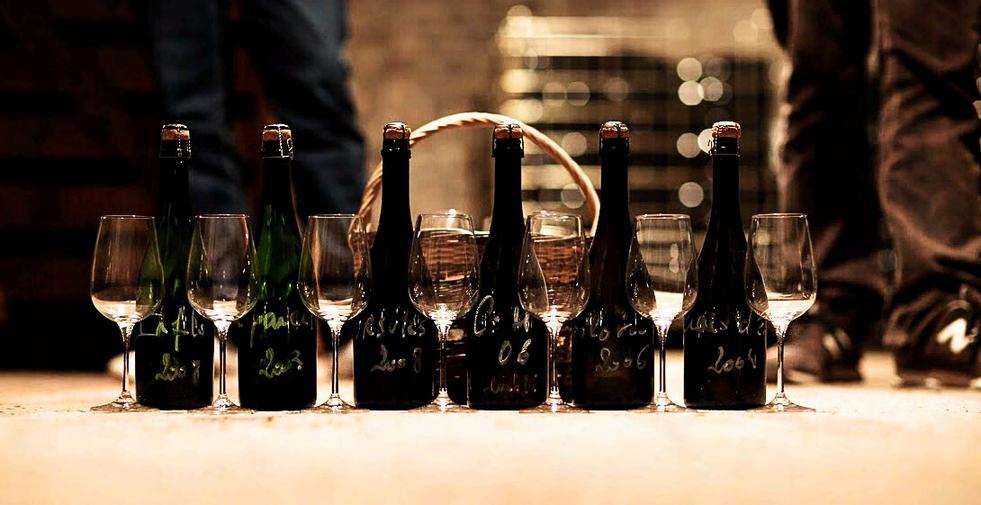
RENOIR VERZY, MONTAGNE DE REIMS CHAMPAGNE, FRANCE
Four generations of the Renoir family have been involved in wine production in Champagne. Adrien Renoir only just recently took control of the domaine after having the reins passed down to him in 2014 by his father, Vincent Renoir. The two, like many father & son winemakers, have and continue to have quite different views, yet worked together for Adrien’s first two vintages before Adrien took full controll in 2016. Although Vincent didn’t agree with Adrien’s push for cleaner farming, noting that it wasn’t achievable so far north in Champagne, he allowed him to make the conversion as long as it was done slowly and cautiously. The Renoir’s own around 7 hectares of vines, 6 in Verzy and 1 in Tours-sur-Marne & Berru. However for their domaine bottlings the fruit comes exclusively from their 5 best hectares in Verzy, the rest is sold off to other houses. Adrien works with 3 prized lieu dits of old massale selection vines, which is not as rare as you would think in Verzy. Roughly 50-60% of the village is planted to massale selections that were planted prior to 1965.
Le Terroir
Le Terroir ~ 1500ml
Le Cepage
100% Pinot Noir | 1.6 g/l dosage 50% Chardonnay | 50% Pinot Noir | 1.6 g/l dosage
Le Cepage ~ 1500ml
Les 2 Terroir Rosé
Les Annees Solera
Les Montants 2018
Les Epinettes 2018
Les Goisses 2018
100% Pinot Noir | Verzy & Bouzy
100% Pinot Noir | 2013-2020 Solera
100% Chardonnay | 1 g/l dosage
100% Pinot Noir | 1 g/l dosage
100% Pinot Meunier | Zero dosage
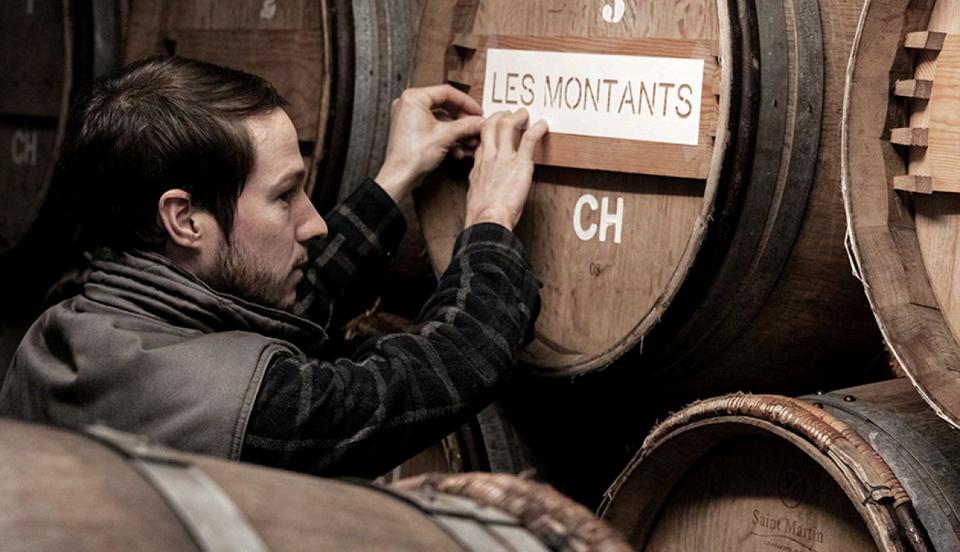
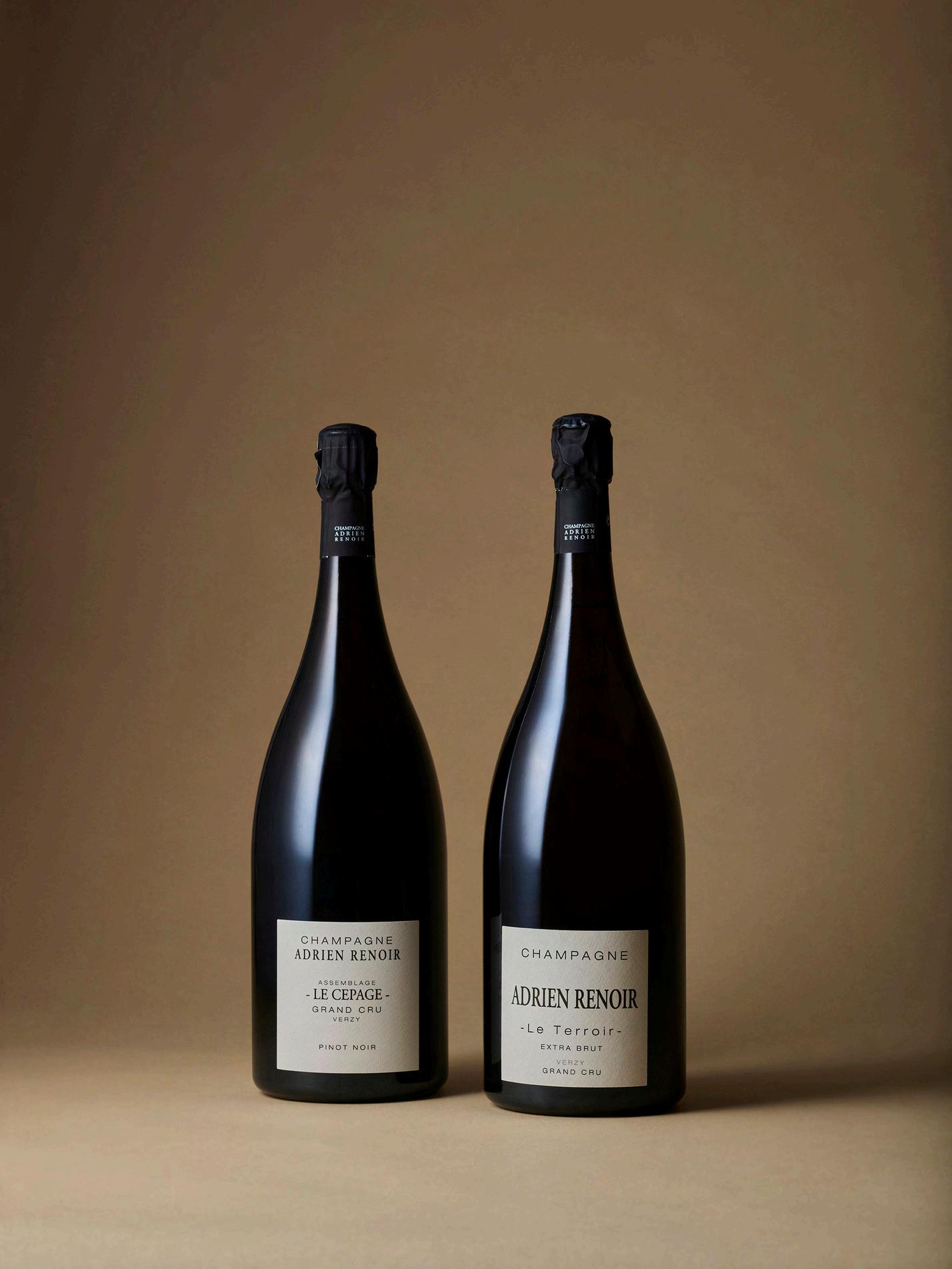
Located in Mesnil-sur-Oger, Champagne Pertois-Moriset has been, from its beginnings an independent family-run estate.
The history of the family business began with the marriage between Yves Pertois and Janine Moriset, son and daughter of two former wine-growing families of the Côte des Blancs. In 1951, the couple decided to create the winery, Pertois-Moriset, which continued its development when their son Dominique and his wife Florence joined them.
Today, it is their granddaughter Cécile and her husband Vincent who currently manage the property. The vineyard has a surface area of 18.60 hectares and is distributed in two areas:The Côte des Blancs, of approximately 12 hectares of Grand Cru Chardonnay in the legendary villages of Mesnil-sur-Oger, Oger, Cramant and Chouilly. In addition to this they have land in the Coteaux Sézannais, of approximately 6.50 hectares, with around 60 % Pinot Noir and 40 % Chardonnay.
50% Pinot Noir et 50% Chardonnay | 1g/L dosage
Les Quatre Terroirs PM.05 Édition
100%ChardonnayGrandCru|LeMesnil-sur-Oger,Oger,Cramant, Chouilly|3g/Ldosage
100%ChardonnayGrandCru|LeMesnil-sur-Oger,Oger,Chouilly| 2g/Ldosage
Rosé Blanc Collection
Oger Grand Cru
Barbonne-Fayel
92%ChardonnayGrandCru&8%BouzyRougeGrandCru (PinotNoir)|3g/Ldosage
100% Chardonnay Grand Cru | 2g/L dosage
100% Pinot Noir | 2g/L dosage

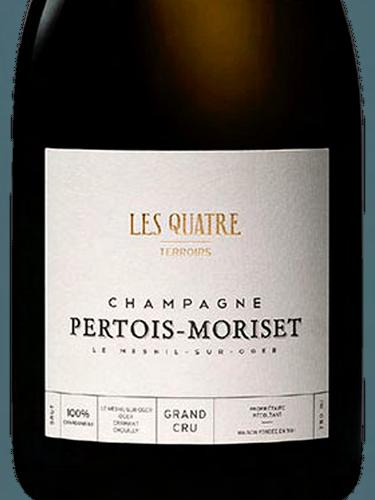


There are so many emerging small wineries in Champagne that the region is sometimes as overwhelming as it is exciting, and I try to visit as many new addresses I can every year. It's rare, however, that a new release gets me as excited as the wines I tasted at La Rogerie in Flavigny. This label is the work of a young couple, François Petit (from Champagne) and Justine Boxler (from Alsace), who started out with 0.70 hectares in 2015, gradually taking over François's family domaine (they also produce wine in Alsace with vines from Justine's side). The estate's patrimony is enviable: Chardonnay vines planted in the 1950s, mostly in Avize, using the massale selections of the epoch and never replanted. Their first years were dedicated to restoring the vineyards to health: no more herbicides, decompacting the soils, encouraging biodiversity, changing trellising—the sort of good stewardship, in short, that is hopefully familiar by now to readers of these pages. Fruit is picked ripe and vinification is in wood. These first releases show real style and character, and I'm convinced La Rogerie is set for overnight stardom. Lieu-dit Champ Bouton will be making an appearance soon, in the 2019 vintage. Lovers of intensely flavored, artisanal Champagne from passionate growers should make every effort to secure a few bottles.
William Kelley | Wine Advocate
Francois Petit was born and raised in Avize and spent time with He has now taken the reins from his father and is giving us another name to focus on in the village Avize. Francois' wife is Justine Boxler whose family runs Albert Boxler in Alsace. What makes this project super unique is Justine didn’t leave Alsace for Champagne and Francois didn’t leave Avize for Alsace...they decided that they would rather conquer both.
Justine and Francois took over for Francois’ father starting in 2015. Right away, they started to farm differently. The focus was to ensure they had a healthy and sustainable vineyard. The same year they installed cellars in Alsace to make sure they were staying true to their word and focus on both regions.
Grand Cru | Blanc de Blancs | Extra Brut
NEWRELEASE
100% Chardonnay. Massale selection. Grand Cru from vineyards located on the south side of Avize. Aged in 228 & 400L French oak (new through 3-4 years age) along with resere wine aged in 15hl founder. Base 2021. Disgorged January 2024; 2g/L dosage
170.00
Grand Cru | Blanc de Blancs | Extra Brut LOW

100% Chardonnay. This single vineyard wine is in the village of Avize bording Cremant. one of three parcels is nearby Selosse's Chantereines & Agrapart's Robarts parcels. Narrow spacing (1.1m), massale selection, 0.35 hectares in total. Aged in 228 & 400LFrench oak (new through 3-4 years age.) Disgorged January 2024; 0g/L dosage.
270.00
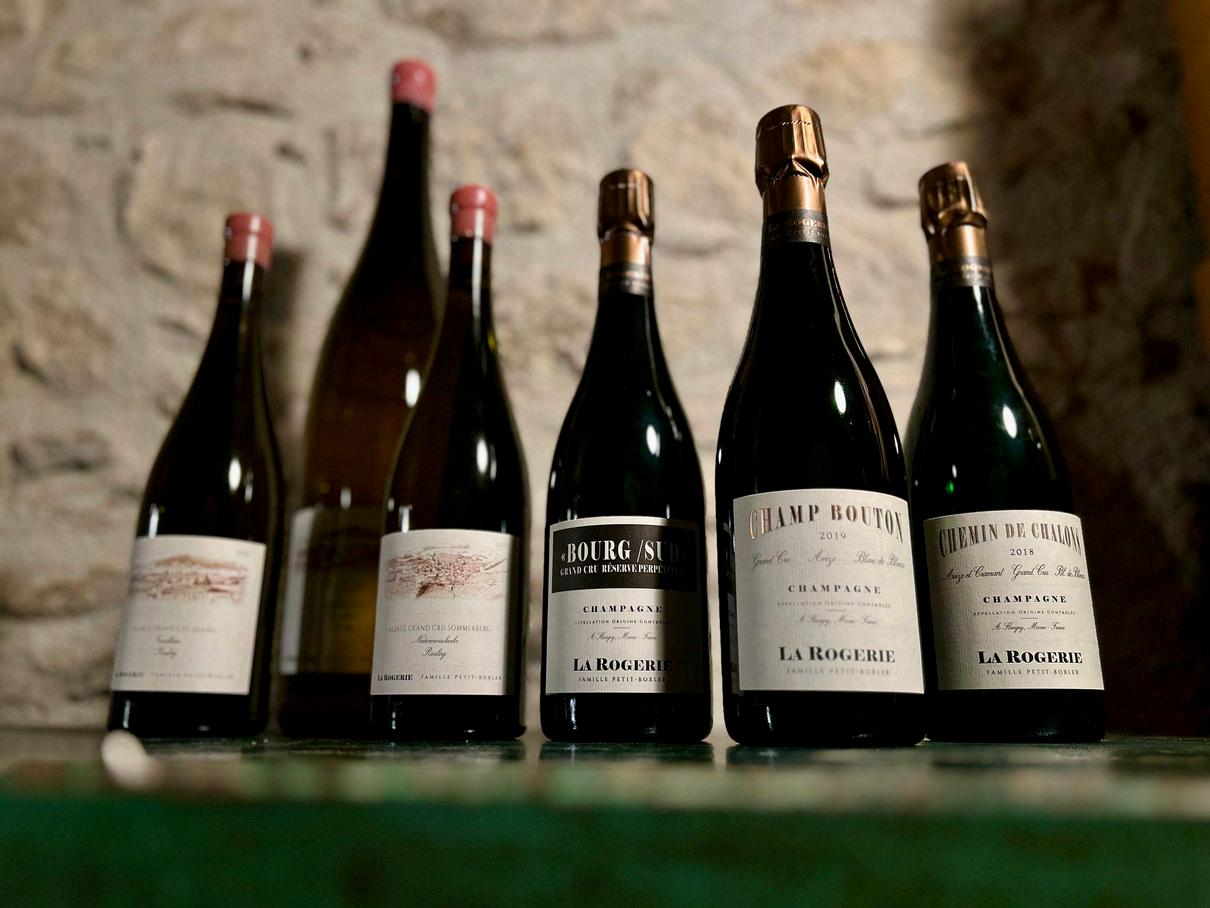
Francois Petit was born and raised in Avize and spent time with He has now taken the reins from his father and is giving us another name to focus on in the village Avize. Francois' wife is Justine Boxler whose family runs Albert Boxler in Alsace. What makes this project super unique is Justine didn’t leave Alsace for Champagne and Francois didn’t leave Avize for Alsace...they decided that they would rather conquer both.
Justine and Francois took over for Francois’ father starting in 2015. Right away, they started to farm differently. The focus was to ensure they had a healthy and sustainable vineyard. The same year they installed cellars in Alsace to make sure they were staying true to their word and focus on both regions.

The grapes are Pinot Blanc & Auxerrois from the villages Katzenthal, Niedermorschwihr, Ingersheim.TheSoilisGraniteandtheVineAge:25-40years
50%PinotAuxerrois,45%PinotBlanc&5%PinotNoirco-fermented.PlotsofPinotvarietalsfrom Niedermohrschwihr. Thick Granite-based soils. Reserve is aged in 400L barrels with vintages datingbackto2018.
The Grapes are Riesling from the villages of Niedermorschwihr, Katzenthal, Turckheim. The soil is Granite and the vine age 25-40 years
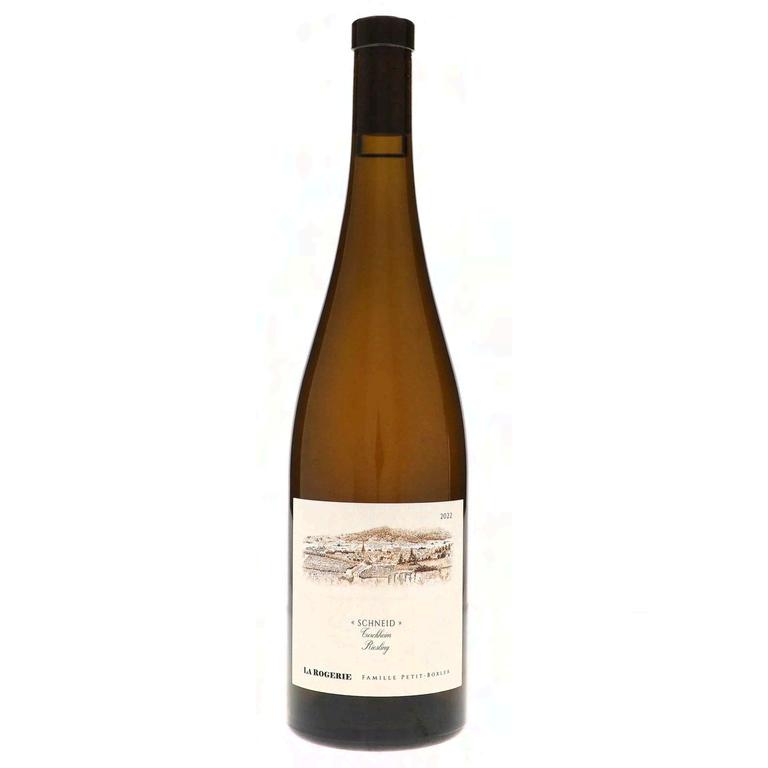

100% Riesling. The vineyard is in Turkheim- Schneid - North-facing, located at the top of the Brand hill, just outside the Grand Cru border. 45+ years. Granite, deeper soil. 11 months in used 228 & 400L barrel.
80.00 89.00 90.00 99.00
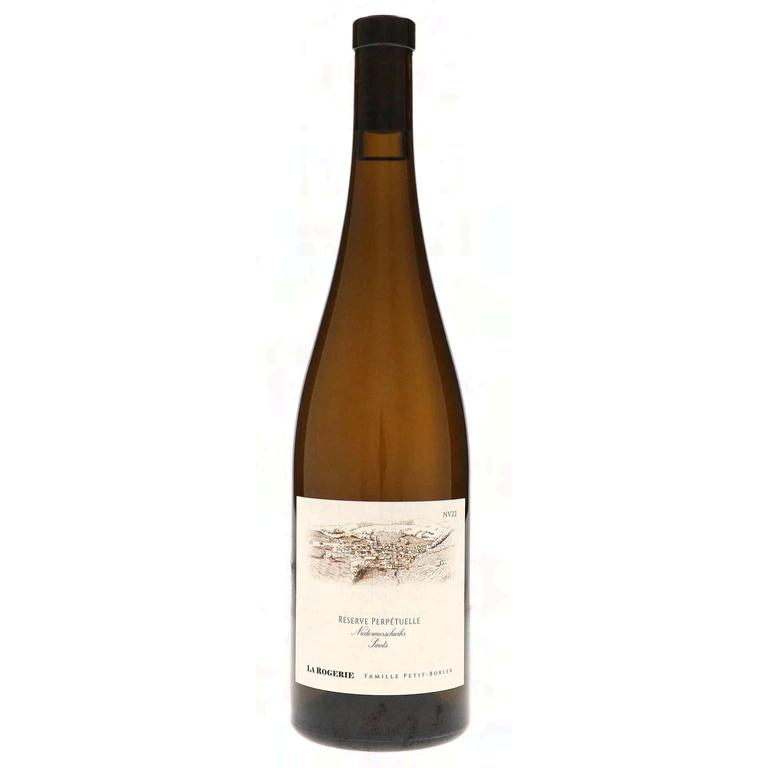

Jintaro started his wine career in restaurants. After his stint in restaurants, he enrolled in Oenology school; spending time training in various parts of the world such as Waipara New Zealand, Burgundy, and Yamanashi in Japan. Finally, he was drawn to Alsace in 2012 where he worked with Domaine Josmeyer and Domaine Hurst. After spending time at these estates, he knew that is where he wanted to be. His career, like many of the other small young growers, started off with buying grapes
Yura's vision is to make a wine of purity and finesse. Wine that is also beautifully balanced, umami, and food friendly. There are various parcels in which the grapes are sourced from and all are vinified separately. The cooler sites are fermented in stainless steel to keep the freshness and purity. All of the grapes are sourced from organic vineyards. There is just a small part of sulfur added during winemaking. The warmer sites are fermented in used barrels to highlight the texture and savory elements of the grapes. The grape bunches are pressed whole then sit overnight at a low temperature. The juice is moved to steel and 500l barrique for natural fermentation. The wine spends 10 months sur lie before being blended, then aged an additional two months after blending. 2020 is his first vintage, starting with a singular, beautiful example of Pinot varietals
Village: Gueberschwihr
Soil: Clay & Limestone
Aging: 33% Stainless, 33% new Demi-muid, 33% one year old demi-muid from DAMY for 8 month
Village: Gueberschwihr
Soil: Limestone
Aging: 50% Stainless 25% New Demi-muid 25% Ceramic
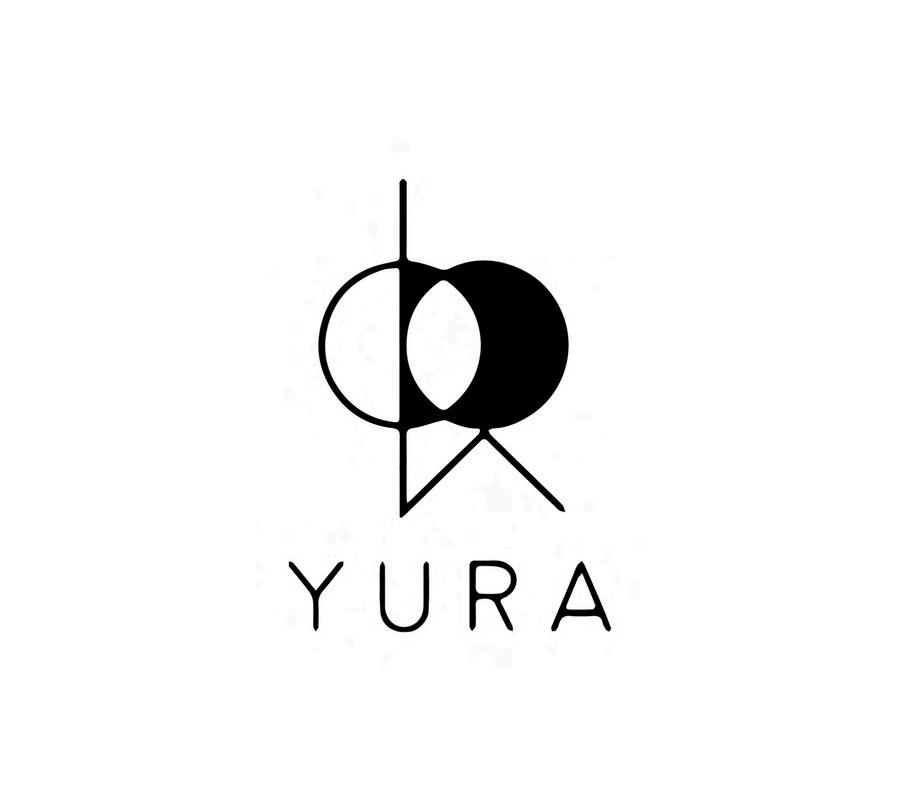
Village: Rouffach & Gueberschwihr
Soil: Clay and Limestone
Aging: 70% whole bunch , 3 day cold maceration, new Demi-muid for 11 months

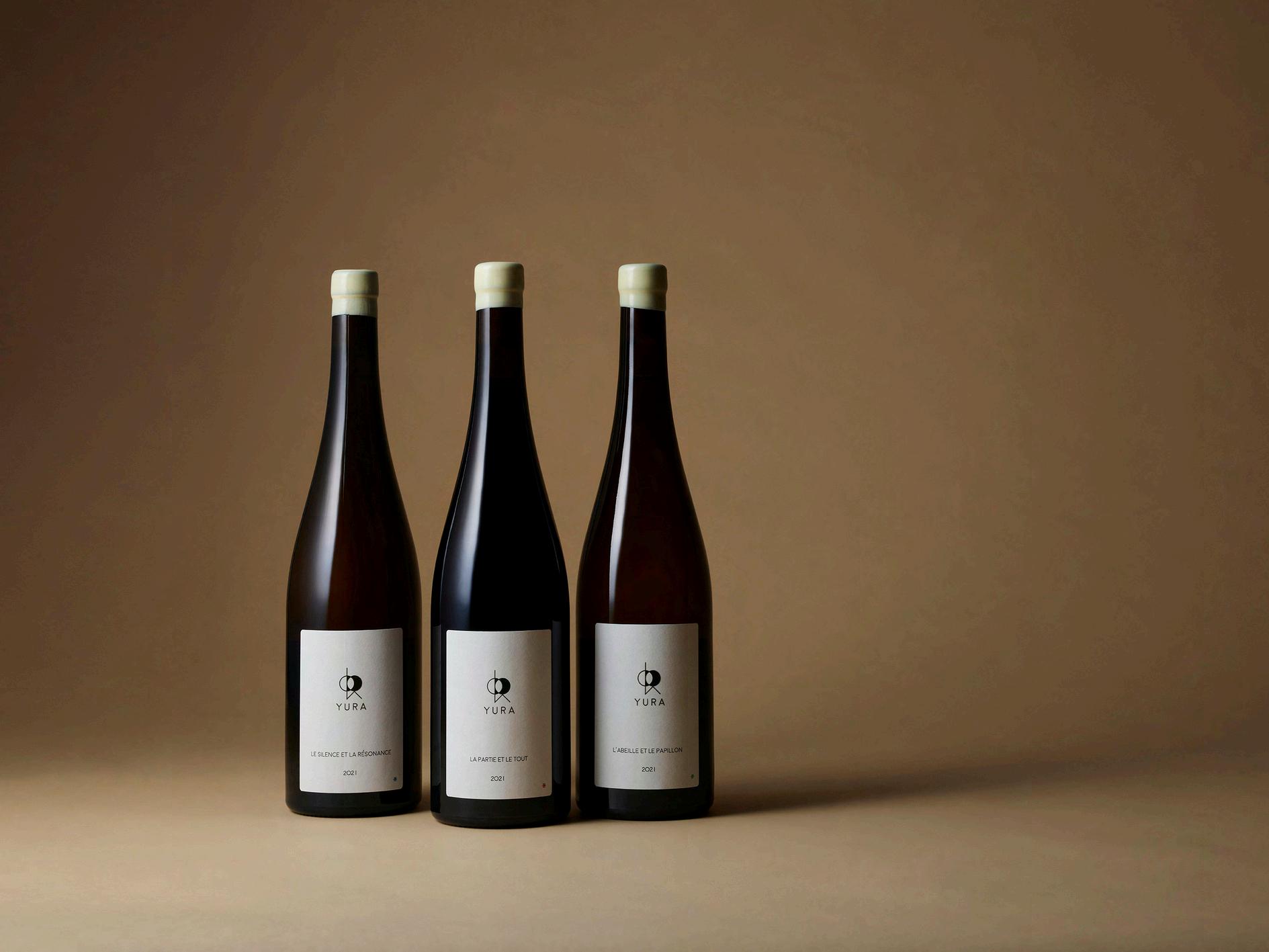
Patrick Baudouin The domaine is certified organic. In the cellar Patrick “gives birth to wines, (he does) not fabricate them.” He uses indigenous yeast fermentation, eschewing chaptalization, and adding only very small doses of sulfur. Patrick has received considerable recognition in France as one of the new stars for Côteaux du Layon and Quarts de Chaume. His is the only Loire Valley wine to be included in legendary French collector Michel Chasseuil’s ‘100 Vintage Treasures.’ Domaine Patrick Baudouin comprises 13 hectares of vineyards on the great terroirs of the Anjou Noir, the Black Anjou named after the dark-colored ancient rocks of the Massif Armoricain. They cover the eastern arm of France and are the remnants of the once mighty Hercynian mountain range. These eroded ancient rocks are a cocktail of granites, shale, schist, tuffs (volcanic ash, not tuffeau), hard coal, sandstone, and quartzite.
Chenin Blanc Effusion ~ Anjou Blanc
Chenin Blanc Cornillard ~ Anjou Blanc
Chenin Blanc Clos des Bruandieres ~ Anjou Blanc
Chenin Blanc Bellevue ~ Savennières
Chenin Blanc Les Bruandières ~ Coteaux du Layon
Chenin Blanc "1896" ~ Coteaux du Layon
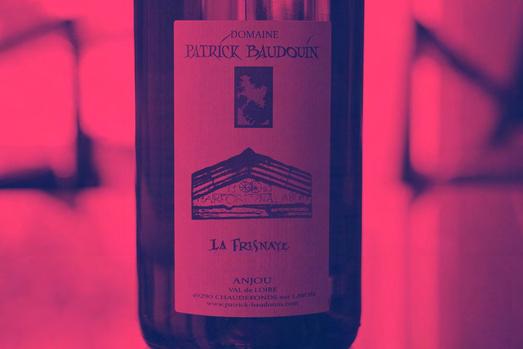
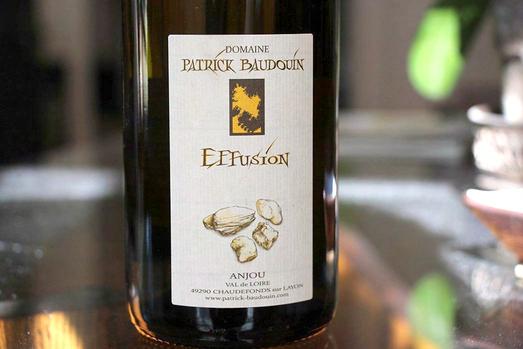


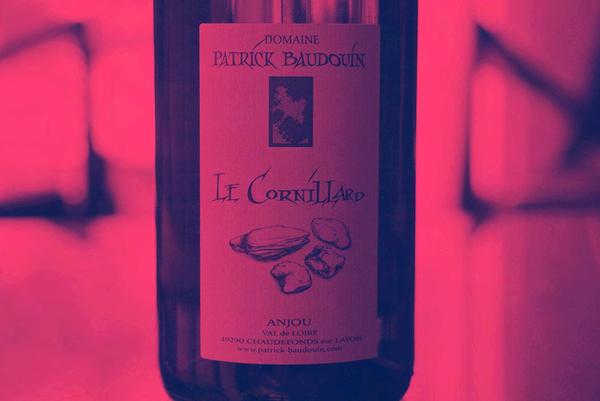
After studying wine in the Agronomic school of Angers, Pierre travelled the world to learn about the different processes and made wine in Canada, New Zealand and Hungary. Only in his late twenties, Pierre started to produce wine in the Layon in 2013, using a 100-year-old Chenin Blanc vineyard laying on schist called “Le Quart des Noëls”. The plot used to belong to his parents who withdrew some of the vines from the cooperative contract. Since his first vintage Pierre’s wines have been met with critical acclaim. There is no botrytis in his dry wines and although wines of this region have typically had botrytis, today, a number of up-and-coming young vignerons have recognised the negative impact botrytis can have on a dry wine, and they see the precision and energy that can be found in vinifying Chenin Blanc grown on the slate and schist of western Anjou totally and truthfully dry, with not a whisper of botrytis in the blend. These wines are super limited.
~ Vin de France
Chenin Blanc Clos des Mailles ~ Anjou Blanc
Chenin Blanc La Varenne de Chanzé ~ Anjou Blanc
Chenin Blanc La Varenne de Chanzé ~ Anjou Blanc
Chenin Blanc Quarts de Gastines ~ Anjou Blanc
Chenin Blanc Pluton ~ Anjou Blanc
Cabernet Franc Orion Alpha ~ Anjou Rouge
Cosmos





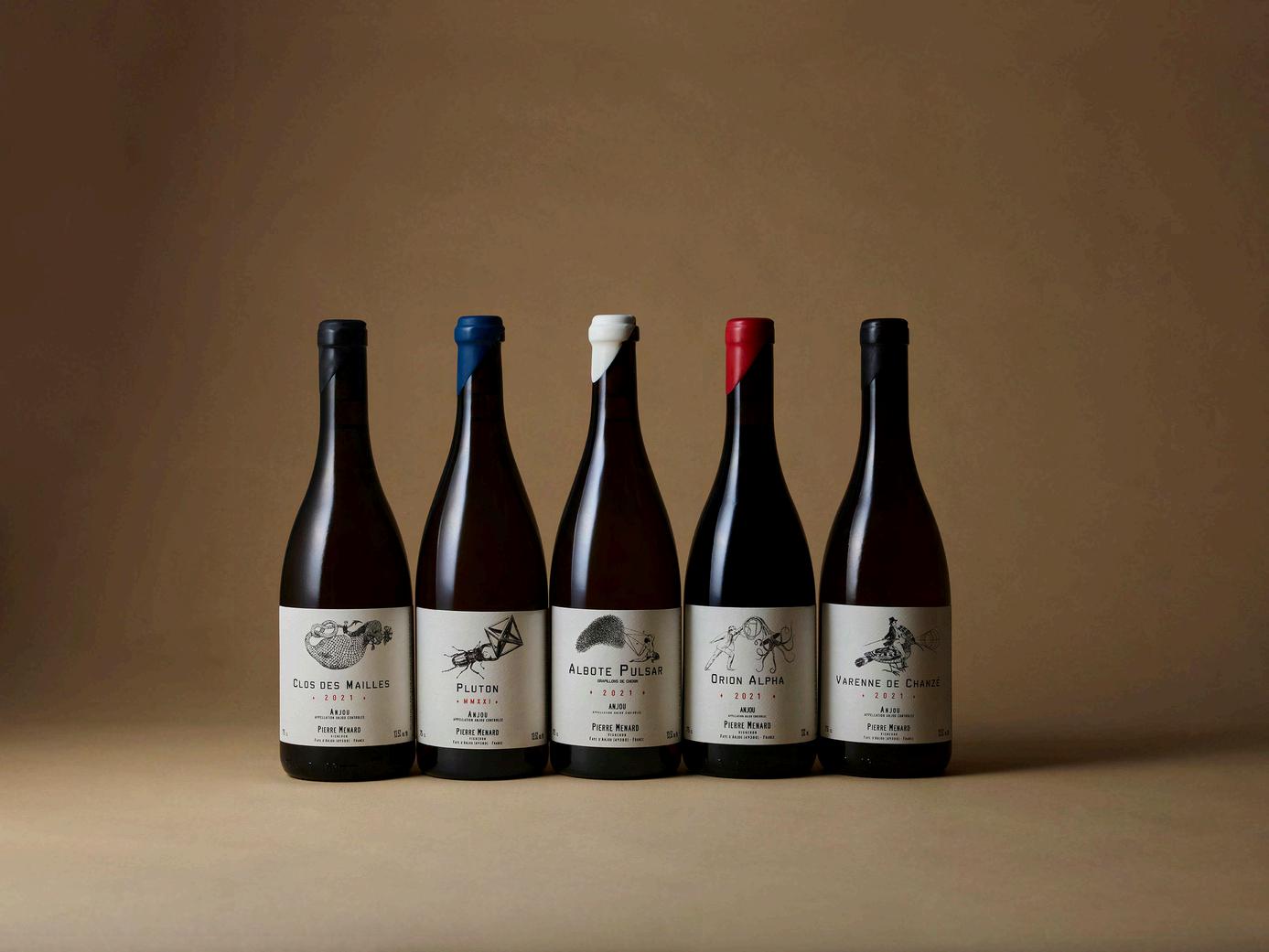
Damien is the fifth generation to work this land. After studying oenology and viticulture in Bordeaux and working at wineries in California and South Africa, Coralie and Damien returned to the Loire in 2002. Damien took over from his father, growing grapes in Montlouis-sur-Loire and Amboise. After two decades he now crafts nearly a dozen award-winning wines that evoke the terroir in its purest sense.
Damien has a rare, scientific approach to natural winemaking. From the hands-off approach in the vineyard to the low technology design of the winery, his efforts to ensure quality while using as few additives as possible rival some of the world's most technically advanced wineries. Furthermore, Damien Delecheneau is the president of the Montlouis appellation, which is one of the most respected organic and biodynamic voices in the region.
2021 Nouveau Nez
Montlouis-sur-Loire | Chenin Blanc

This sparkling wine is made from 100% Chenin Blanc in the Montlouis-sur-Loire appellation and shows the purest expression of its origins. Montlouis-sur-Loire in Touraine has now raised the status of pétnat and included it in its appellation regulations and La Grange Tiphaine is a star producer in Montlouis Sur-Loire and having played a pivotal role to help the resurgence of the Pét Nat style. Serious wine.
Clef de Sol
Montlouis Sur Loire - Chenin Blanc
Grown in sandy-clay soil with flints, limestone underneath. South exposition. Between 50 and 100 years old. Grapes are hand harvested in several successive pickings to let the grapes having a sufficient level of maturity and quality. Grapes are directly pressed and then transferred into old oak barrels. The fermentation begins spontaneously slow down in winter and finishes in Summer. In total, the wine remains 10 months on the lees in barrels. The blend is made in tanks after ageing.
Clef de Sol 2021
Touraine-Amboise - Cabernet Franc | Malbec
Red clay with flint soil and limestone underneath at 5 meters. Grapes come from 2 different plots. 50 years old. Grapes are hand harvested and destemmed before being transferred into concrete tanks. The maceration lasts 3 weeks. Wine is aged for 9 months in barrels.
Bécarre
Red clay with flint soil and limestone underneath at 5 meters. Single vineyard. Grapes are hand harvested and destemmed before being transferred into concrete tanks. The maceration lasts 3 weeks. Wine is aged for 9 months in barrels.
51.93
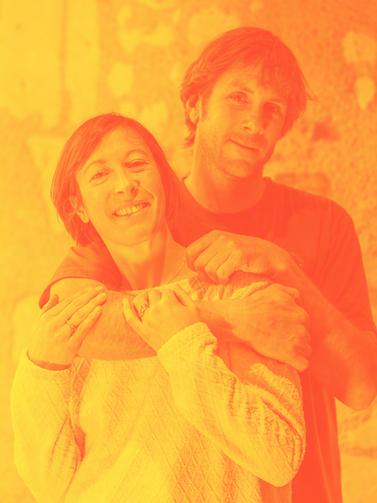

Jérôme Billard and his partner Élodie Peyrussie is the third generation to run Domaine de la Noblaie. Jerome did not take the inheritance of this estate for granted: he only started after his studies in Dijon and after gaining work experience with the Moueix family, first in Pomerol at Petrus and subsequently at their Californian winery Dominus. He returned in 2003 and started the evolution of the magnificent property.
The domain’s transition under Jérôme’s direction has been remarkable. First of all, there has been a dramatic expansion in the vineyard, which has since doubled in size again, up to 24 hectares, an increase achieved through a combination of buying, renting and replanting vineyards. In 2006 he commissioned René Morlat, of the L’Institut National de la Recherche Agronomique, to carry out an extensive study of the domain’s soils in order that they be better understood. According to Jérôme his work identified 18 different soil types. He also started a conversion of the domain to organics from the outset, gradually shifting one parcel at a time away from chemically dependent viticulture. This process took time, and so it was only in 2011 that he was ready to apply for organic certification. As this process takes three years the domain has been fully certified only from the 2014 vintage. Jérôme’s work was further facilitated by the construction of new winemaking facilities, completed in 2012.
Jérôme Billard looks for a style of Chinon that is correct, ripe, and not vegetal, but not too tannic. This is exactly how the wines present.
20 year old vines. Tuffeau limestone hillsides. Direct pressing of whole bunches after hand picking. Total alcoholic fermentation in order to achieve a dry white Chinon. 6-8 months on protective fine lees in stainless steel vats. A super pure and clear style of Chenin Blanc from Chinon. Green orchard fruits with flint and mineral componants. Very fine chalky structure on the palate. Fine racy acidity.
Chinon Rouge - Cabernet Franc
From 30-year-old vines scattered across various terroir - Senonian clay known as “Cornuelles” and Turonian limestone, “Tuffeau”. Hand-harvested. Moved through the cellar by gravity. As the vines on these plots have not yet reached the age of wisdom, the aim here is to preserve the fruit character of the grapes.
Chinon Rouge - Cabernet Franc
65-year-old vines. East-south-east facing hillside, on “Tuffeau” limestone from the Upper Turonian. Hand harvested. Moved through the winery by gravity. Slow and gentle maceration, without harsh extraction, in order to reveal the aromatic complexity of this great terroir. 12 months on lees in 500 litre barrels to open up the wine while avoiding obvious oak aromas, then time in stainless steel vat before bottling.
Les Chiens Chiens
Chinon Rouge - Cabernet Franc
Vines with an average age of 30 years. Selected from individual plots on clay/flint soil. Hand-harvested. Moved through the cellar by gravity. The small grapes from these plots develop a full-bodied, spicy character during some 20 days of maceration. 12 months on lees in 500 litre oak barrels to open up the wine while avoiding obvious oak aromas.
Pierre de Tuf
Chinon Rouge - Cabernet Franc
80-year-old vines. Two historic plots at la Noblaie: one on the Senonian flinty clay known as “Corneuelles”, the other on clay-limestone. This cuvée is the fruit of a long maceration in a vat carved in the tuffeau in the 15th century. Punching down, by hand using a long wooden paddle, more effectively releases the aromas and highlights the complexity of the wine. Transferred directly after alcoholic fermentation. 20 months of ageing on lees in 500 litre barrels and amphoras brings complexity and opens up the wine. Several months in vat complete its refinement before bottling.
35.00 31.00
35.00
38.00 46.00
Domaine de la Chevalerie is a leading name in the Bourgueil appellation. The property lies in the commune of Restigné, directly beside Bourgueil, and has been owned by the Caslot family for 14 generations. It is currently run by Stéphanie and Emmanuel who took over the reins from their father Pierre. The 38 hectares of vineyard are certified organic and biodynamic. Winemaking is as low intervention and natural as possible, using indigenous yeasts during the gentle fermentation process, and keeping sulphites to a minimum. The wines are clean, deep, and very drinkable and cover the full spectrum from fruity, easy-drinking wines through to more complex and structured fine wines with good ageing potential.
35 year old vines at the top of the sunny slope overlooking Restigne, on aeolian sand to give pretty violet-scented wines for earlier drinking.
A 25-acre vineyard heading down the terrace toward the river that is planted on stony, sandy clay soils (the limestone bedrock is at least three feet below the surface and typically more). The oldest vines in Galichets date from 1934. A part of that plantation was replanted in the 1970s and 80s, with yet another small section replanted in the 1990s. The siblings are beginning to replant some of the oldest vines now, bringing the average age of this vineyard to 35-40 years of age. Galichets tends to make the domain's spiciest and fruitiest wine, underpinned by a dark sappiness.
Cabernet Franc Galichets
Cabernet Franc Galichets NEWRELEASE

A 20-acre parcel between Galichets and the winery, planted on about two feet of clay overlying limestone. This was initially planted in 1922 and this site, like Busardières, supports older vines better than the above two parcels. Average vine age here is 50 to 55 years old, and the wine typically has the intense, full fruit of Galichets but with more tannic structure. These days, the grapes from the sandiest section of this vineyard, nearest Galichets, goes into the Galichets cuvée.
On the southwestern exposed upper part of the mid-slope, the vines are planted on a meter-deep heavier clay with high mica content above the Turonian yellow tuffeau. The wines are between 25 to 55 years old. More powerful than Busardières with broader tannins, the wine maintains a great freshness. The structure is more angular and in its
from decanting.
Bretêche Cabernet Franc
Bretêche Cabernet Franc

2 ha plot located fairly high on the slope, just below the Peu Muleau with more clay, less sand (aeolian and not alluvial) and closer to the Turonian yellow tuffeau. The terroir is quite similar to Bretêche which is located more east towards Ingrande-de-Touraine. Maybe the most austere cuvée as it has less flesh than Bretêche and Grand-Mont, it will please Cabernet Franc fans who love the wild raspberry, beet juice and hibiscus side of the grape. With age, it softens beautifully, and gains a more meaty complexity.
In La Cueille, one of seven high-altitude hamlets surrounding the historic medieval town of Ponsin, Patrick and Catherine Bottex are farming the limestone slopes above the Ain River. They have been working five hectares of land since 1991 and produce only a small quantity of their beautiful, intriguing sparkling wine. As a former part of the Duchy of Burgundy, it stands to reason that several Burgundian grape varietals have found a home here—not the least of which is Gamay. The Bottex’s blend consists of ninety percent Gamay and ten percent of the native Poulsard. They bottle this low-alcohol wine using the méthode ancestrale, a rare technique that experts believe predates the méthode champenoise. The resulting wine is delightfully refreshing with bright fruit, a beautiful rosé hue, and a touch of sweetness. 2023
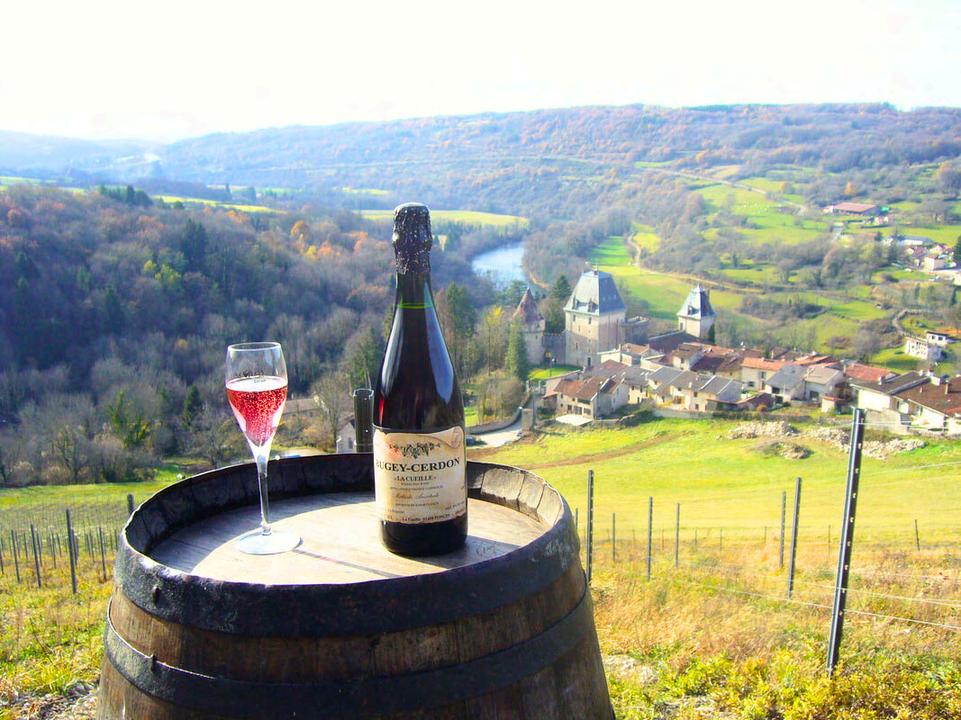
Without question some of the most exciting wines I tasted over the past 12 months. It was only by luck that I heard of Giachino on my last visit to France. I charged into the mountaints to meet and taste their wines. An unbelievable place with wines to match!
Frédéric Giachino has been producing wine in his domain for more than 20 years, and utilising organic techniques for half of that time. Located in the Chartreuse Hills, the vines of Giachino grow along the limestone slopes of Mount Granier. The soil here is a result of an ancient tragedy. In 1248, a huge landslide sent 500 million square metres of rock crashing down onto the surrounding villages, completely destroying five of them. The soil today, rich in limestone and clay, is made up of that rock. It is argued that only vines are capable of being cultivated in such conditions. It sounds quite remarkable that such conditions can lead to such excellent wines. Savoie has an average altitude of 1,500 metres, with 36 peaks reaching more than 3,500 metres. The climate can be unforgiving, and the landscape offers only limited space for viticulture. However, ancient glaciers managed to create large valleys with rocky outcrops as they retreated. So, against the odds, the land is actually perfect for growing vines.
Jacquère | Mondeuse Blanc | Verdesse
Primitif
Apremont
Giac' Potes
Frères Giac
Black Giac 34.00
Gamay | Mondeuse
Gamay | Persan
Mondeuse
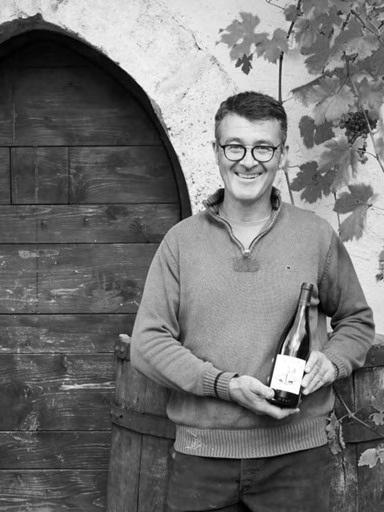
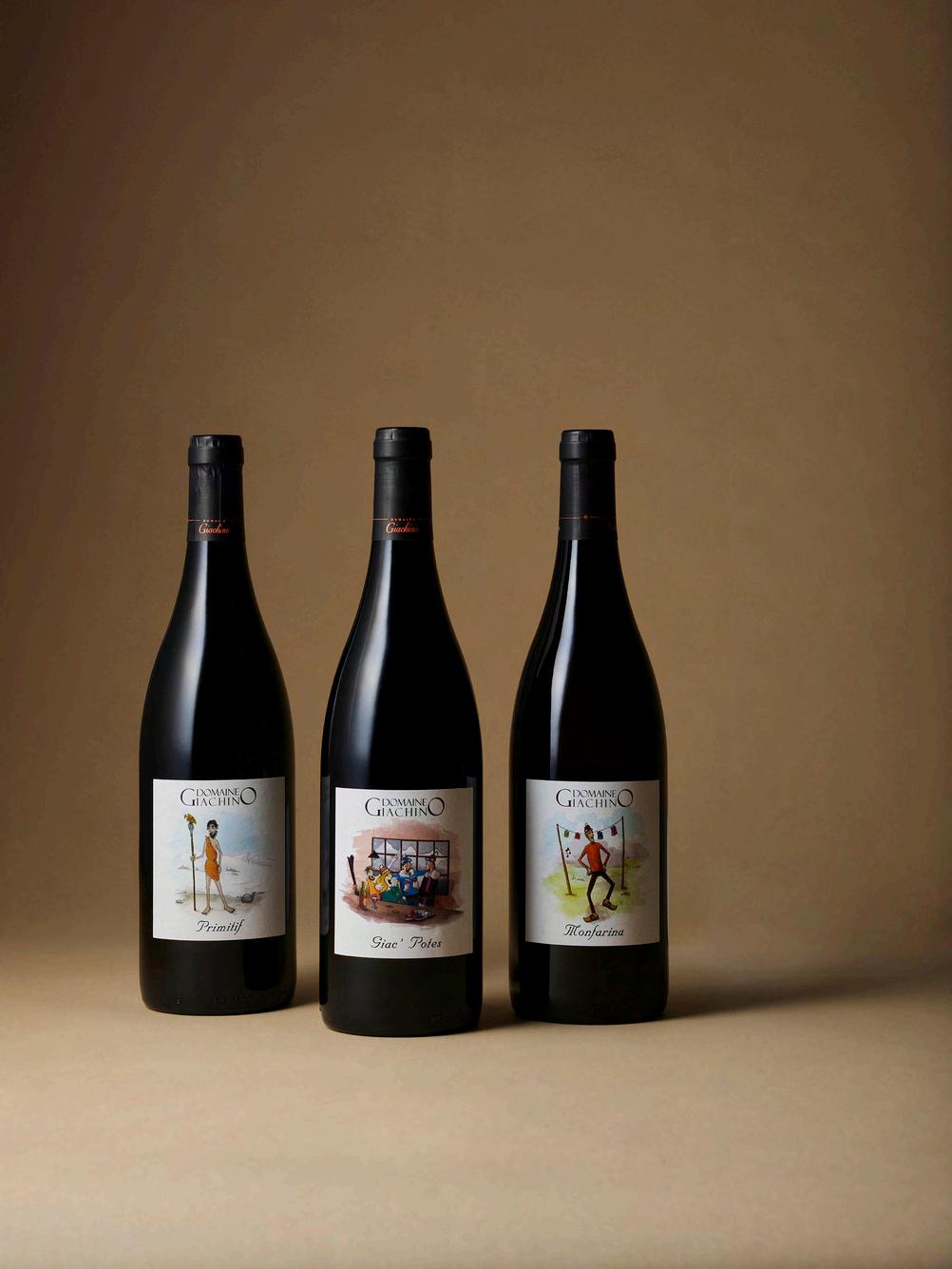
Although this estate has recently changed hands from the legendary Michel Grisard to Clement Giachino, the quality has not wavered. Michel Grisard began work on what would become Domaine Prieuré Saint Christophe in 1978. Back then, it was an estate in ruins, and no small task to turn it around. He left his father’s vineyard in 1982 to concentrate on his new property and declared that he wanted to “turn Mondeuse into a great wine”. This variety was not popular at the time, but has since become the leading red in Savoie, largely thanks to Michel. It is perhaps little wonder that he is sometimes referred to as the “Pope of Mondeuse”.
He owned six hectares of vines. Along with the Mondeuse, Grisard also grows Altesse on the Savoie slopes, producing a wine that is fermented, stirred and aged in casks. The wines have excellent potential for bottle ageing. It was only a decade after Michel began growing vines that he discovered biodynamic production methods. The estate is still run in the manner. His estate spreads over the towns of Frétérive and Arbin, giving him different options when it comes to terroir. The soil in Frétérive is calcareous, while in Arbin it is of clay-limestone. Four hectares are utilised for the cultivation of Mondeuse and 1.4 hectares of Altesse. The “Pope” became one of the best-known producers in Savoie, and his excellent wines are on the tables of some of the world’s finest restaurants. Michel’s last vintage was in 2014, and since then the vines have been managed by Clément Giachino, the son of Frédéric Giachino of Domaine Giachino.
2022 2022 Blanc Rouge
Altesse Mondeuse
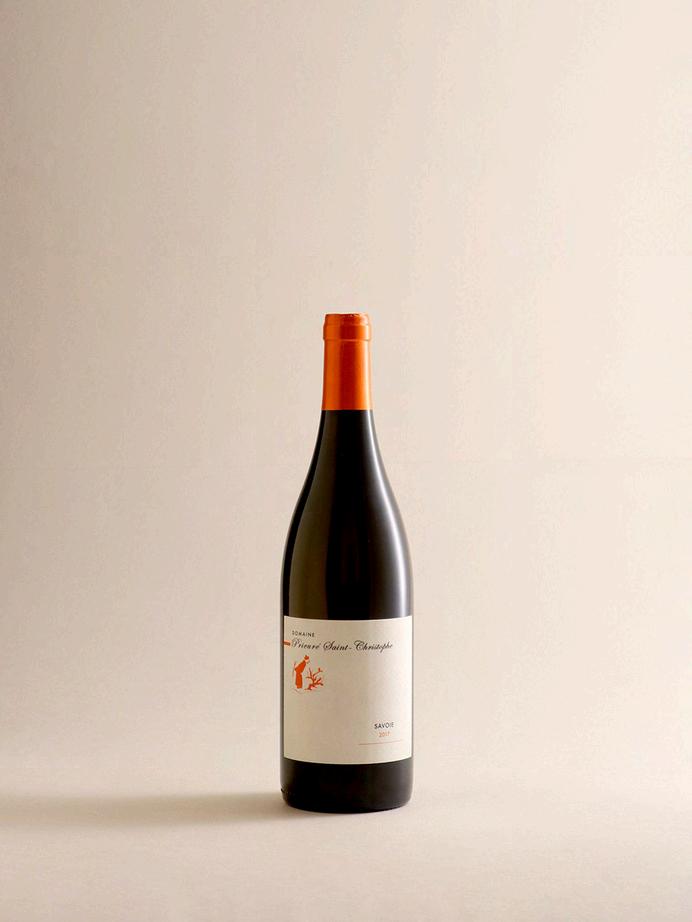
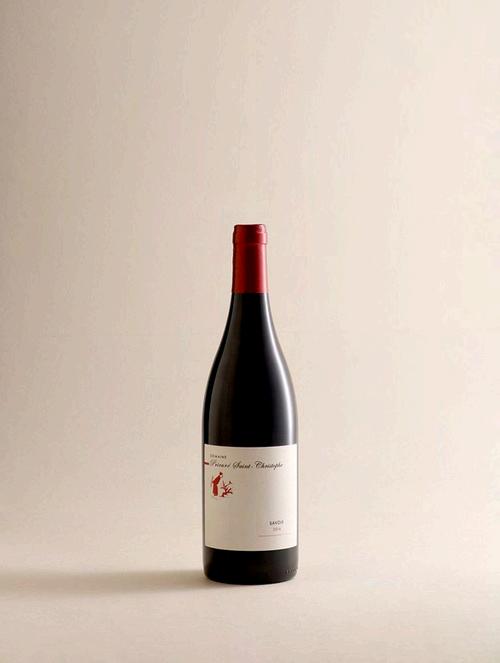
Cave Julien Cécillon was founded in 2011 and is the beloved project of winemakers Julien Cécillon and Nancy Kerschen. With vineyards in the appellations of Saint Joseph and Crozes-Hermitage in France’s Northern Rhone Valley, the estate is dedicated to producing elegant, terroir-driven wines.
American Nancy Kerschen, and Julien Cécillon, a native of Tournon- sur-Rhône and nephew of Jean Louis Grippat, met through an enduring fascination with both wine and international travel. In 2011, having combined experiences working for various international wineries (Yves Cuilleron, Christophe Curtat, Fabrice Gripa, JC Cellars, Clos du Val, Saintsbury, Indevin and Saronsberg) the two decided to embark on their own winemaking endeavour. Cave Julien Cécillon is the product of that union.
Respecting the unique environment of each appellation, the estate applies sustainable grape-growing techniques in the vineyard to achieve the best expression of terroir in every bottle. Based on their collective experiences, they blend modern techniques with old world traditions and growing methods to achieve well-structured, graceful, food-friendly wines.
Cornas Saint Pierre Syrah L'Etrangère
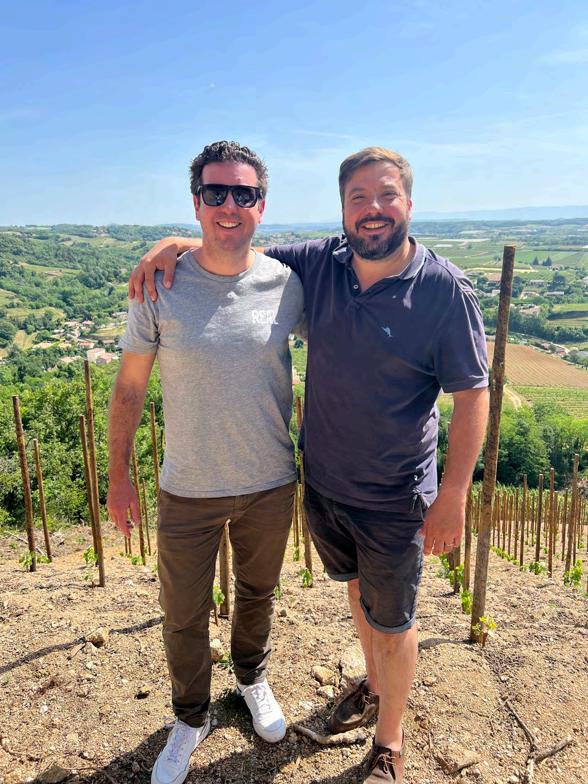

Alain Voge is one of the famous names in Cornas. The domaine rose to prominence when Alain joined his father’s smallholding in the late 1950s, moving it from polyculture to focusing exclusively on wine. He became the Cornas appellation’s greatest advocate, championing its reputation internationally as well as at home. Until his death in ’20, he was regarded as the godfather of this portion of the Rhône.
In his five decades at the domaine, Alain worked meticulously: replanting abandoned slopes, regenerating old-vine Syrah and using traditional winemaking techniques to produce increasingly noteworthy wines. Following Alain’s retirement ’04, Chapoutier alumnus Albéric Mazoyer took over as co-owner and winemaker, moving the domaine to biodynamic practices. Since ’18, Lionel Fraisse has been at the helm who continues to champion the sustainable winemaking of his predecessors. Today, the domaine spans more than 12 hectares: eight in Cornas and four in St Péray. Farmed organically and biodynamically, the wines are vinified traditionally, with the grapes largely de-stemmed and oak influence kept to a minimum in the reds.
Saint-Péray Fleur de Crussol
Côtes du Rhône Les Peyrouses
Saint-Joseph Les Côtes
Cornas Les Chailles
Cornas Les Vieilles Vignes
Cornas Chapelle St Pierre
Cornas Les Vieilles Fontaines



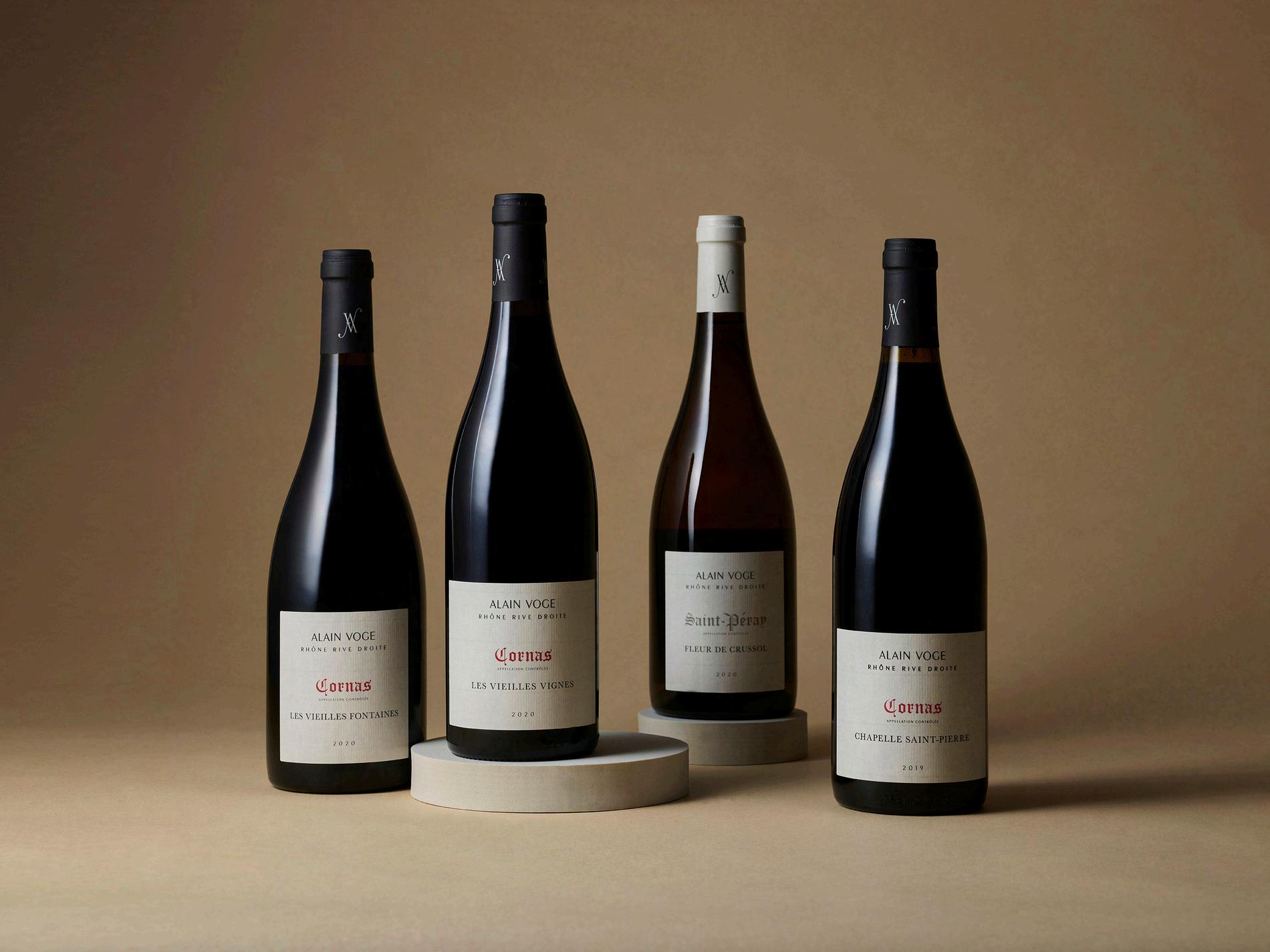
The name, Le Prieuré des Papes, comes in reference to the Priory of the Popes building located at the foot of the castle village of Châteauneuf-du-Pape and forming part of the estate. Located in the northern part of Châteauneuf-du-Pape in the Cabrières district, the estate vineyards are grown on sandy soil over a limestone subsoil. The vineyards are north facing, which brings a lot of freshness to the wines. They produce three red Châteauneuf-du-Pape, two of them being single vineyards, one white Châteuneuf-du-Pape and one red Côtes du Rhône. These are pure fruited wines, with minerality. No new oak - just the way I like it!
Châteauneuf-du-Pape Blanc
Côtes du Rhône Rouge
Châteauneuf-du-Pape Vieilles Vignes
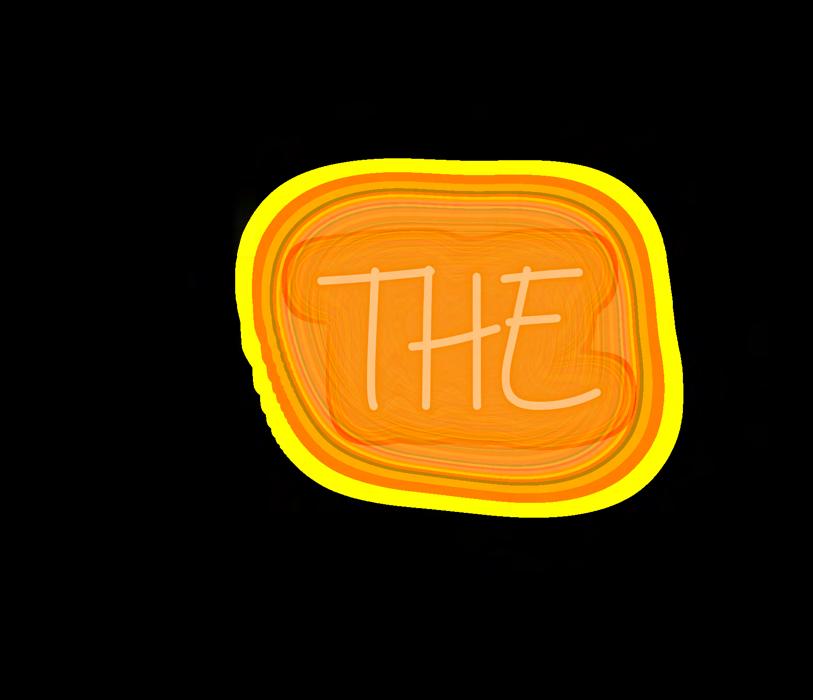

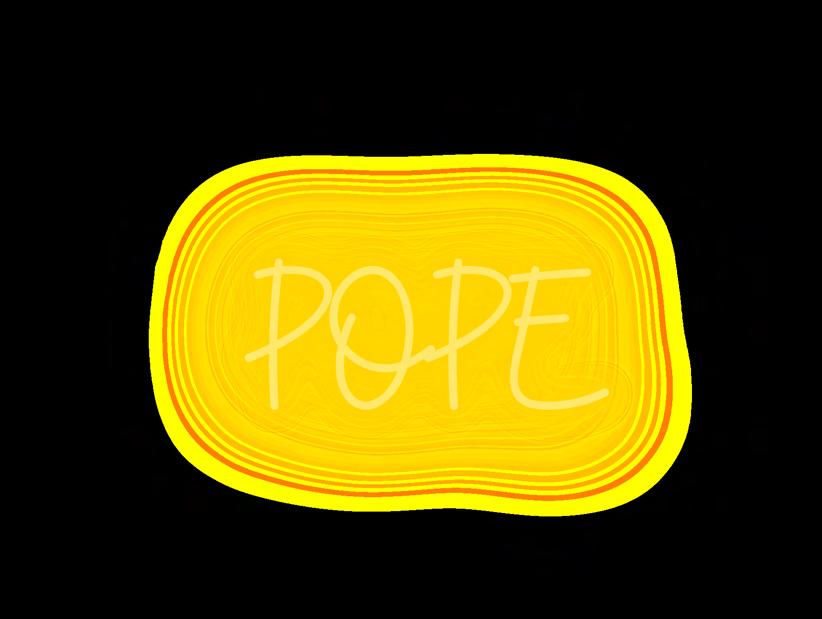



Clos Cibonne is one of 18 Cru Classé growers in the Côtes de Provence AOP, and is in fact the most southerly. The estate’s 15 hectares of vineyards are located a mere 800 metres from the coast and are surrounded by hillsides in the base of a bowl that faces the sea. This topography creates air circulation extends the growing period whilst cooling the vines. The soil is a mixture of schist & clay. After harvest, the wines are fermented in stainless steel & some are then aged under fleurette (a thin veil of yeast) in 100-year-old, 5000L foudres.
The estate is managed organically. Grapes are all harvested by hand and the resultant wines are some of the most transparent in Southern France - the spices, herbs and salt that you can literally taste on the breeze, fill these wines. Whilst as with most estates in Provence, rosé is the focus, I am thrilled to also import one of Clos Cibonne's red wines, made exclusively from a local grape Tibouren. Lighter framed than many other Provence reds, this is fresh and vibrant, with a distinctly Mediterranean twang.
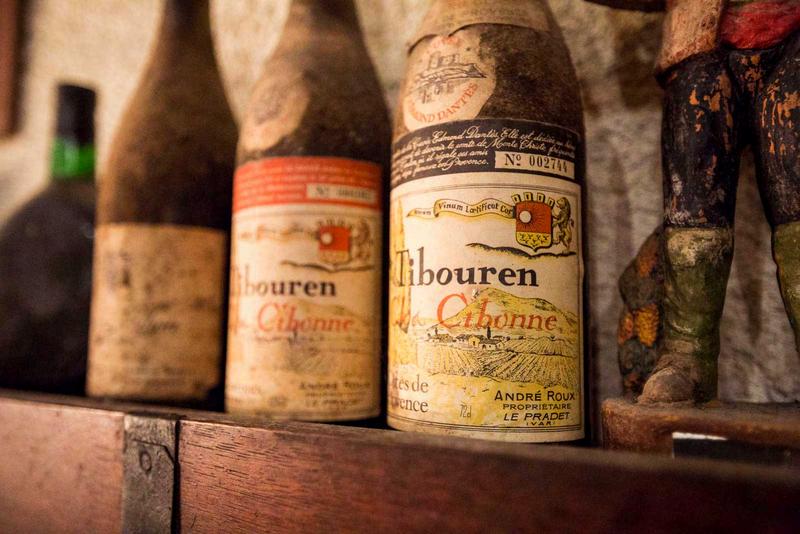
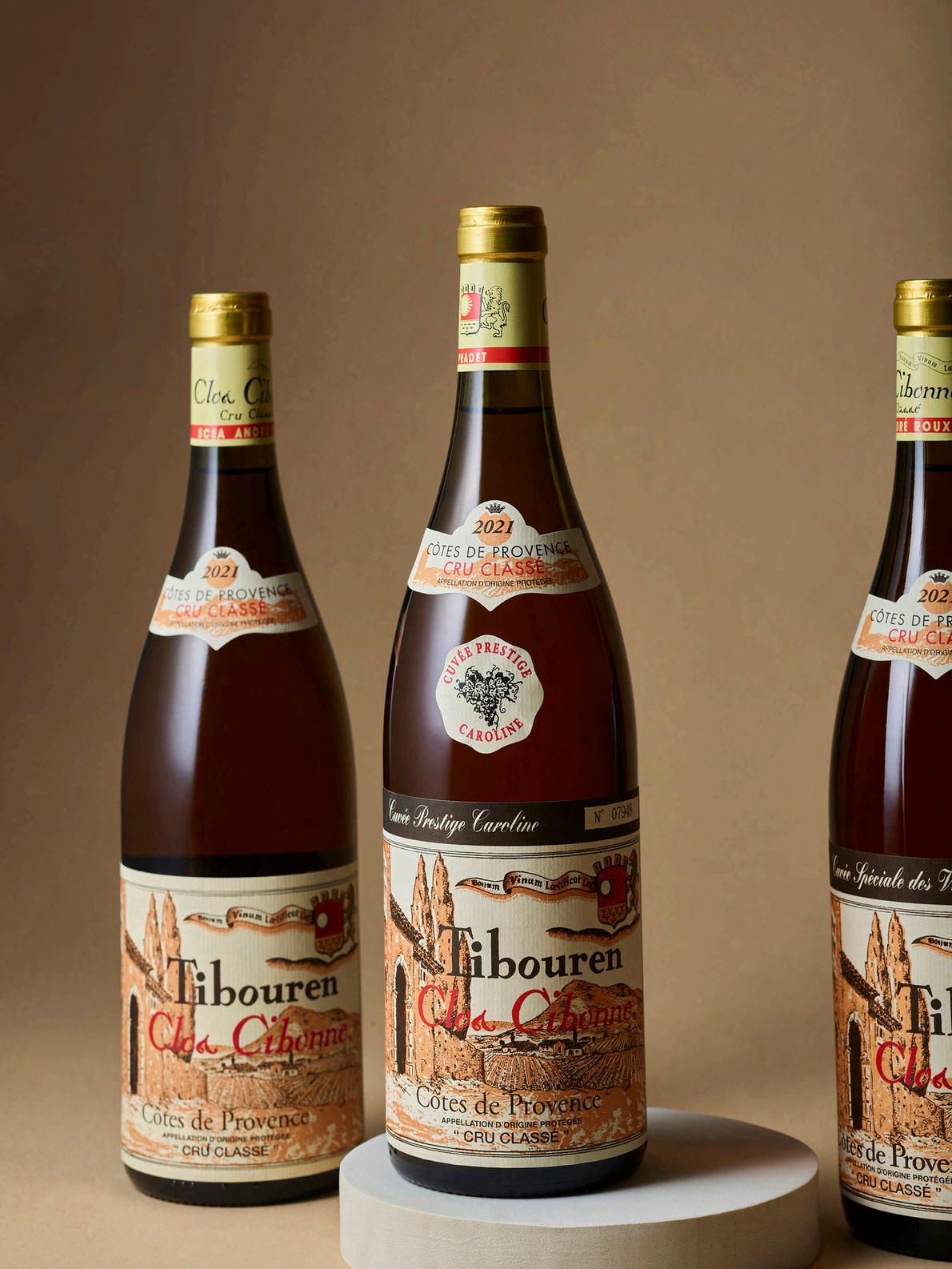
A ‘tip of the hat’ to the light-hearted, forward thinking style of the late 1920’s, inspired by the bright, vibrant Art Deco travel posters of the time, Côte Lavande will take you back to those very days of sunshine, travel and carefree decadence. Bringing that philosophy to a classic range of Southern French wines, produced by the enigmatic Château Canet estate in the Languedoc, Côte Lavande embodies all that is fun in life




Pascal was born and raised in the Chablis region where his family has owned a few vineyards for several generations. His passion for wine has followed him since his childhood until 2016 when he decided to market his own wine, pushed by his friend Patrick Piuze.
Bourgogne Chardonnay Coteaux de Chitry
Petit Chablis Vigne de Beine
Petit Chablis Vigne de Beine - 1500ml
Chablis L'Or aux Fées
Chablis Vallée Sébillon
Chablis L'Orée Délys
Chablis 1er Cru Vaillons
Chablis 1er Cru Vaillons - 1500ml
Chablis 1er Cru Fourchaume
Chablis 1er Cru Fourchaume - 1500ml
Chablis Grand Cru Bougros
Chablis Grand Cru Bougros - 1500ml
NEWRELEASE
NEWRELEASE
NEWRELEASE
NEWRELEASE
NEWRELEASE
NEWRELEASE NEWRELEASE
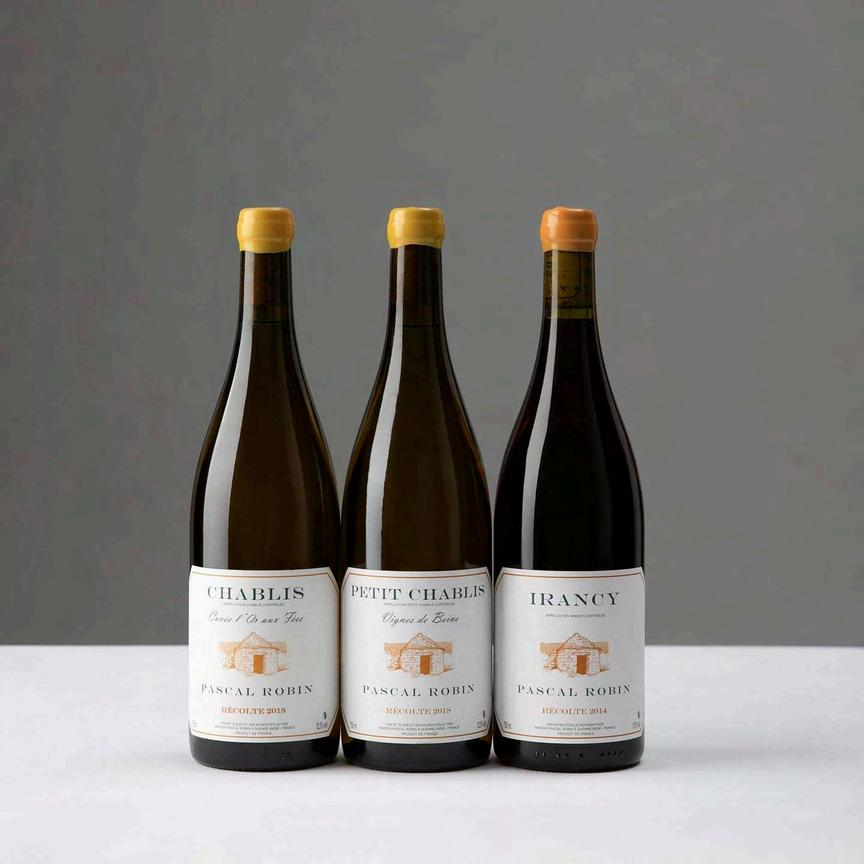
Guillaume and Aude Lavollée represent the fourth generation of vignerons at Génot-Boulanger. Their wines are produced exclusively from estate-owned vineyards, located along all three Burgundy côtes, from Chambolle Musigny, down to the domaine in Meursault, and on to Mercurey. With 22 hectares, Génot-Boulanger is one of only a few family-owned Burgundian domaines to produce such a diverse range. (They produce wine from over 30 appellations!)
Since 2008, Guillaume and Aude have worked painstakingly to improve the quality of their wines, converting to organic farming practices and experimenting with biodynamics. The domaine’s philosophy is “maximum work in the vineyards for minimum intervention in the cuverie.” This has translated to wines that are first and foremost true to their terroir.
Meursault Les Meix Chavaux
Meursault 1er Cru Les Boucheres
Puligny Montrachet Les Levrons
Puligny Montrachet Les Nosroyes
Puligny Montrachet 1er Cru La Garenne
Puligny Montrachet 1er Cru Les Folatieres
Chassagne Montrachet 1er Cru Les Vergers
Chassagne Montrachet 1er Cru Les Chenevottes
Corton Charlemagne Grand Cru


Mercurey 1er Cru Saumonts
Pommard Vielles Vignes
Pommard 1er Cru Clos Blanc
Volnay Vielles Vignes
Aloxe Corton 1er Cru Clos du Chapitre
Beaune 1er Cru Les Greves
Corton Grand Cru Les Combes
Clos de Vougeot Grand Cru



Guillaume and Aude Lavollée represent the fourth generation of vignerons at Génot-Boulanger. Their wines are produced exclusively from estate-owned vineyards, located along all three Burgundy côtes, from Chambolle Musigny, down to the domaine in Meursault, and on to Mercurey. With 22 hectares, Génot-Boulanger is one of only a few family-owned Burgundian domaines to produce such a diverse range. (They produce wine from over 30 appellations!)
Since 2008, Guillaume and Aude have worked painstakingly to improve the quality of their wines, converting to organic farming practices and experimenting with biodynamics. The domaine’s philosophy is “maximum work in the vineyards for minimum intervention in the cuverie.” This has translated to wines that are first and foremost true to their terroir.
Savigny lès Beaune Blanc Vielles Vignes
Meursault Clos du Cromin
Meursault 1er Cru Les Boucheres
Puligny Montrachet Les Levrons
Puligny Montrachet Les Nosroyes
Puligny Montrachet 1er Cru La Garenne
Puligny Montrachet 1er Cru Les Folatieres
Chassagne Montrachet 1er Cru Les Vergers
Corton Charlemagne Grand Cru




Chambolle Musigny
Mercurey 1er Cru En Sazenay
Pommard Vielles Vignes
Pommard 1er Cru Clos Blanc
Beaune 1er Cru Les Greves
Clos de Vougeot Grand Cru
Clos de Vougeot Grand Cru



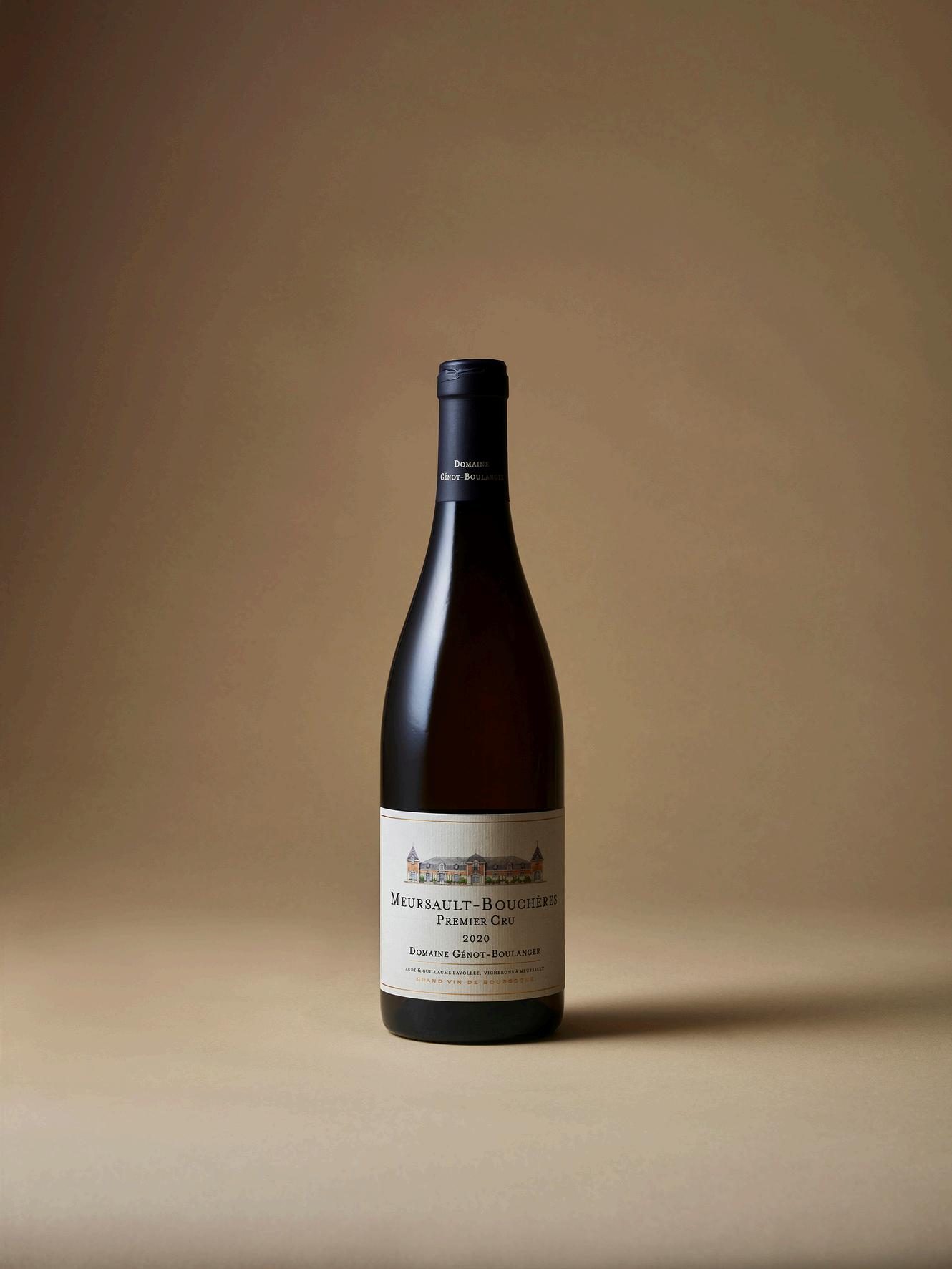
The Launay family settled in Pommard in the 18th century and over the years acquired impressive set of vineyards: The 4 hectares domaine includes the 2.2 ha Pommard Les Perrieres vineyard which was originally planted in 1902, a superb array of old vines Pommard 1er Cru vineyards including 0.09 ha Les Rugien Bas, 0.59 ha Les Chaponnieres and 0.17 ha Clos Blanc, and two exceptional holdings of Grand Cru vineyards in Gevrey-Chambertin: an 0.17 ha of Latricieres Chambertin (located next to Pierre Duroche’s vines), and an 0.16 ha holding of Chambertin located next to the vines of no other but Lalou BizeLeroy.
The estate is now run by Xavier, who served in the French air force as fighter jet pilot, who was determined to follow his beloved grandfather’s wishes, his passion and his dreams to revive the Domaine and make wine from his family’s vineyards.


Domaine du Clos du Fief is run by the father-son team of Michel and Sylvain Tête. This is a rare 4th generation Cru estate in Juliénas and Jullié, based at the far Northwest sector of Beaujolais. The vines are grown on the high altitude hillsides of Juliénas and Jullié with their roots in granite rich soil. Michel took over in 1978 after studying in Beaune, where he learned many techniques that he now uses on his own wines to great acclaim. Sylvain returned to work with his father in 2014 and they produce wines that use traditional methods as well as bringing modern techniques to move with the times. In the vineyards they have low yields and use meticulous farming methods that together with their winemaking results in serious and mouthwatering examples of terroir driven reds.
Beaujolais-Villages ‘La Roche’

‘The most important thing for us is the life of the soil, of our terroirs: the more alive the soil, the more generous the vine. This is why we favor grass cover and limited tillage under the row. We advocate plot and traditional vinification to develop, in our wines, the best expression of terroirs and the “vintage effect”.’


Domaine de Vernus is a very new Beaujolais estate established in 2019 in the village Régnié-Durette by Frédéric Jametton with Guillaume Rouget as the consultant winemaker. The domaine focuses on making wines of “Cru Beaujolais”, plus one
Vernus is adapting environmentally-friendly and sustainable agriculture and winemaking. Most of the domaine’s vine are old. The domaine takes the traditional Burgundian winemaking approach rather than using Beaujolais’s well known (semi) carbonic maceration. The signature wine of Vernus is the wine from the Regnie which is fragrant and structured, and could be one of the lightest style of the 10 Beaujolais crus.
It is worth mentioning that Vernus’s consultant winemaker Guillaume Rouget is the second son of the famous Emmanuel Rouget, and Emmanuel was the apprentice of the legendary Burgundian grand master Henri Jayer.
Moulin-à-Vent Les Verillats
Fleurie
Fleurie La Dîme
Fleurie La Dîme - 1500ml
Chiroubles
Morgon
Morgon Grand Cras
Regnie
Regnie Vernus
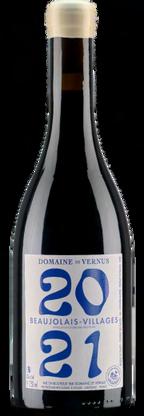






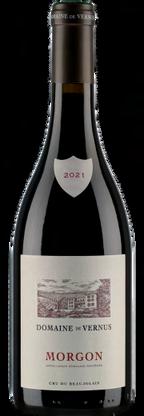

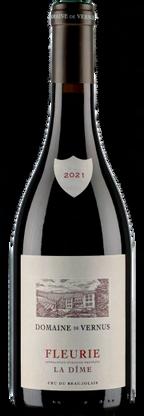
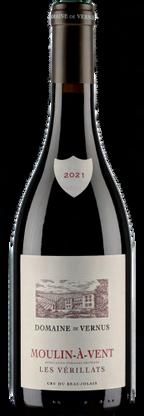
Both Martin and Anna hail from winemaking families, and luckily caught the wine bug early in life--growing up in the vineyards, helping in the cellar, coming to know the region with an intimacy of an old friend. Through this invaluable experience, along with familial connections and an openness to revive derelict vineyards, they have been able to secure some sites with old vines planted as early as 1958. Time spent at school for winemaking, coupled with stints working internationally, has greatly influenced their style and penchant for experimentation. Working in Italy, Martin gained an appreciation for using oak barrels as means of making age-worthy whites and reds with complexity. Going to school also taught them what they didn’t want to do, and with each vintage, they become more hands-off with their winemaking. Experimenting with skin-maceration, letting the fermentations run at their own pace, and a dedicated focus on their region’s site-specific terror are just a few of the reasons I love importing these wines into Australia.
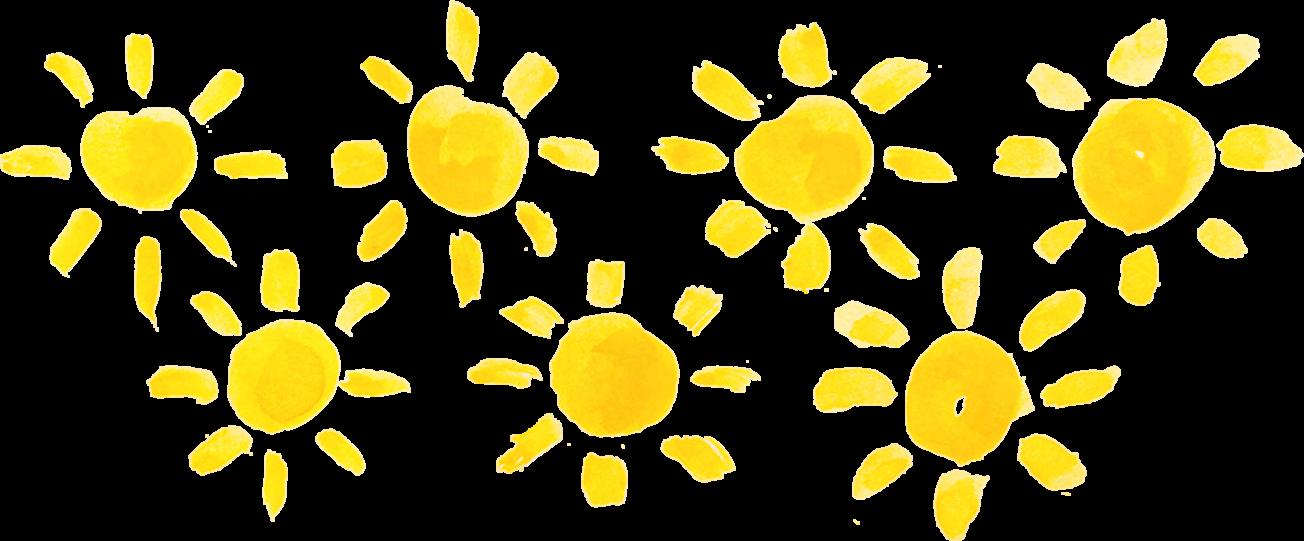
Grüner Veltliner Riesling Grüner Veltliner | Riesling
Grüner Veltliner | Skin Contact
Müller Thurgau | Skin Contact


Grüner Veltliner fermented on Riesling skins for ten days
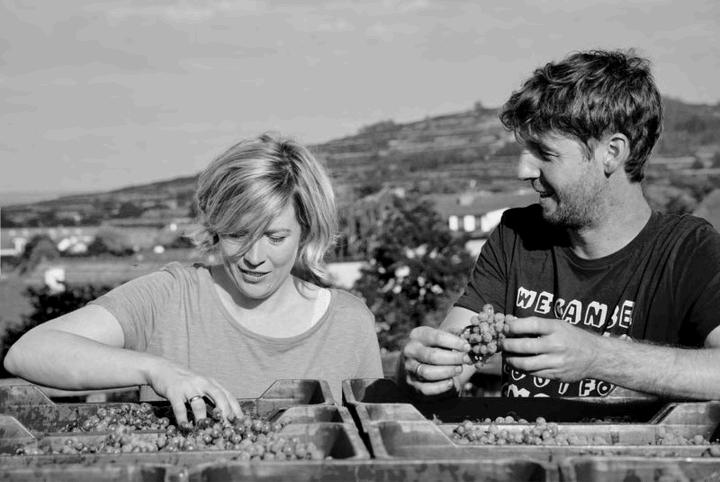
The Prieler estate, in Schützen on the western side of the Lake Neusiedl, is a historic old farm, once dedicated to many types of agriculture but now specializing in grape growing. Two generations of the Prieler family now run the estate: Engelbert and Irmgard, who in 1972 focused the estate on quality production of several grape varieties, mainly blaufränkisch and Burgundian varieties. Their son, Georg, now heads the estate and continues working to best express the unique terroir of the Leithagebirge.
Prieler’s 20 hectares are currently cultivated in vineyards between the Leithagebirge, the last outpost of the eastern Alps that protect the vines from the western winds, and the Lake Neusiedl, which tempers the hot climate of the Pannonian plain. Soils vary dramatically in this area around the Schützen Stein. Seeberg vineyard contain fossil bearing limestone and are best suited, to Prieler’s outstanding Pinot Blanc. The iron-rich, brown loam of the Johanneshöhe on the slopes of the Leithaberg produces delicious blaufränkisch, while the Goldberg vineyard, filled with ‘glimmerschiefer’, or mica-schist, flecked with gold, produces one of the most important, world-class wines in all of Austria.
Prieler’s meticulous work in the vineyard and in the cellar has earned them awards from Falstaff Magazine (2009 “Vintner of the Year”), Vinaria Magazine (“Best wines of Austria” 2012/2013) and was among Jancis Robinson’s top picks for Austrian red wines. Peter Moser, editor-in-chief of Falstaff wrote, “We were extremely impressed by the Prieler family’s high standards in all wine categories and by their sensitive approach to the specific properties of the respective types of vine and the selection of just the right terroir.”
Pinot Blanc ‘Ried Seeberg’ ~ Schützen am Gebirge
Blaufränkish‘Johanneshöhe’~OggauamNeusiedlersee Blaufränkish ‘Leithaberg’ ~ Ried Pratschweingarten

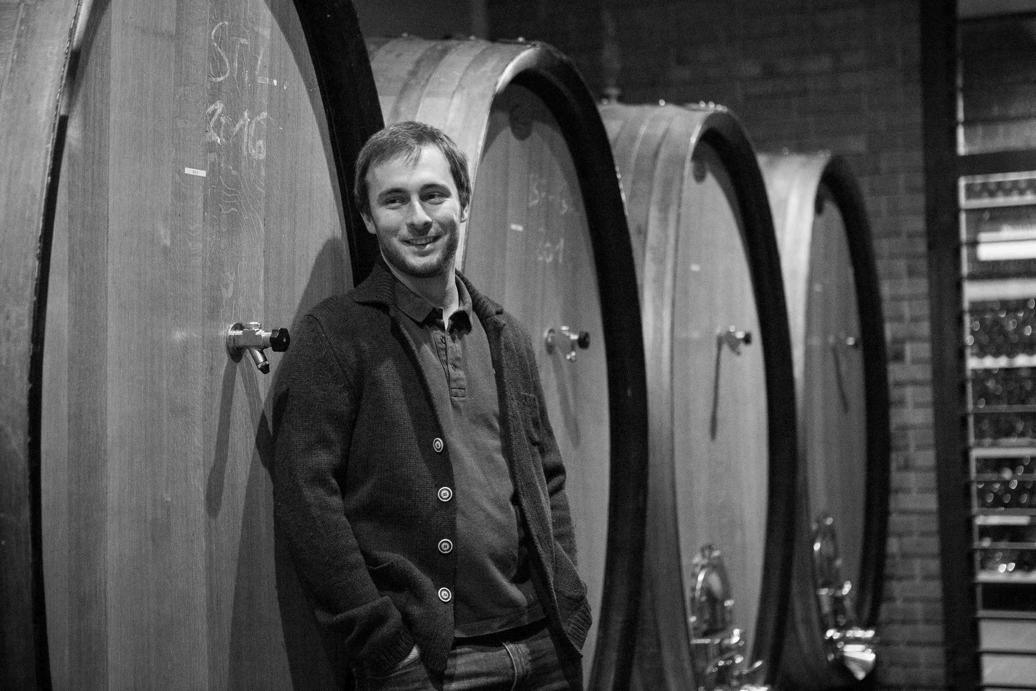
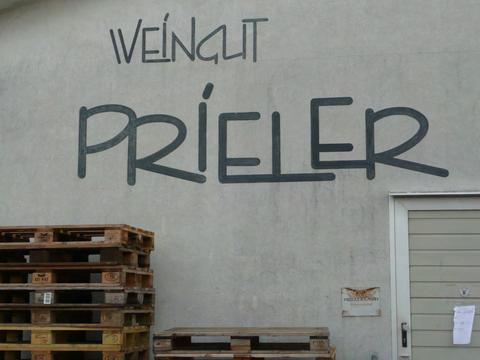
The Künstler estate winery has been a family-owned business since 1648. Until the end of World War II, the Künstler family ran its winery in Untertannowitz, a village 80km north of the Austrian capital of Vienna in South Moravia, but which is now part of the Czech Republic. After expropriation and expulsion from his homeland, Franz Künstler re-established his winery in Hochheim, Germany, in 1965. The microclimate and topography here are perfectly suited to the Riesling grape thanks to the south facing slopes and the shelter provided by the Taunus mountains.
In 1992, the estate winery was passed on to his son Gunter.Who still runs the domaine to this day. At Künstler the Riesling is de-stemmed, cooled and put directly into the press where they are gently crushed and cooled so as to develop its characteristic aromas. Then, depending on its origin and quality level, the juice is transferred into stainless steel vats or into traditional large wooden barrels where it ferments slowly, in a controlled fashion and at low temperatures. Depending on the nature of the vintage and the quality of the grapes, both cultured and wild yeasts can be used for fermentation. After fermentation, which takes between six and eight weeks, the wines are removed from their gross lees and are stored on their fine lees until bottling. This way they create powerful, harmonious, extract-rich, terroir-driven and lively wines with plenty of potential.
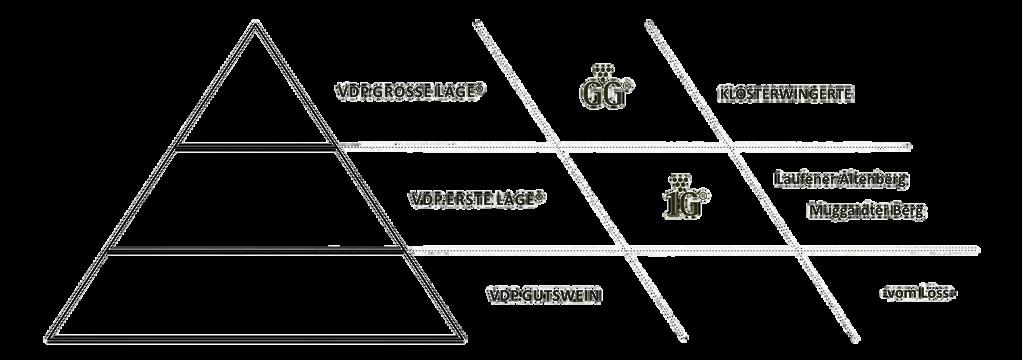


Hochheimer 'Mainterrassen' Trocken
Berg Rottland
Riesling Berg Schlossberg
Riesling Erbacher Marcobrunn Auslese 375ml
Riesling Hattenheimer Pfaffenberg Beerenauslese 375ml
52.00 83.00 83.00 100.00 110.00 200.00
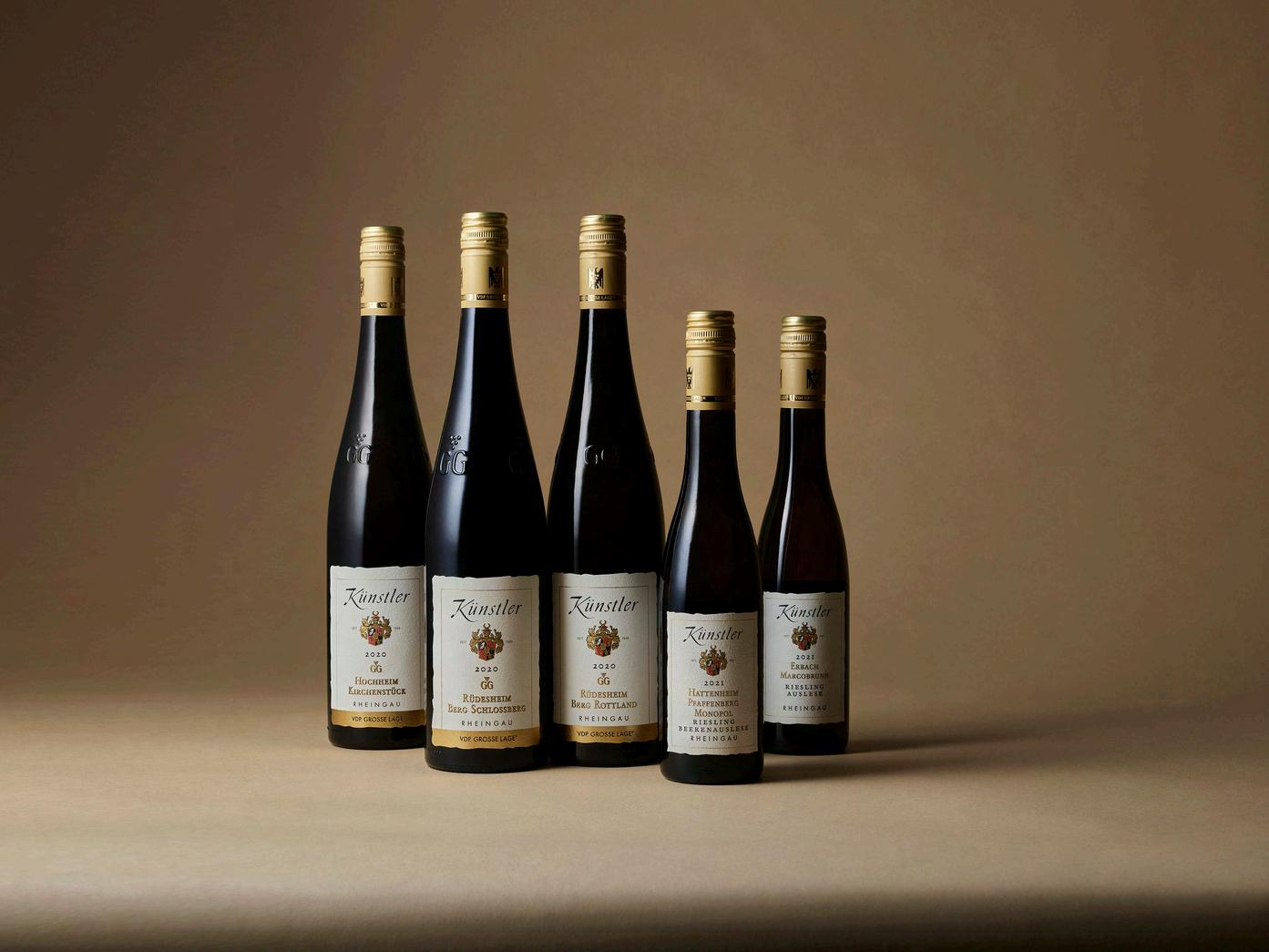
Hansjörg and Birgit Rebholz are now the custodians of this 3rd generation winery in the southern Pfalz. They were once an insider’s wine, but now have a cult following worldwide. Hansjörg Rebholz: For more than 50 years, we've been making wines containing only what nature intended for them. We do not chaptalize our wines (the addition of sugar prior to fermentation in order to increase the alcohol content), nor do we use a 'Süßreserve' (unfermented grape must added to the finished wine prior to bottling). We are certified biodynamic. Part of the VDP. Hansjörg Rebholz was Winemaker of the Year 2013 (Falstaff) and Winemaker of the Year 2002 (Gault Millau). Weingut Ökonomierat Rebholz has the top 5 out of 5 grapes rating in the Gault Millau (with 10 other winemakers). Also, Hansjörg Rebholz is one of the movers and shakers in the Grosses Gewächs movement in Germany.
There are three distinct terroirs in the estate’s vineyards. In the Süd-Pfalz, where the estate is located, limestone terroir rules and it is ubiquitously present in one part of the Im Sonnenschein (or in the sunshine). In the Ganzhorn, a small sub parcel of colored sandstone in the Im Sonnenschein vineyard, Riesling turns salty, savory and fantastically mineral-driven. Last but not least there is the Kastanienbusch (or chestnut bush), one of the steepest and highest slopes in the Pfalz at 300 meters, on red slate soil that is unusual in the region. This iron-rich, well-draining soil produce wines of great concentration. It simply produces some of the greatest dry Rieslings not only in Germany – but anywhere.Rebholz’ oldest vineyard, the Albertsweiler Latt, in Albersweil was planted to Gewurztraminer in 1947. The vines are trellised on pergolas. This site makes some very special sweet wines.
Weisserburgunder Trocken
Weisserburgunder Trocken
92POINTS|STUARTPIGOTT
Weisserburgunder vom Muschelkalk ~ Limestone
Weisserburgunder vom Muschelkalk ~ Limestone


95POINTS|STUARTPIGOTT
Weisserburgunder
98POINTS|STUARTPIGOTT
92POINTS|STUARTPIGOTT
Riesling vom Buntsandstein ~ Sandstone
93POINTS|STUARTPIGOTT
Riesling vom Buntsandstein ~ Sandstone
93POINTS|STUARTPIGOTT
Riesling vom Rotliegenden ~ Red Slate
Riesling vom Rotliegenden ~ Red Slate
94POINTS|STUARTPIGOTT
Riesling vom Rotliegenden ~ Red Slate
95POINTS|STUARTPIGOTT
Riesling vom Schiefer ~ Blue Slate
93POINTS|STUARTPIGOTT
Riesling vom Schiefer ~ Blue Slate
94POINTS|STUARTPIGOTT
Riesling vom Muschelkalk ~ Limestone
93POINTS|STUARTPIGOTT
Riesling vom Muschelkalk ~ Limestone
94POINTS|STUARTPIGOTT







Riesling Ganz Horn ~ Sandstone
97POINTS|STUARTPIGOTT
Riesling Ganz Horn ~ Sandstone
96POINTS|STUARTPIGOTT
Riesling im Sonnenschein ~ Limestone
93POINTS|STUARTPIGOTT
Riesling im Sonnenschein ~ Limestone
96POINTS|STUARTPIGOTT
Riesling Kastanienbusch ~ Red Slate
95POINTS|STUARTPIGOTT
Riesling Kastanienbusch ~ Red Slate
98POINTS|STUARTPIGOTT
Riesling Kastanienbusch ~ Red Slate - 1500ml
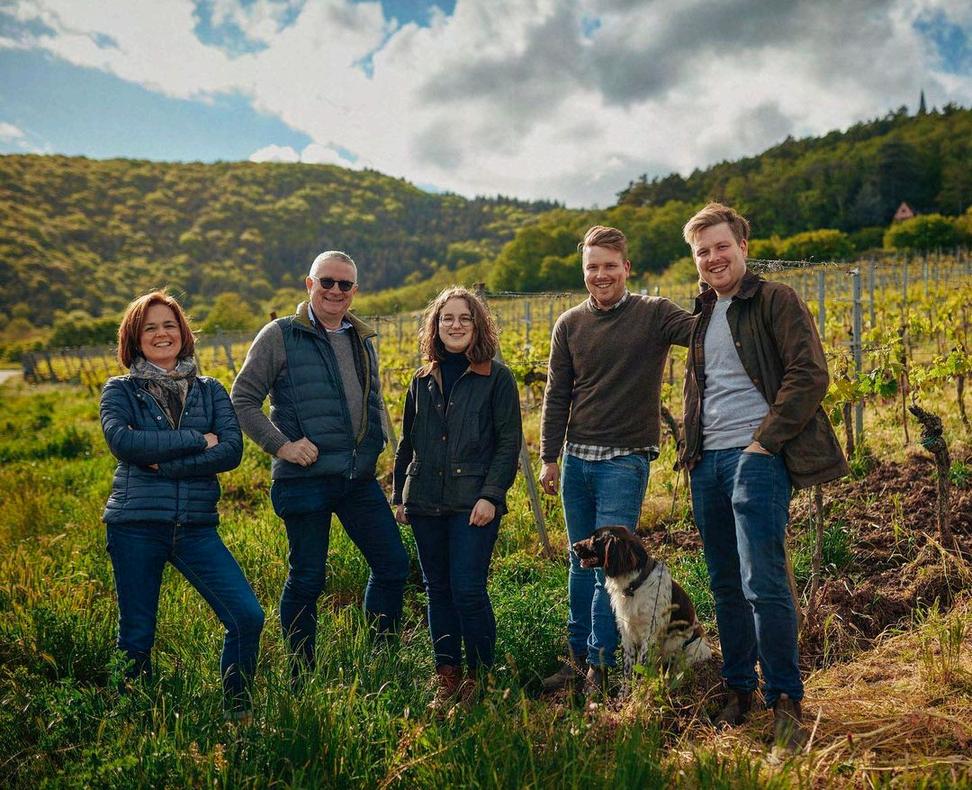
A great Nahe estate that was started by Werner Schönleber in the 1960s with just two hectares. Today the estate comprises 14 hectares, mainly Riesling, on the slate and quartzite soils of the Halenberg and Frühlingsplatzchen vineyards. Intense vineyard work and spontaneous fermentation in old oak casks together with ageing in steel vat conspire to produce intense, long lived Nahe Riesling that combines floral, charming qualitites with intense minerality. For the last five years, this estate has been perfoming to is maximum, rivalling Germany’s very greatest producers.
Riesling Sekt Brut
91POINTS|STUARTPIGOTT
Riesling Monzinger Kabinett
90POINTS|STUARTPIGOTT
Riesling Trocken
90POINTS|STUARTPIGOTT
Riesling Trocken
91POINTS|STUARTPIGOTT
Riesling Lenz
91POINTS|STUARTPIGOTT
Riesling Lenz
92POINTS|STUARTPIGOTT
Riesling Mineral
93POINTS|STUARTPIGOTT





93POINTS|STUARTPIGOTT
Frühtau Monzinger
94POINTS|STUARTPIGOTT
Halgans Monzinger
93POINTS|STUARTPIGOTT
Monzinger Niederberg
95POINTS|STUARTPIGOTT
Frühlingsplätzchen ~ Red Slate
98POINTS|STUARTPIGOTT
Frühlingsplätzchen ~ 1500ml ~ Red Slate
98POINTS|STUARTPIGOTT
Riesling Frühlingsplätzchen ~ Red Slate
95POINTS|STUARTPIGOTT
Riesling Halenberg ~ Blue Slate
95POINTS|STUARTPIGOTT
Riesling Halenberg
95POINTS|STUARTPIGOTT
98POINTS|STUARTPIGOTT

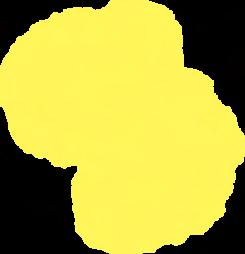






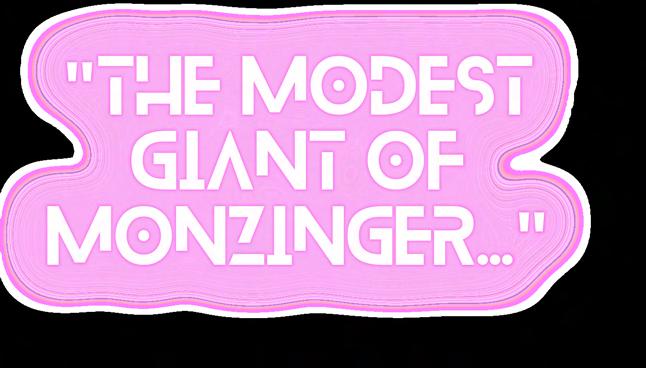

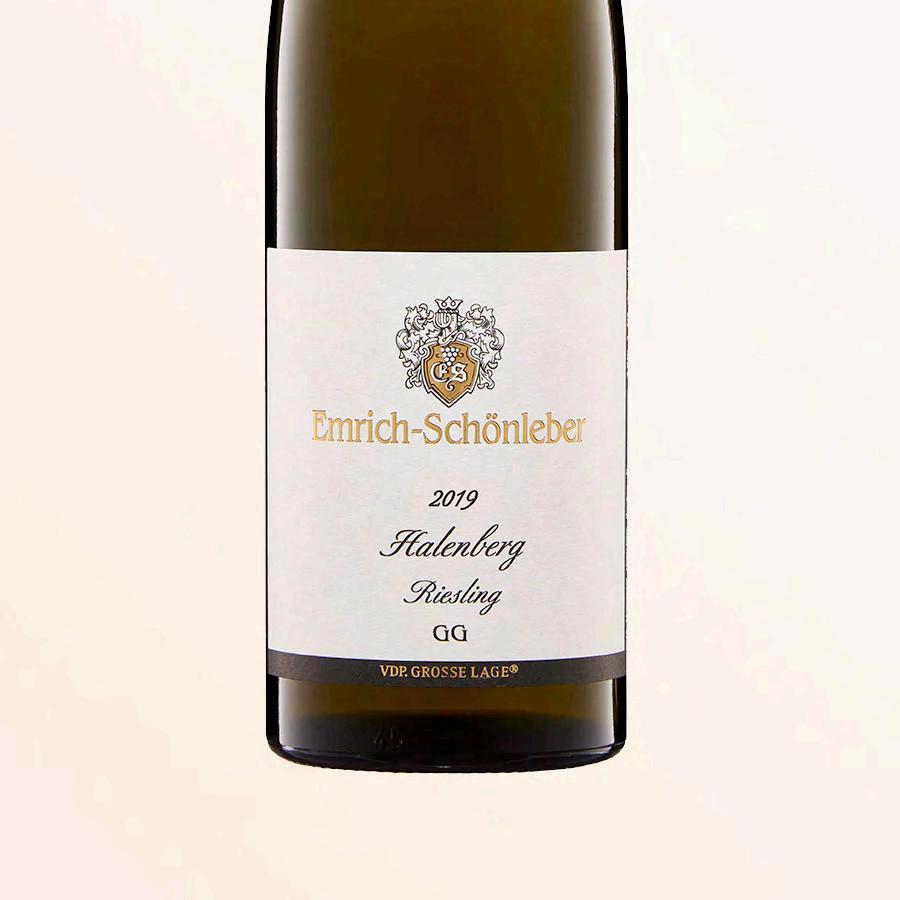
If you reach the Mosel Terraces by train, you’ll find your face involuntarily pressed to the window, staring in disbelief as you make the slow bend around the base of an impossibly sheer wall of slate and vines, rising almost from the track edge itself. This is where the Knebel family has been growing grapes since 1642. And over the centuries, it hasn’t gotten measurably easier to do so. Today, Matthias Knebel’s fidelity to painstaking, handwrought viticulture is yielding extraordinary results across his range, from a ridiculously undervalued village bottling to the magnificent GGs. The wines deliver the unadulterated intensity of these warm, slate-packed terraces, with an emphasis on texture, minerality, purity, and supreme finesse.
As a child, there was no doubt in Matthias’ mind that he would become a winegrower like his father, Rheinhard. But as a teenager, Matthias had second thoughts. He saw first hand just how grinding the work could be. Ultimately, he was convinced by the magic of wine itself and made the decision to follow family tradition. Rheinhard passed away unexpectedly in 2004, just as Matthias was to begin his studies at Germany’s top wine school, Geisenheim. These were sad, difficult times for his mother, Beate, for Matthias, and for everyone who had known Rheinhard. Being the strong woman that she is, Beate carried on in Rheinhard’s absence and took charge of the estate for the next four years. In 2008, Matthias returned from his studies and, together with interns and temporary staff, began carrying out Rheinhard’s legacy. By 2016, his work and vision had earned the estate VDP membership.
Riesling Trocken
88POINTS|STUARTPIGOTT
Riesling Von den Terrassen
89POINTS|STUARTPIGOTT
Riesling Alte Reben




93POINTS| VINOUS~ANNEKREBIEHLMW
94POINTS|STUARTPIGOTT
17.5/20 POINTS| JANCISROBINSON|TAMLYNCURRIN
93POINTS|STUARTPIGOTT
91POINTS|STUARTPIGOTT
93POINTS| VINOUS~ANNEKREBIEHLMW
93POINTS| VINOUS~ANNEKREBIEHLMW
19.5/20 POINTS| JANCISROBINSON|TAMLYNCURRIN
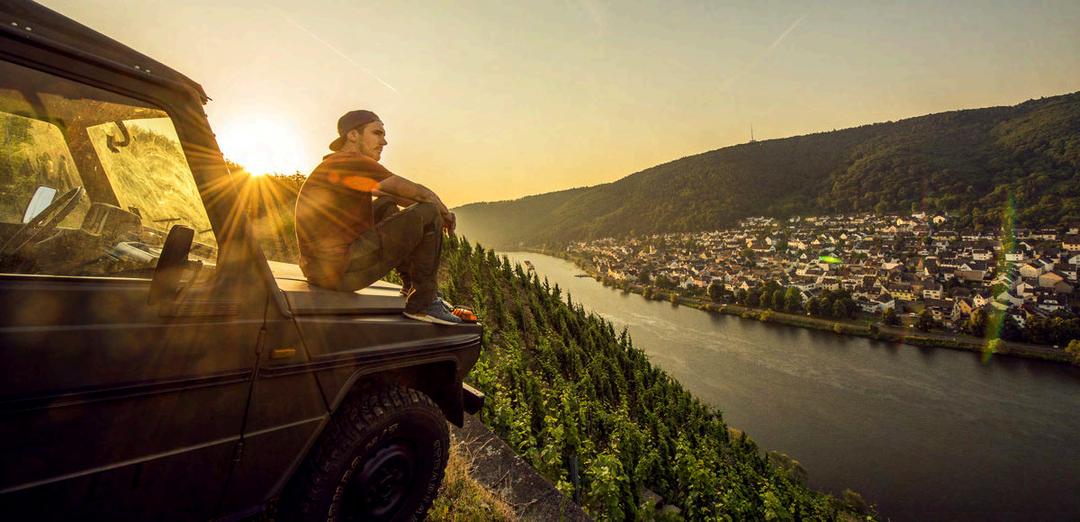
Max is the 20th-generation winemaker at his family's historic estate, Geierslay. He is farming just Max is farming only 1.2 hectares and is certainly one of the most talented next generation Mosel producers.These are spectacular wines that are offering wonderful value for money.The grapes are basket pressed and fermented in stainless steel. There's an incredible transparent nature to these wines while they still hold great fruit concentration and rays of mineral.
Riesling Wintricher Ohligsberg Trocken
92+POINTS|STUARTPIGOTT
Riesling Piesporter Goldtröpfchen Trocken
93POINTS|STUARTPIGOTT
Riesling Wintricher Ohligsberg Kabinett
92+POINTS|STUARTPIGOTT
Riesling Piesporter Goldtröpfchen Kabinett
92POINTS|STUARTPIGOTT
Riesling Wintricher Geierslay Kabinett
90POINTS|STUARTPIGOTT
Riesling Piesporter Goldtröpfchen Spätlese
92POINTS|STUARTPIGOTT
Riesling Wintricher Ohligsberg Spätlese
94POINTS|STUARTPIGOTT
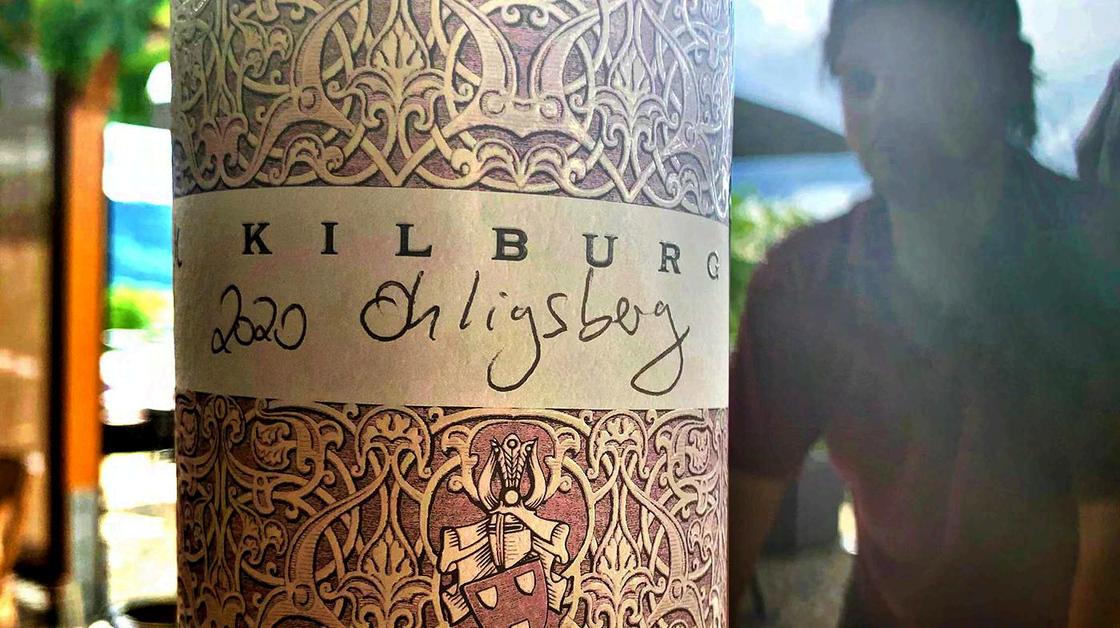
While Dr. Ulrich "Ulli" Stein’s wines are not widely known in the Australia, he has nothing less than a fanatical following in Europe. He could likely sell every last bottle to his friends in Germany alone, yet there are places of some importance, like Noma in Copenhagen, that put in sizable orders for Stein wine. He farms meaningful parcels of land that have a few important things in common: They are not easy to work. They are commercially unknown. And, most importantly, Ulli loves them. In fact, Stein is more than a winemaker – he is a passionate advocate for the traditional, steep, slate vineyards of the Mosel. In 2010, Ulli published a manifesto warning of the threats to the region’s 2000-year-old viticultural tradition. Winemaking with Ulli is refreshingly light on “style,” instead focusing on what the vineyards say to him. Certainly there is a focus on wines that are dry; lightness and zip are more important than gobs of fruit. Complexity is good, but not at the expense of the whole – better to be simple and well done than overdone and, well, a mess. Cut is more important than size.
Riesling der Traubenflüsterer
Riesling Blauschiefer
Riesling Himmelreich
Riesling Alfer Hölle

Kabinett Feinherb
Riesling Palmberg Terrassen
Riesling Palmberg Terrassen
Riesling Weihwasser
Feinherb
Riesling Alfer Hölle 1900
Kabinett Trocken (124 year old vines) Trocken
Kabinett Trocken
Kabinett Trocken



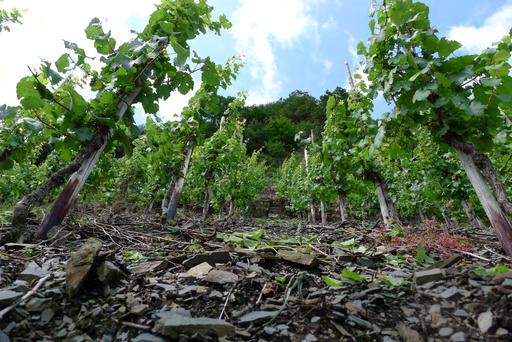
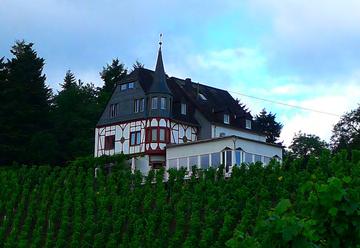
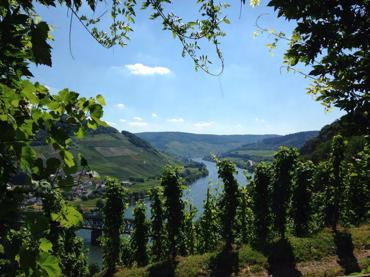
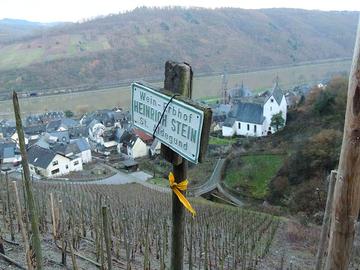
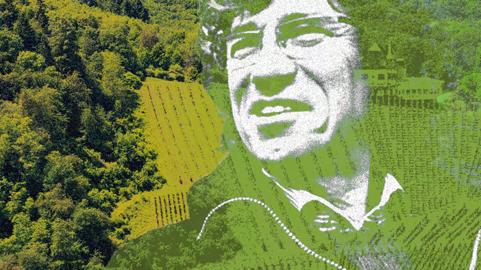
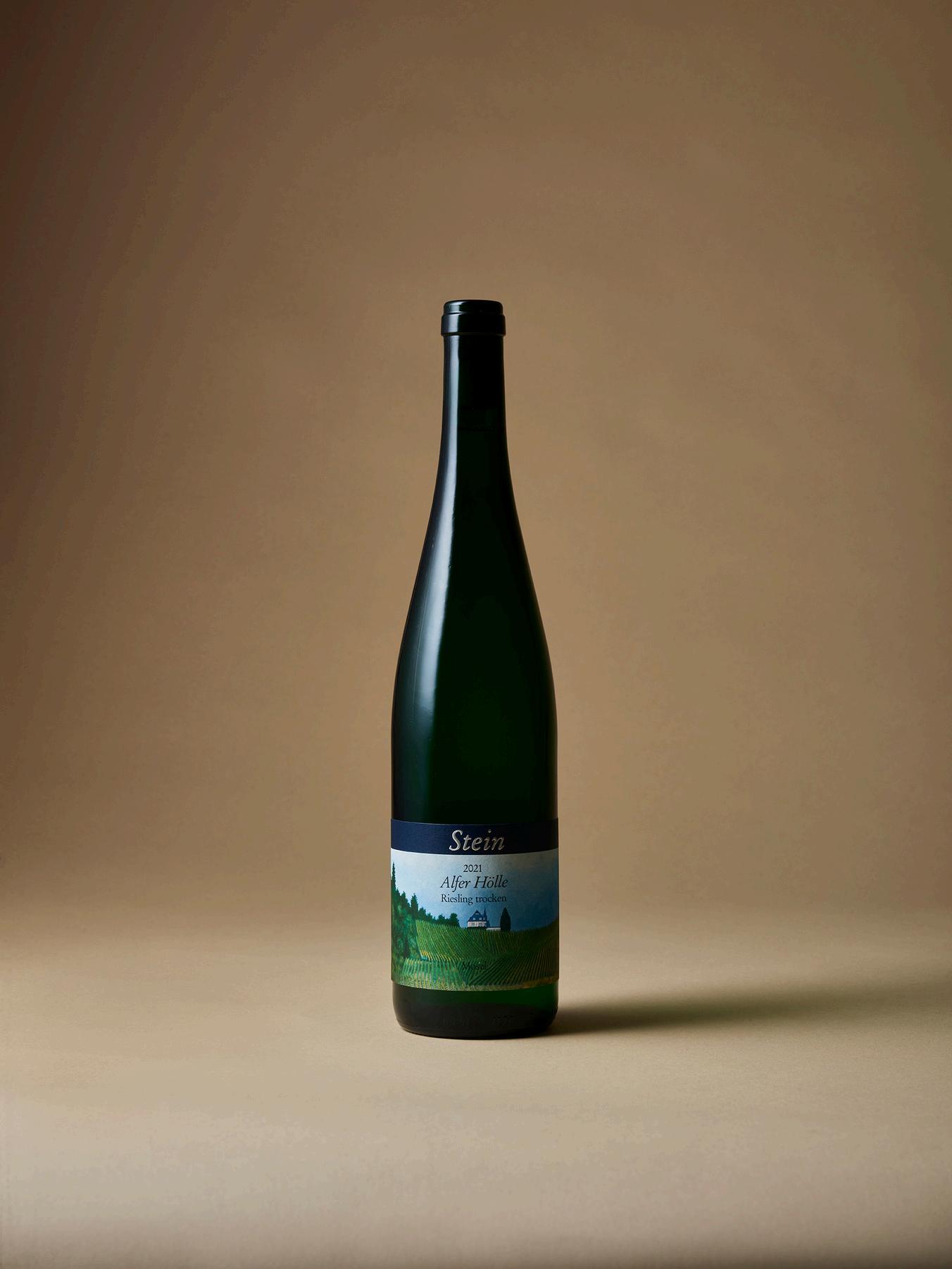
Philip Lardot is a Finland born, Holland raised winemaker working the steep slopes of the Mosel valley in Germany. Ever since harvesting together at Clemens Busch in 2013, Philip and his Dutch girlfriend Zindzi have grow into their roles of becoming true Mosel winzers. After staging in the Loire and at multiple wineries in the Mosel he started creating his own wines since the 2016 vintage, later using the cellar at the renowned rebel Ulli Stein, for whom he is also the assistant winemaker.
Müller-Thurgau | Riesling
Pinot Noir
Pinot Gris
Riesling ~ Piesporter Grafenberg
Riesling ~ Valwiger Herrenberg | 1944 plantings
Riesling ~ St. Aldegunder Himmelreich
Riesling ~ Klosterkammer (St. Aldegund)


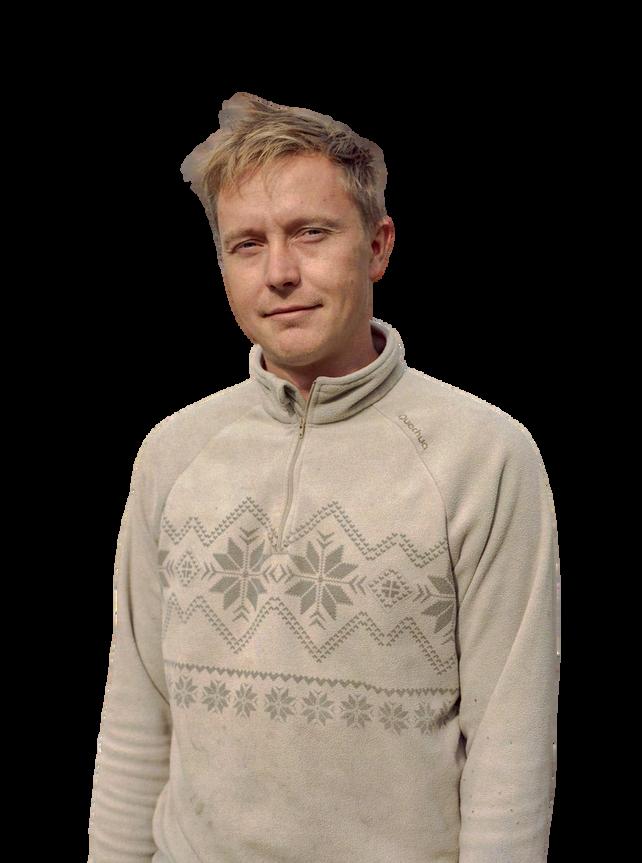
Weingut Wasenhaus is located in Baden, Germany. Christoph Wolber and Alexander Götze met in Burgundy during their wine studies at the local school in Beaune. At the same time, they were both working full time in some of the largest biodynamic estates in Burgundy such as those of Pierre Morey, Leflaive, Comte Armand... Shortly after becoming roommates, they worked out the plan to return in Germany and set up their cellar in Baden. In Christoph’s home region, they looked for suitable plots and selected them carefully: one on the slopes of the Ehrenstettener Oelberg, and the other in the Ehrenkirchener Kirchberg. In recent years, they have bought several plots, some with very old vines. They grow their grapes, but also buy grapes from friends’ companies with a similar philosophy that are used in the production of Gutedel. Their first vintage came out in 2016 and it was a great success. Christoph and Alexander perform gentle extractions, with very little punching down during fermentation, and occasionally stirring to ensure healthy fermentation from the start. Sulfur is used judiciously and is only applied after the malolactic fermentation. The wines are all aged in oak barrels.
Gutedel Landwein
Gutedel Landwein
Weissburgunder Landwein
Weissburgunder Möhlin
Weissburgunder Möhlin
Chardonnay
Spätburgunder Grand Ordinaire
Spätburgunder Landwein


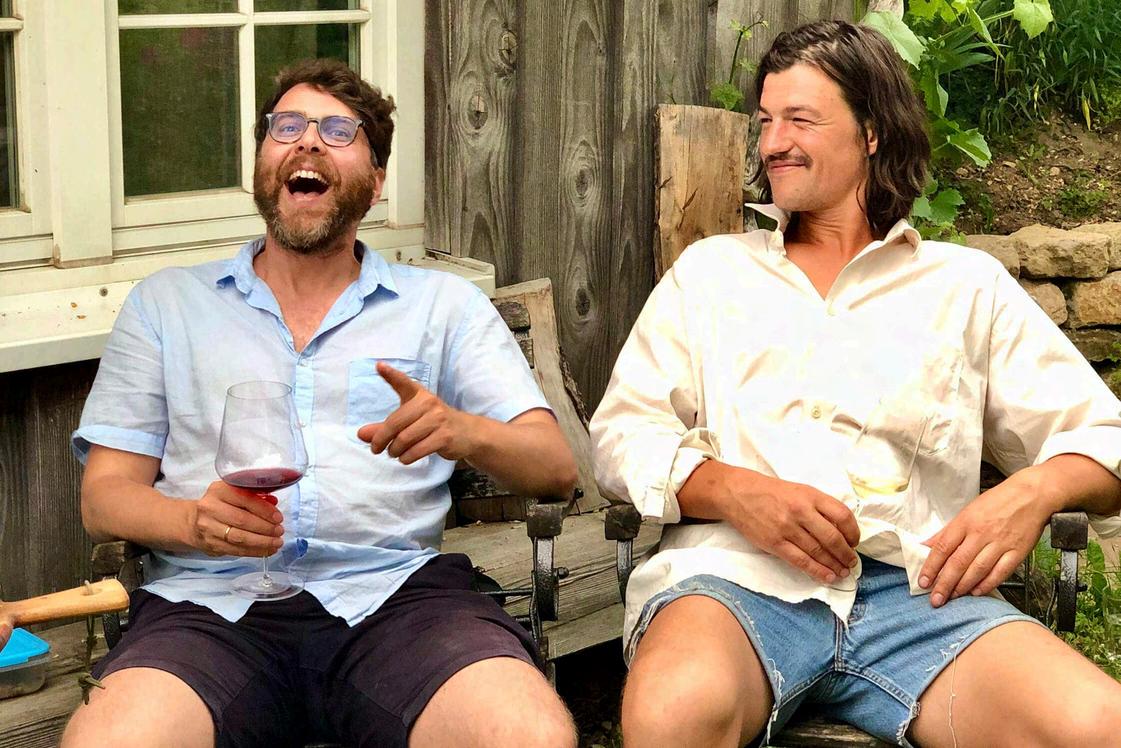
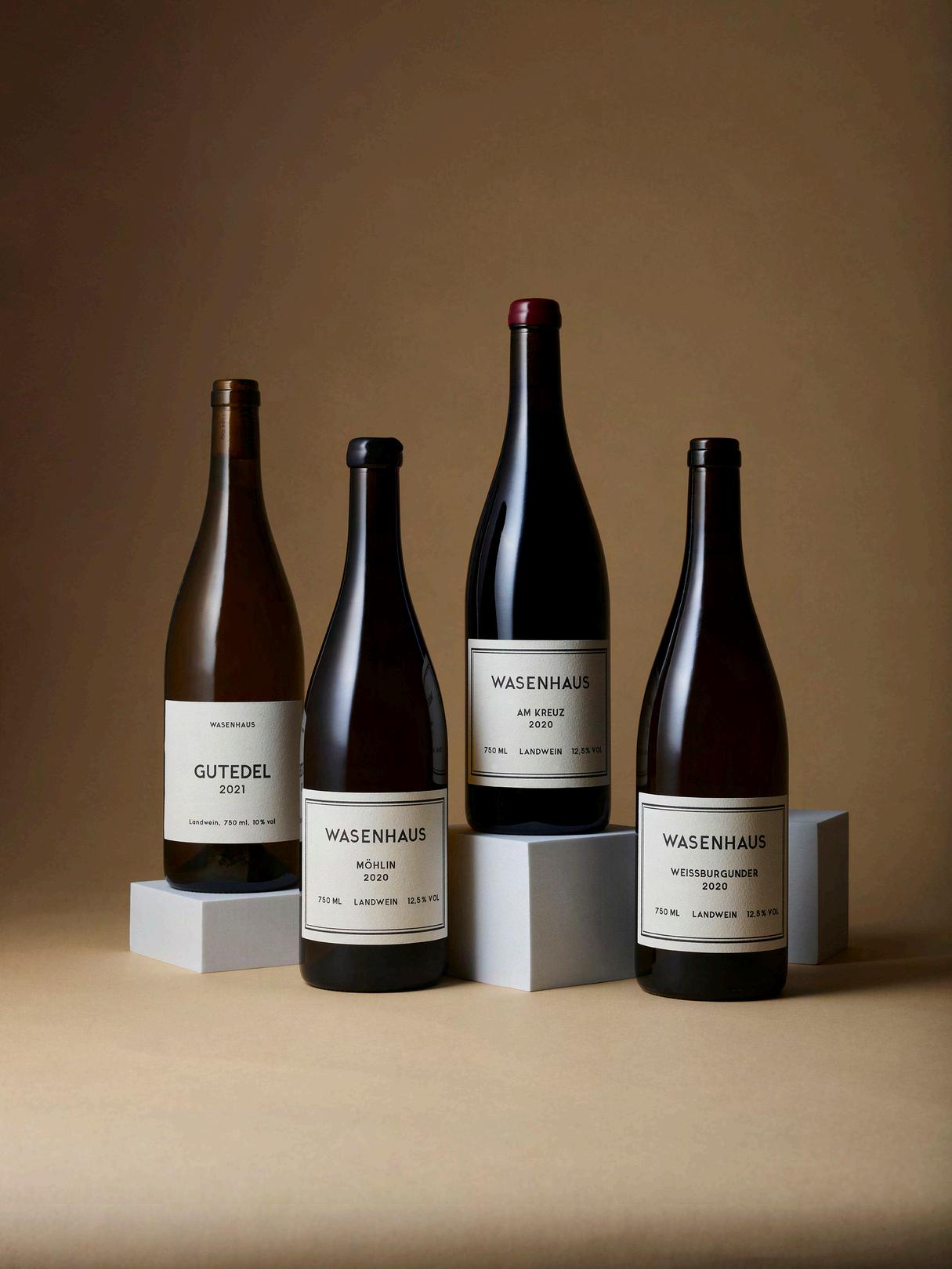
The Lavrenčič family history dates back to 1499 in this small village, and third generation to cultivate grapes in his region, Primoz Lavrenčič is the man currently in charge of this organic and bio-dynamically farmed estate. He left the family estate ‘Sutor,’ in 2009 to start his own label, ‘Burja.’
Burja is the name of the strong wind that blows through the Vipava valley, greatly influencing not only daily life, but absolutely all agriculture in the region. Him naming his estate after this local phenomenon is not by chance, his new estate was to focus on indigenous and local varieties, rather than the international varieties the government almost forces winemakers to plant.
The Vipava Valley is an extension of Friuli into Slovenia. It’s a place where the mountains meet the sea, creating an environment of extremes, thus, breeding wines that have a distinct and dynamic sense of place. Soil is varied, but most of them are planted on Flysch – a sedimentary rock that has layers of silt and sandstone, deposited in a marine environment. This, with various other types of marl, help create the complexity Primoz is looking for.
Made from 100% Istrian Malvasia. Hand harvested with 7 days of skin contact, 7 months in concretetanks and a spontaneous fermentation. A touch of colour, with bright stonefruits and sea breeze. The palate is fresh and the palate and clean like a mountain stream.

32.00
Roza is the newest addition to the Burja family. This comes from a 0.40 ha Pinot Gris vineyard owned by Primoz’s friend and neighbour. The grapes undergo a five-day maceration and then spontaneous fermentation in concrete vats with indigenous yeasts and natural malo. Further ageing on the lees takes place in concrete and the wine is bottled without filtration and just a tiny amount of SO2.


, SLOVENIA
The fact that Michael and Maria Gross work in the steep terraces of Haloze (on the Slovenian border to Croatia) wasn’t exactly love at first site. It was in fact Michael’s father, Alois Gross, legendary winemaker from South Styria, that was looking for a retreat for his retirement and stumbled across this quaint but picturesque corner of Slovenia. Haloze, the more precise name of the region isn’t exactly the first place Slovenians think about when talking about high quality parcels. Vineyards in the northern part of Stajerska (the Slovenian part of Styria) and the region of Brda and Karst towards Italy, have long been considered more fashionable. The Haloze region, with its diversity of varieties such as Welschriesling, Furmint and Sauvignon, was long overlooked due to its history of large cooperative winemaking. Nevertheless, Michael and Maria believed in the potential of these truly unique parcels, and decided to dedicate all of their energy here from the late 2000s.
From 2014 they introduced organic viticulture to the vineyards, and since then have put a big emphasis on mostly old-vines of Furmint, as well as some extraordinary plots of Sauvignon and Traminer. Since the start, they credit Michael Wenzel as a key mentor for working Furmint organically, and share a great friendship and admiration with Michael to this day. The soils are almost identical to the Austrian parts of Styria, consisting mainly of the omni present Opok (compressed clay and limestone) soils.
A beautiful pure and pristine style of Sauvignon Blanc from the southern Austria region of Styria. The Gross & Gross wines are a collboration between Vino Gross & Weingut Gross.
Nearly every winemaker in Haloze has a cuvée made from the region’s typical grape varieties in their wine cellar. We have opted for a well-balanced combination of Furmint, Sauvignon Blanc and Laški Rizling (Welschriesling).The soil of the Haloze wine region consists mainly of limy clay marl, known locally as Opok. It gives the wines a strong structure without making them too opulent. Haloze Blanc is 100 % terrace-grown. The vines are between twelve and 65 years old.
The wine-growing area of Maribor is best known for white varieties Laški Rizling (Welschriesling), Renski Rizling (Riesling) and Sauvignon Blanc. Vino Gross combine these three dominating grape varieties into a harmonic and delicate cuvée. It is a typical representative of the Maribor style.
Gorca has been a well-known wine-growing town for generations. On its hills lie the three vineyards where our Furmint grows. The extremely thin, slightly perforated skin of this variety reacts sensitively to weather influences. Harvesting isn’t possible every year. The Furmint grape variety has a long history and has undergone many developments. Vino Gross are lucky enough to have clones of old Slovenian vines that promise the highest quality.

35.00 31.00
47.00
These are some of the most exciting beverages in my portfolio Cyril Zangs is making world’s greatest ciders and I would go as far to say that they have no match. Cyril Zangs is a cult cider producer.
After a career as a book sales rep in Paris, Cyril decided to go back to native Normandy with his family. Zangs’s orchard in Glos, Normandy, overlooks the North Sea. It contains 69 varieties of apple tree, grown without intrusive chemical treatments, all between about 15 and 60 years old. These varieties are measured by sweetness: sweet, bittersweet, bitter, sour and tart. Only the best apples are picked, by hand, with up to 10 per cent not making it further than the orchard. This takes place in early October to mid-December. After picking, they are left to ripen for up to six weeks, and carefully cleaned so as not to remove the indigenous yeast on their skins, which is the key to their fermentation. After pressing and the first stage of fermentation, they are bottled and stocked horizontally, and turned by hand regularly for up to three months. All this is done without adding sulphites or additional yeast, and without filtering. For those of us with self-control, these ciders can be kept in a cellar for several years.
Ciderman Brut 330ml 7.00
Approachable for the punters. Its slightly filtered, hint of residual sugar, making it dangerously drinkable!
Cidre Brut
Assemblage of 69 varieties of cider apples coming from different orchards around Glos, in the Calvados department.
2019
Cider apples coming from a single orchard, overlooking the sea, in the Calvados department. Nine varieties are used in its composition. The fruit has a special taste, and as a result is made into seperate cider. Racy, taut, mineral. Very wine like! 29.00
Double Zero Eau de Vie de Cidre
Zangs has this made by Master Calvados Distiller Jean Roger Groult. Jean Roger uses his families artisanal 12 hectolitre direct wood fired pot still to slowly extract and refine the ciders core essence, taking severe measures to capture only the heart of the liquid. The spirit is then bottled at 100 proof with zero additives and zero filtration.
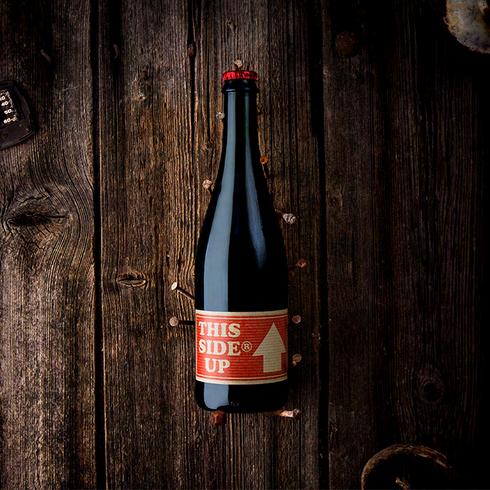
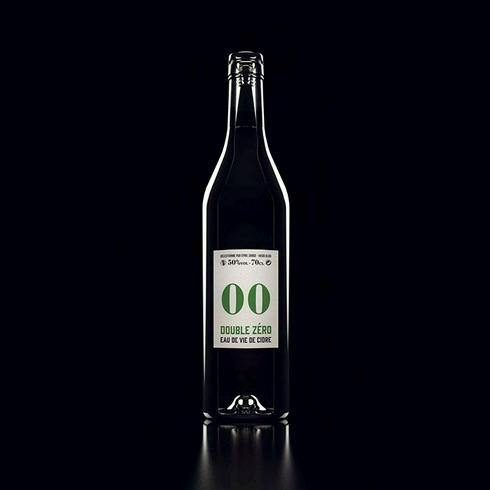

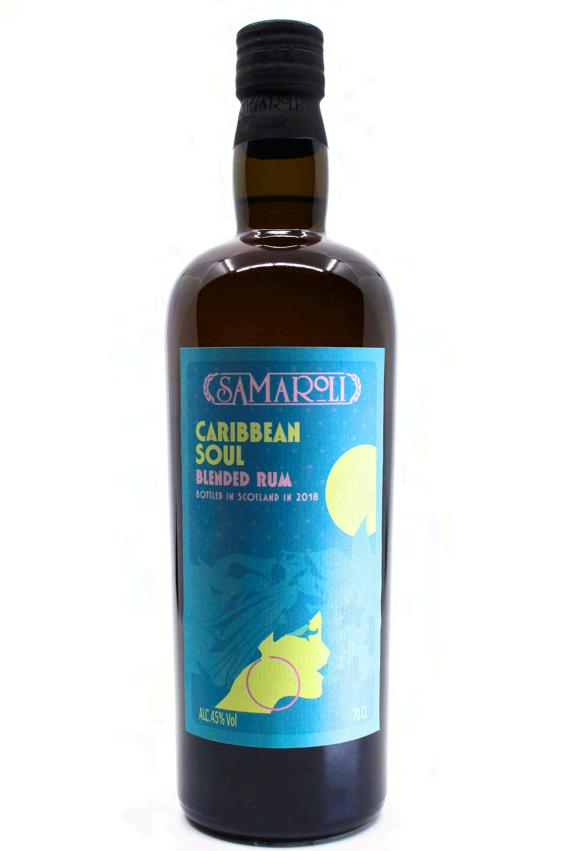
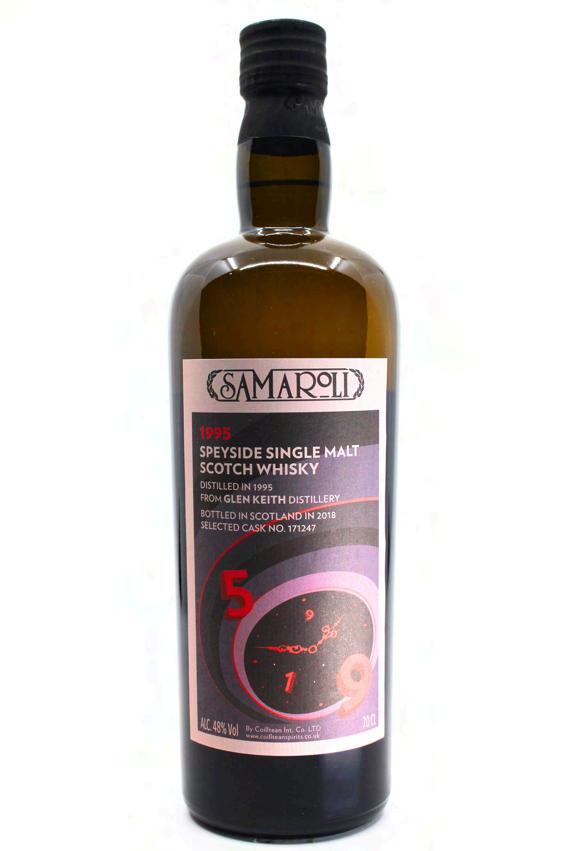
A M A R O L I
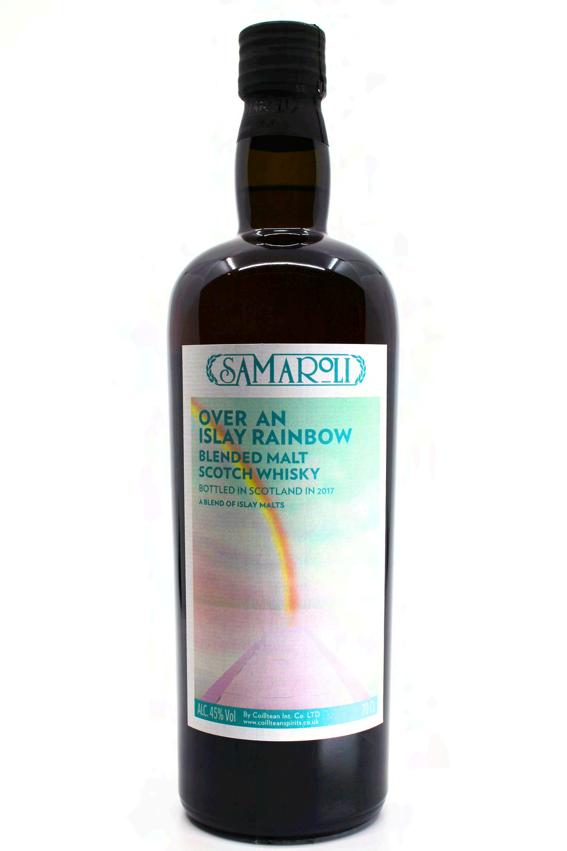
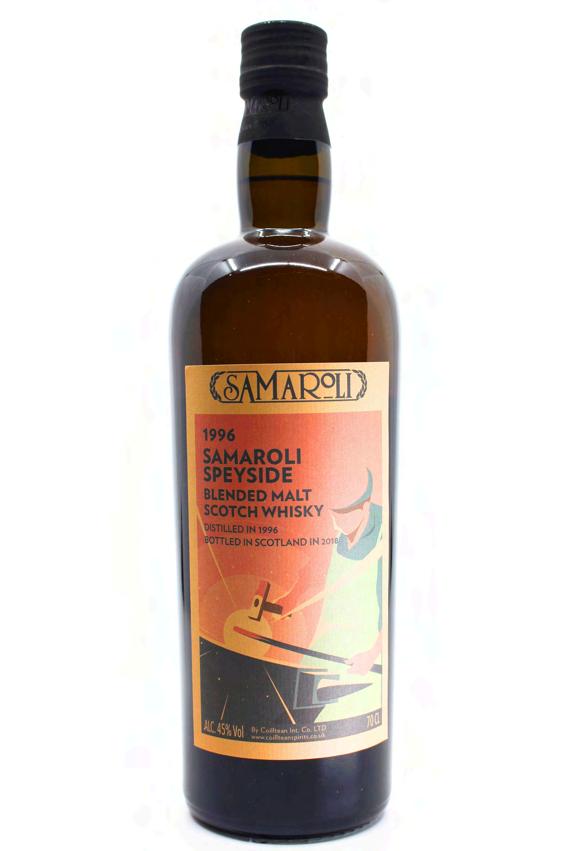
Samaroli is an Italian independent bottling company, with a focus on bottling exceptional Scotch whisky and Caribbean rums; Samaroli does not own any distilleries, it's an independent bottler.
The name Samaroli has become synonymous to whisky enthusiasts with rarity, legend and immense beauty, both organoleptic and aesthetic. The company – originally founded by Silvano S Samaroli – was one of the first dedicated bottlers to actively promote cask strength whisky, and is still one of the only ones to tout the beneficial effects of bottle ageing with the muchloved line on the rear labels: ‘Further matures in its bottle’.
Throughout its 1980s heyday Samaroli released dozens of bottlings which are now considered 'legends’ and are fought over tooth and nail whenever they appear at auction. The artistry of the labels has also proved influential over the years with numerous bottlers taking inspiration from Samaroli’s elegant and artistic style.
Founded in 1968 in Rome, Italy, Samaroli was first and foremost an importer for the first decade of its existence. The first series, a specially-labelled set of dumpy Cadenhead bottlings, was released in 1979, followed by the ‘Flowers’ series shortly after in 1981.
During the early 1980s Samaroli began to source more individual releases directly from Cadenhead. Bottlings at cask strength began to appear, early examples being the Glen Grant 1969 59.0% and the Glen Garioch 1971 59.6%. Some bottlings were vattings of more than one cask while smaller outturns were from single casks.
By the late 1980s the majority of bottlings were at cask strength. As the 1990s wore on Samaroli sourced its stocks from a more diverse range of sources and bottlings began to slow a little around the early 2000s as demand for aged stocks of whisky began to increase.
In 2008 the day-to-day running of the company was taken over from Silvan Samaroli by Antonio Bleve, although Samaroli maintained an active role in the business right up until his death in February 2017.
The company continues to bottle artistically striking, exceptional quality whiskies and I am extremely proud to be offering these to you as the exclusive importer into Australia.
ex GST
Ferry to
1992 Bunnahabhain & 2009 Laphroaig
an
Caribbean Soul 2018 Ed.
2006 Panama Valera Hermanos, 2008 Jamaica Monymusk Rum Demerara Vertical 03-04 2018 Ed.
2003 Demerara Diamond & 2004 Demerara Diamond
Over the World 2018 Ed.
1998 Demerara Diamond, 2009 Fuji South Pacific, 2000 Barbados Four Square 1999 Trinidad
Trinidad Fernandes 2000 Barbados
Barbados Four Square

John and Catherine Thomson planted the vineyard in 1975 at Crawford River, in far south-west Victoria. They were inspired by its potential to produce superior quality grapes after researching & experiencing many grape growing areas of the world. It was a relatively unexplored wine growing region and indeed remains merely a blot on the canvas. Although the area is now
Presiding over gently undulating grazing lands with sprawling forests in the distance, Crawford River has paved the way for The winery atop the hill and the vineyard hugging the slope nestled in the midst of a large sheep and cattle station that John’s great-grandfather settled in 1884.
Since the initial plantings in the mid 1970´s, there have been 2 more small plantings. Believing in the fine quality of the Semillon included in the original plantings, John and Catherine added another 0.7 Ha of the variety in the early 1990´s. In 2000, another block of Riesling & Cabernet was added, which now produces the Strata Riesling & Cabernets labels. The cool southerly latitude together with the maritime environment, complex soil structure and favourable micro-climate create a terroir which has justified the initial vision.
Belinda Thomson, daughter of John and Catherine, now looks after day to day operations with Belinda based at the winery looking after vineyard and winemaking.
Riesling Strata ~ formerly Young Vines
Riesling
Riesling Museum Release
Riesling Noble Dry
Sauvignon Blanc | Semillon Beta
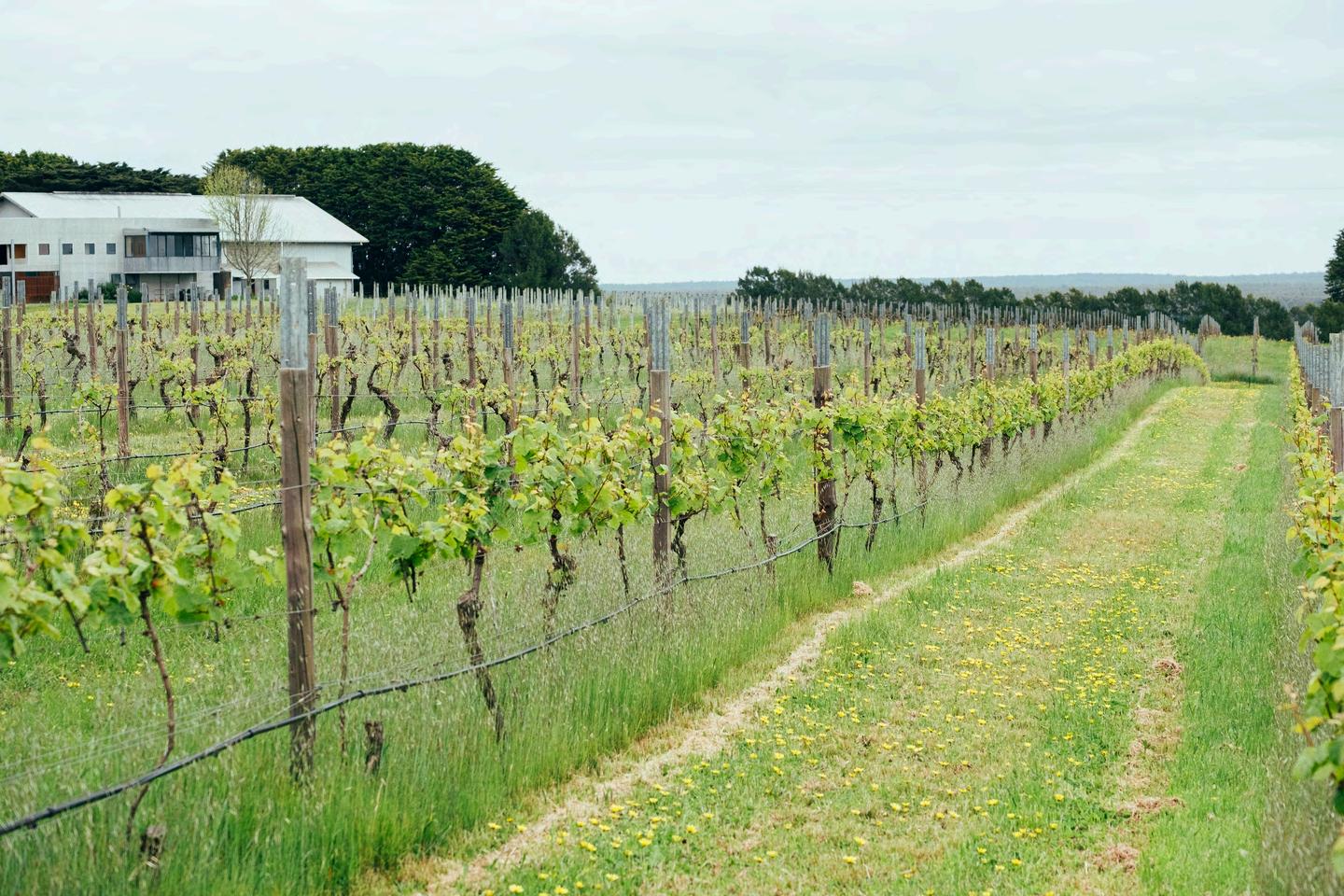
These wines represent a collaboration between me (Sebastian Crowther) and Jo Marsh from Billy Button. Jo is an amazing winemaking talent and beautiful person. These are everyday wines for the good times!
Nevermind is a reference to Nirvana’s album of the same name. It is music that takes me back to being a kid, growing up in the 90’s. The total freedom of youth. Carefree, fun times. Skating and staying out late… mates, laughter, dreaming. I wanted to reflect that same youthful energy in these wines and create a product that is approachable, fun, easy to enjoy but not without substance.
84% Friulano | Manseng | Arneis
The Friulano fruit is sourced from the King Valley, while the Menseng and Arneis both come from the Alpine Valleys. Fruit is harvest and pressed into stainless steel. Racked off gross lees and fermented at low temperatures to retain aromatic purity. The wine is bottled 6 months after harvest producing a wine with great vibrancy. The palate, while being lively and fresh, has great texture. Easy to enjoy while you appreciate the diversity of the Australian wine landscape.
Shiraz | Tempranillo | Refosco
All fruit was picked and fermented separatley. The Temranillo saw some time in old wood. Only steel was used on the rest. The Shiraz makes up the majority here bringing an incredible fruit intensity - blue fruits and black. The Tempranillo gives depth and earth while the Refosco brings freshness. Medium bodied with nice concentration. Juicy with a pinch of savoury tannin on the finish. Joy drink. 2022 18.50
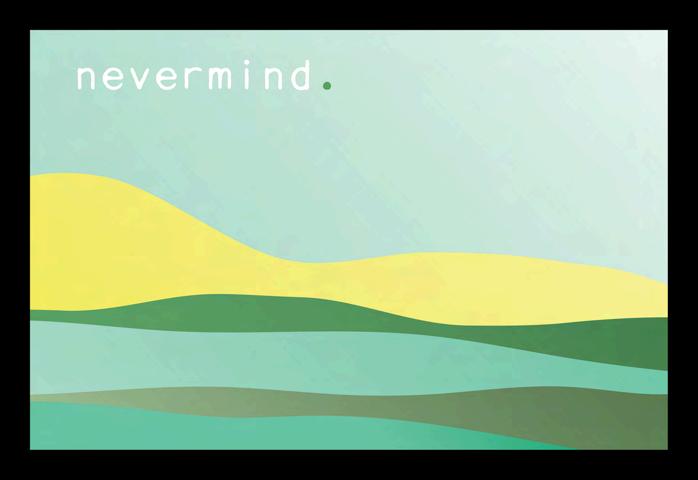
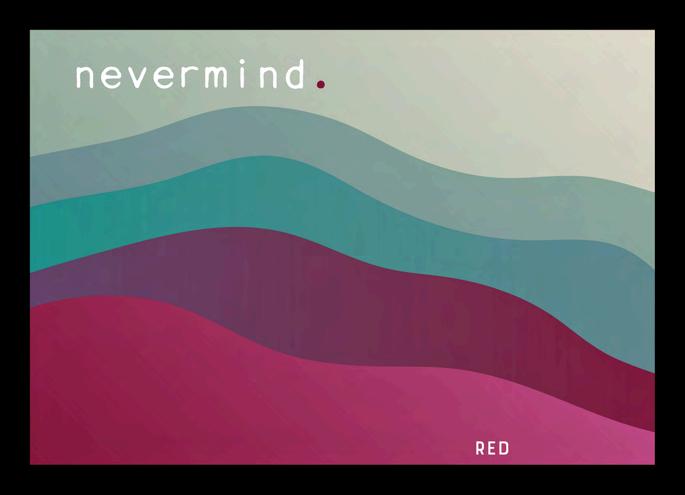
David Bicknell needs little introduction in Australian wine circles having worked for many years at de Bortoli and now at Oakridge where he was recently names Gourmet Traveller WINE Magazine, Winemaker of the Year.
Bicknell FC is a family winemaking project of Dave Bicknell and Nicky Harris. The project started as random wines from interesting sites, but as they have moved through the years, getting their eye in so to speak, they have settled into the good fortune of leasing one of those interesting sites: Val Stewart’s close planted vineyard. The current releases are the below wines; these are all from Val Stewart’s vineyard at the top of the hill in Gladysdale. There is 1.0 Ha of chardonnay and 1.5 Ha of pinot noir. It was planted in 1988 with 3,660 plants/Ha, and sits between 332-363m ASL, in red volcanic soil.






Honest, authentic and passionate are words that we use to describe the wineries we work with and without a doubt, Cobaw Ridge fits this mould perfectly.
The winery was established in 1985 by Alan and Nelly Cooper. Vines were planted on granitic, sandy soil in the cool climate Macedon Ranges, on the cusp of the Great Dividing Range at some 610m. Their positioning, in a natural amphitheatre, provides the perfect place to produce terroir-driven wines. 100% estate grown, they are now fully certified organic and biodynamic, something they are very proud of, and deservedly so.
93POINTS|MIKEBENNIE SYRAH|PINOT|LAGREIN
From the famed 'Shays Flat' vineyard located in the Pyrenees region. The soil is abundant with shale, mudstone, quartz and its iron rich loam top soil, all which clearly shows through in the resultant wine. Whole bunch pressed, fermented, and matured in large old oak and terracotta Tinajas Amphora. Zero additions except added sulphites.
Pyrenees Grenache
93POINTS|MIKEBENNIE 92POINTS|MIKEBENNIE

Pristine fruit from the stellar "Landsborough " vineyard in the Pyrenees region. All the attributes of the mudstone / quartz and shale soil seem to be amplified into the wine! Gently destemmed with about 15% whole bunches incorporated. Basket pressed and then matured in large oak. Zero additions except added sulphites.
From the M.Chapoutier organic vineyard in Pyrenees. 100% de-stemmed to small open vat for natural fermentation. Pressed via basket press then mature for 12 months in 25% new French oak and old, small cask. Bottled after 12 months maturation. Zero additions except small sulphites addition prior to bottling on site.

Battles is a collaboration between Lance Parkin, Ex-Houghton winemaker and Kris Ambrozkiewicz, Rockpool Perth Sommelier, former winemaker and Vinous Matters sales rep. This is merely their second vintage under their own label and thus far have quickly developed a strong following for their characterful wines that show poise and complexity. A strong idea to work with left of centre, as well as more classic varieties the ethos is to create wines which reflect the great vineyards and regions in which they are grown.
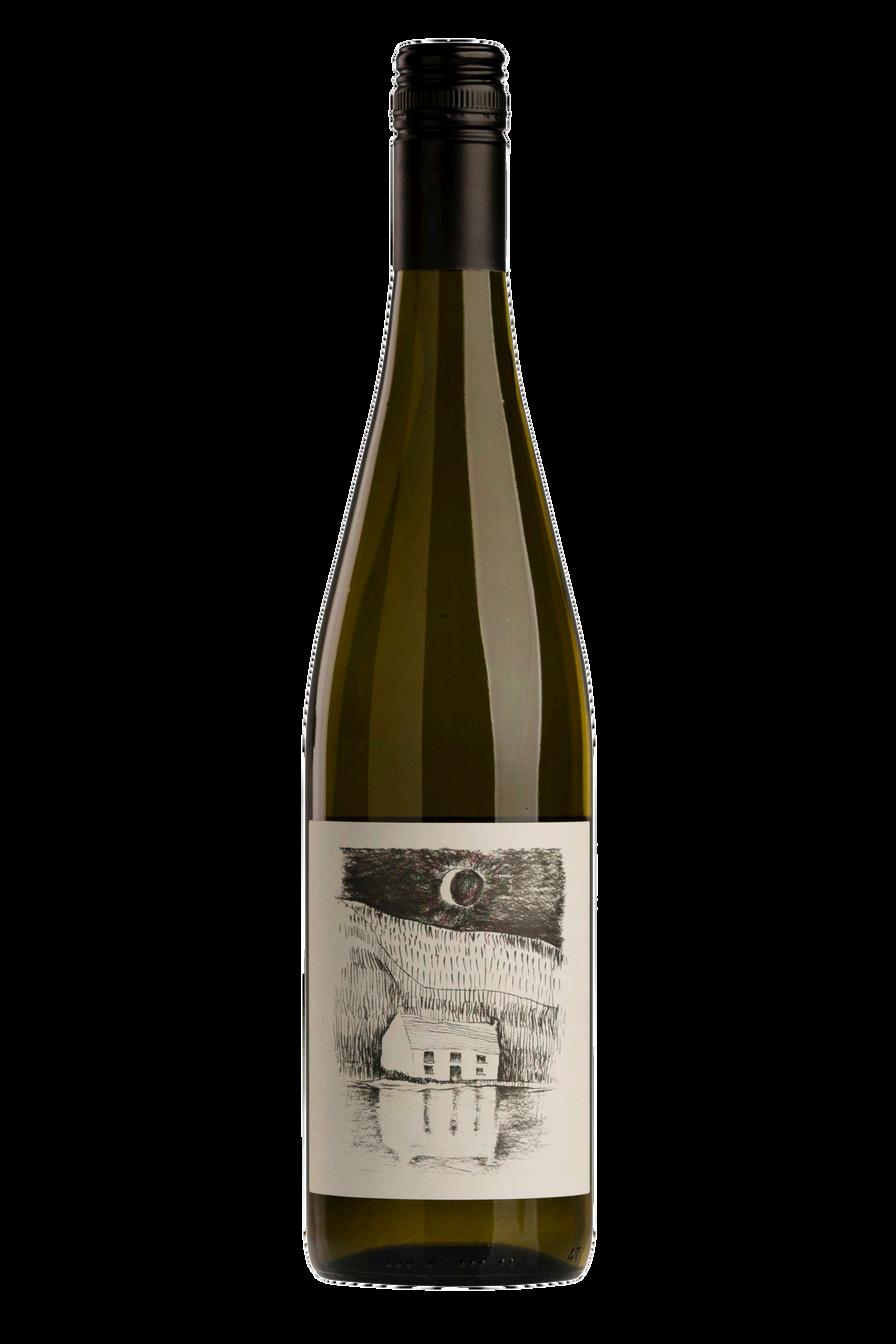
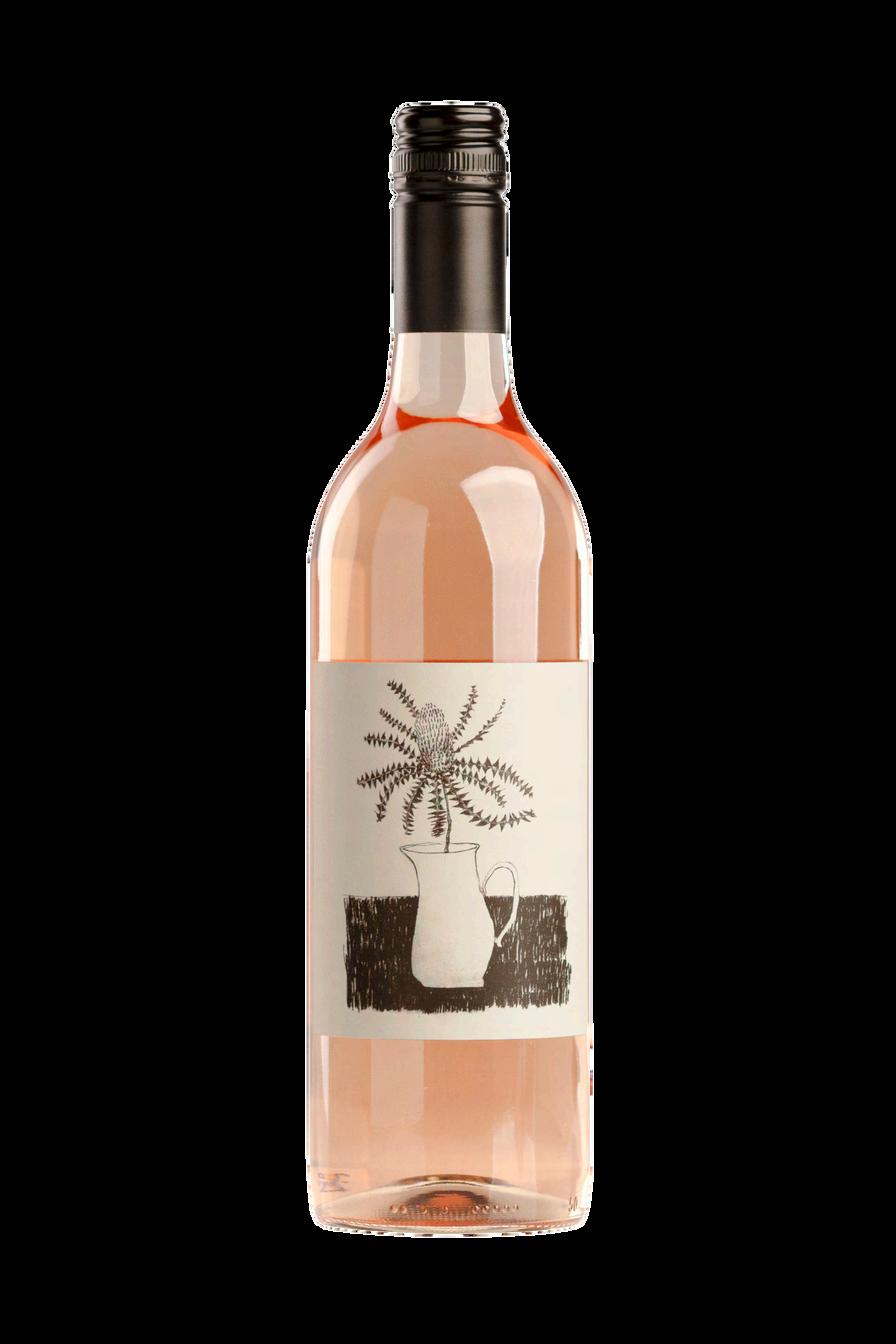
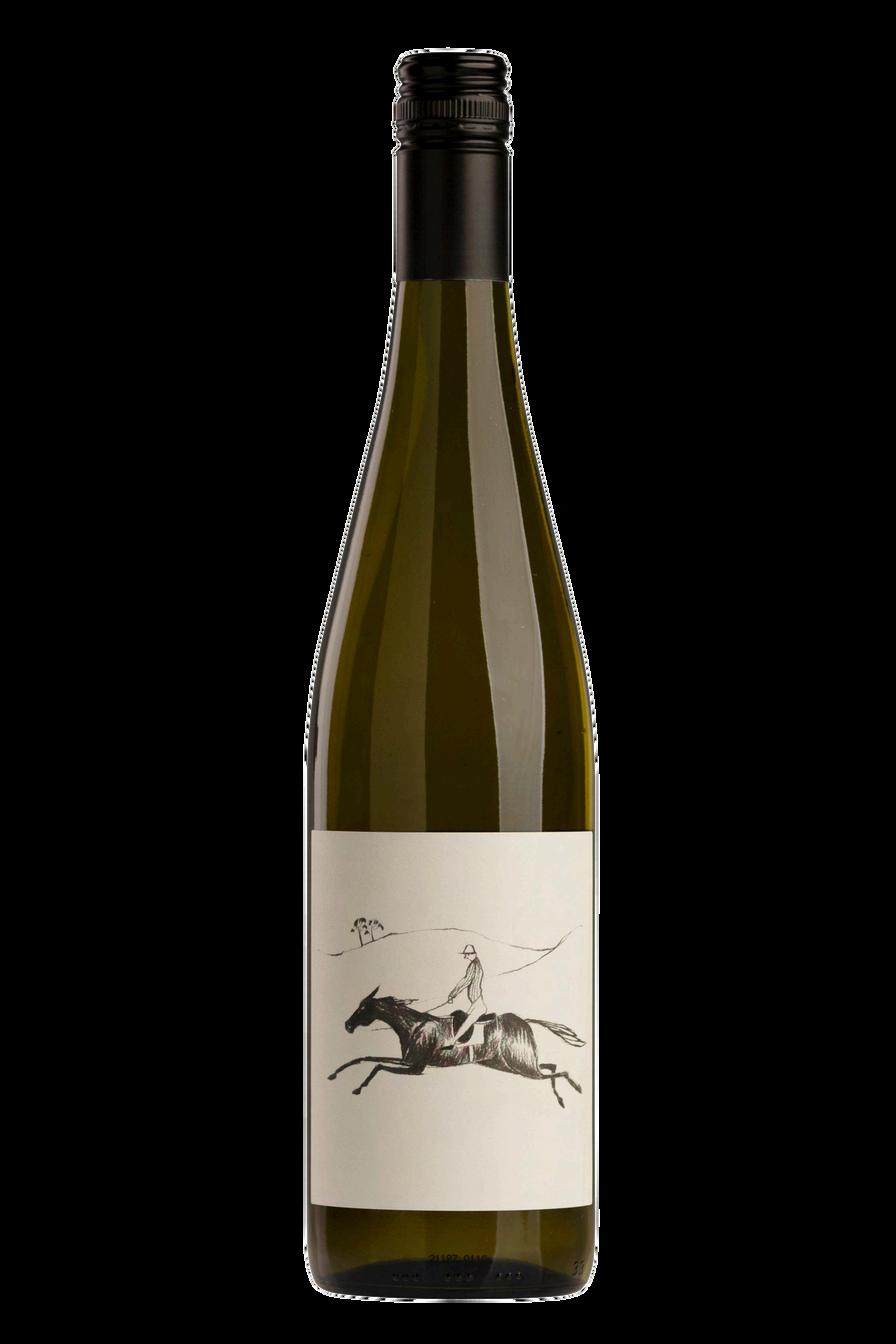
Mount Majura Vineyard lies near the top of the Majura Valley, just outside the city of Canberra. The valley floor, too frosty in Spring for vines, was a camping area and transit corridor for the original Ngunnawal people. On the slopes of the valley, where the cold air drains away, the soil has developed from two geological formations. Limestone was deposited in the Silurian era, 430 million years ago. The Ainslie Volcanics, which form Mount Majura itself, were deposited very shortly afterwards. To a vigneron, an east-facing slope with limestone speaks softly but urgently of a need to plant vines. So it was that the late Dr Edgar Riek, a pioneer of viticulture in the Canberra District, came to plant a vineyard together with the then owner of our site, Mrs Dinny Killen. From these origins, the viticultural and winemaking objective is to deliver an expression of place. For the current custodians of the Vineyard, viticulturist James Hopper and winemaker Jeremy Nascimben the goal is to continue to produce wines that distinctively represent their origins. From integrated pest management in the vineyard to wild ferments in the winery, it is all about managing carefully but lightly, letting the quality come naturally.The vineyard is planted to a number of traditional and more experimental varieties, including the two that we now recognise as the most widely successful in the region: shiraz and riesling.We also have an ongoing quest to find new varieties as we better understand our climate and soil. Iberian varieties have been added with tempranillo showing it can produce some of the best wines from outside Spain producing wines of not only great quality, but real character. Graciano, touriga nacional, along with new plantings of mencia and albarino complete the mix.
Chardonnay | Pinot Noir Sparkling
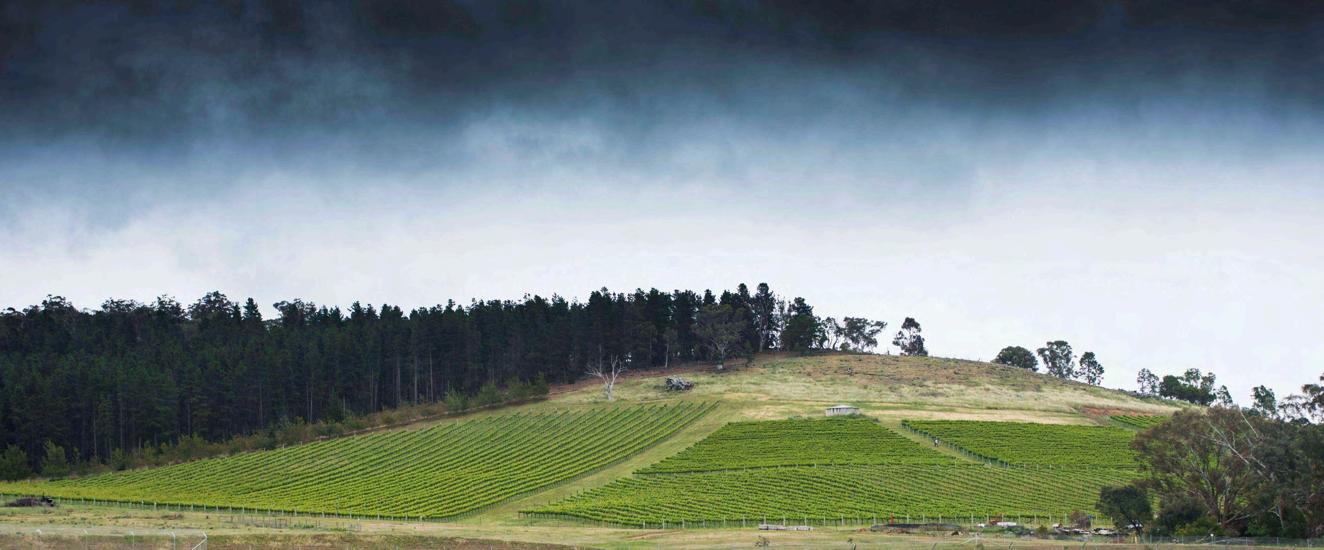

Chardonnay ‘Adelaide Hills’
Pinot Noir ‘Adelaide Hills’ Savagnin Chardonnay ‘Lenswood’ Gamay Sangiovese
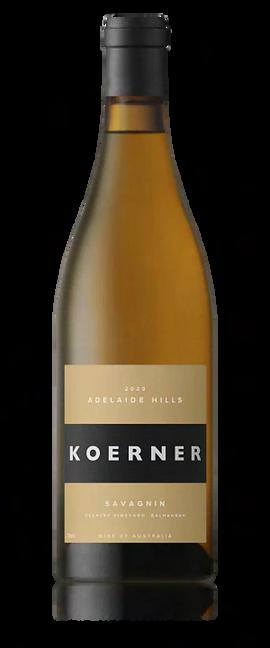
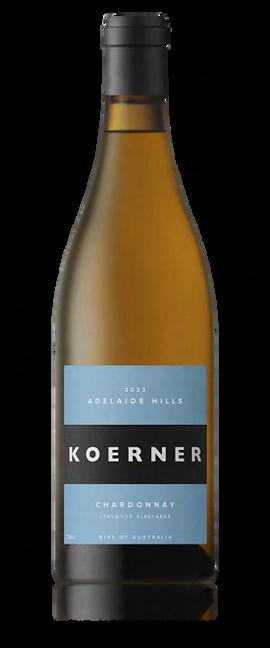
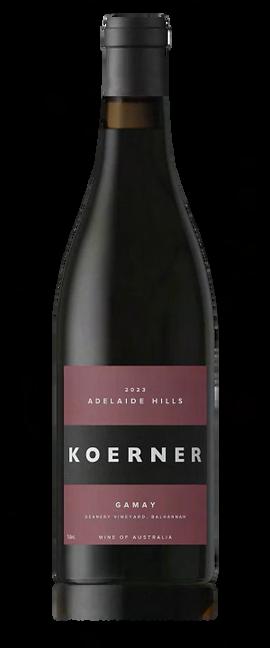
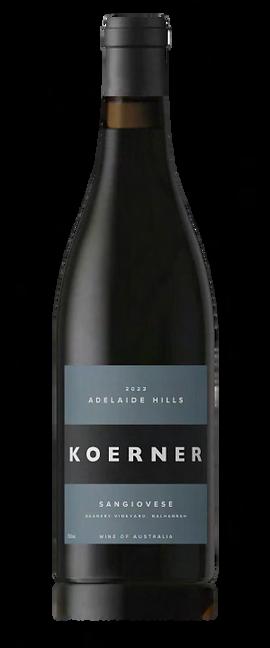

Damon Koerner is a wine lover from way back. He grew up in the Clare Valley but has since spent time working and living makes wine from the Clare Valley and Adelaide Hills. He works with both traditional and unique varieties and the focus is on staying honest to the variety and the vineyard.
Koerner Wine was established in 2014 with the intent to make unique wine from the Clare Valley. The wines are mainly produced from our family vineyard, Gullyview. They also source fruit from neighbouring vineyards, Parish and Vivian. All fruit is grown within a 750m radius. With a focus on fruit quality and transparent winemaking, the wines are textural and approachable, light, fresh, and ultimately easy drinking.
Watervale ~ Riesling
Gullyview Riesling ‘Old Vine’ Riesling
Pigato ~ Vermentino
Rolle ~ Vermentino
Tiver ~ Rosè
Sangiovese & Sciacarello
Mammolo ~ Sciacarello
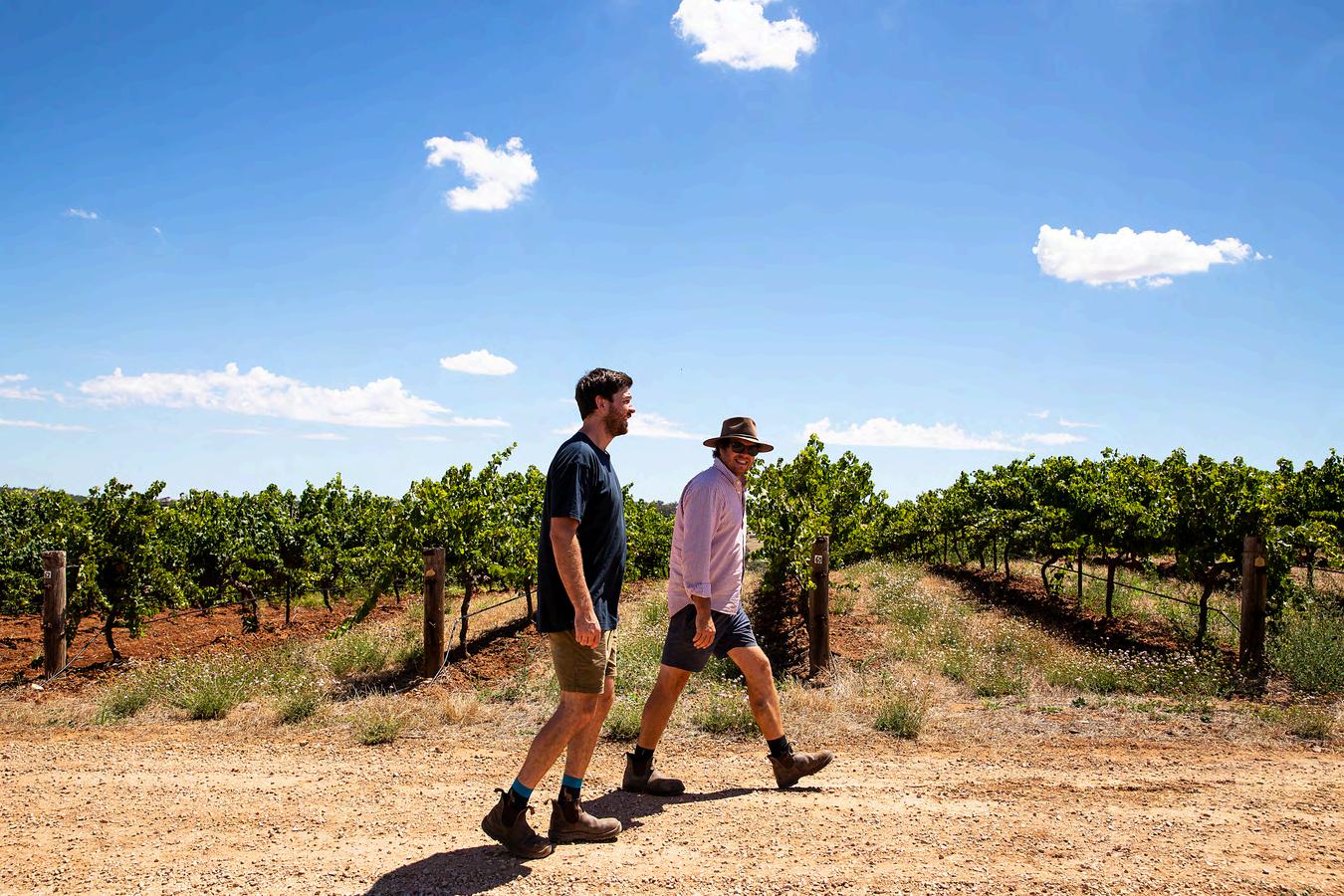
The Clare Red Wine
65% Cabernet Sauvignon, 11% Cabernet Franc, 11% Grenache, 7% Malbec, 4% Carignan & 2% Sciacarello
La Korse Red Wine
37% Sangiovese, 33% Grenache, 14% Sciacarello, 10% Carignan and 6% Malbec
Cannonau ~ Grenache
Classico Red Wine
98% Cabernet Sauvignon, 2% Sciacarello
Harrison Wines defy convention – the convention and constraint of a nine-five job led Riley Harrison to seek a creative outlet, and in 2015, with a humble tonne of Grenache, this vision became a bottled reality. In pursuit of perfume, texture, and drinkability, Riley crossed regional boundaries to secure small parcels of fruit from vineyards in the Adelaide Hills, McLaren Vale and Barossa Valley.With an emphasis firmly on fruit quality and varietal expression, Riley’s winemaking style weaves between the lines of conventional and minimal-intervention. “Minimal intervention winemaking can be divisive and can focus too much on the minimalist process, rather than the outcome of the final wine. Strangely, doing less requires a far greater attention to detail in the winery. It's the complex interaction of science, creativity and environment in a bid to generate flavour that I find intoxicating"The resulting creatively charged wines are the outlet Riley was searching for. Harrison Wines has been an exploratory journey into the world of aromatic excitement and textural pleasure.
Mclaren Vale ~ Roussanne / Grenache Blanc
Barossa Valley ~ Grenache Blanc
Barossa Valley ~ Grenache ~ Rosé
McLaren Vale ~ Caberent Franc
Barossa Valley ~ Grenache
McLaren Vale ~ Cinsaut
Adelaide Hills ~ Syrah
NEWRELEASE
NEWRELEASE
NEWRELEASE
McLaren Vale & Adelaide Hills ~ Cabernet Sauvignon / Shiraz
Langhorne Creek ~ Malbec

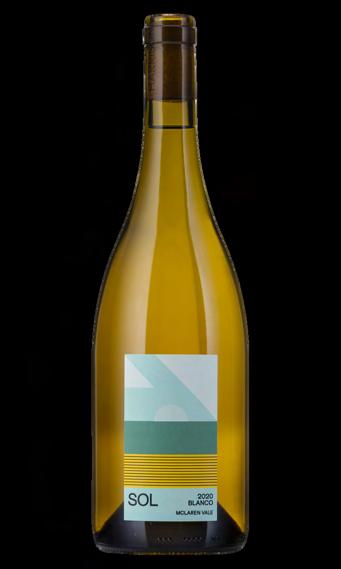
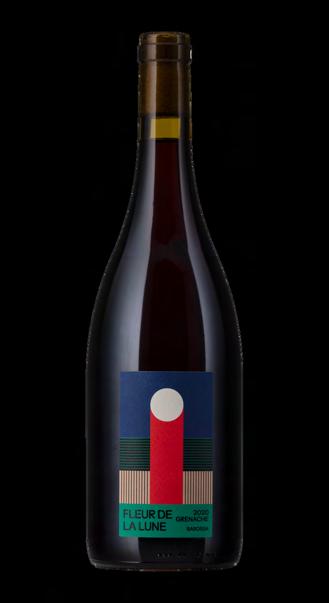
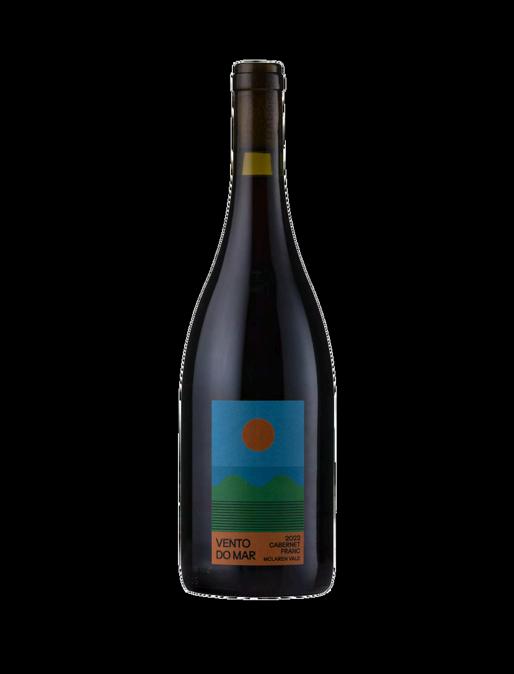
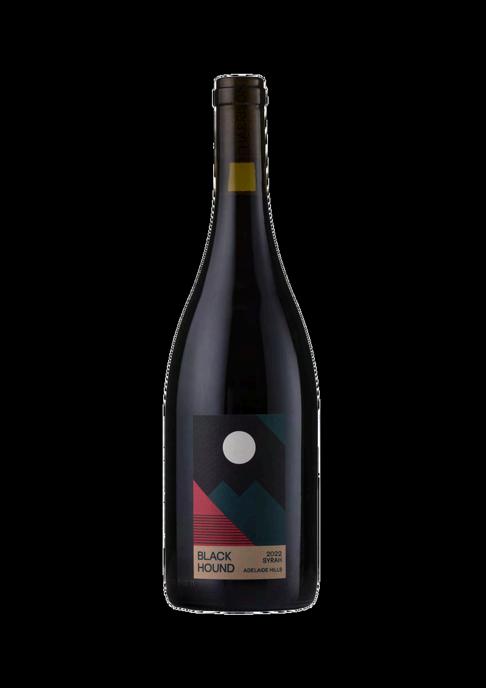
Alkina was established in 2015 when Argentinian vintner Alejandro Bulgheroni purchased a 60 hectare farm near Greenock in the North Western corner of the Barossa Valley. With 70 year old vines and 170 year old stone buildings in need of repair, Amelia Nolan was tasked with bringing new life to the old bones of the farm. With the guidance of acclaimed winemaker Alberto Antonini, terroir expert Pedro Parra and a strong local team, Alkina is now a magical place with terroir winegrowing and regenerative farming at its heart.
Kin ~ Semillon
Kin ~ Rosè (Grenache)
Kin ~ Grenache
Kin ~ Shiraz

Wild Earth ~ 97% Semillon, 3% Riesling and Ugni Blanc
Kin Night Sky ~ 44% Grenache, 39% Shiraz, 17% Mataro
93POINTS|JAMESSUCKLING
Birdsong ~ Shiraz
94+POINTS|ERINLARKIN
Spice Garden ~ Shiraz
94POINTS|JAMESSUCKLING
Striato ~ Shiraz (formerly ‘Spice Garden’)

Old Quarter ~ 60% Grenache, 20% Shiraz, 20% Mataro
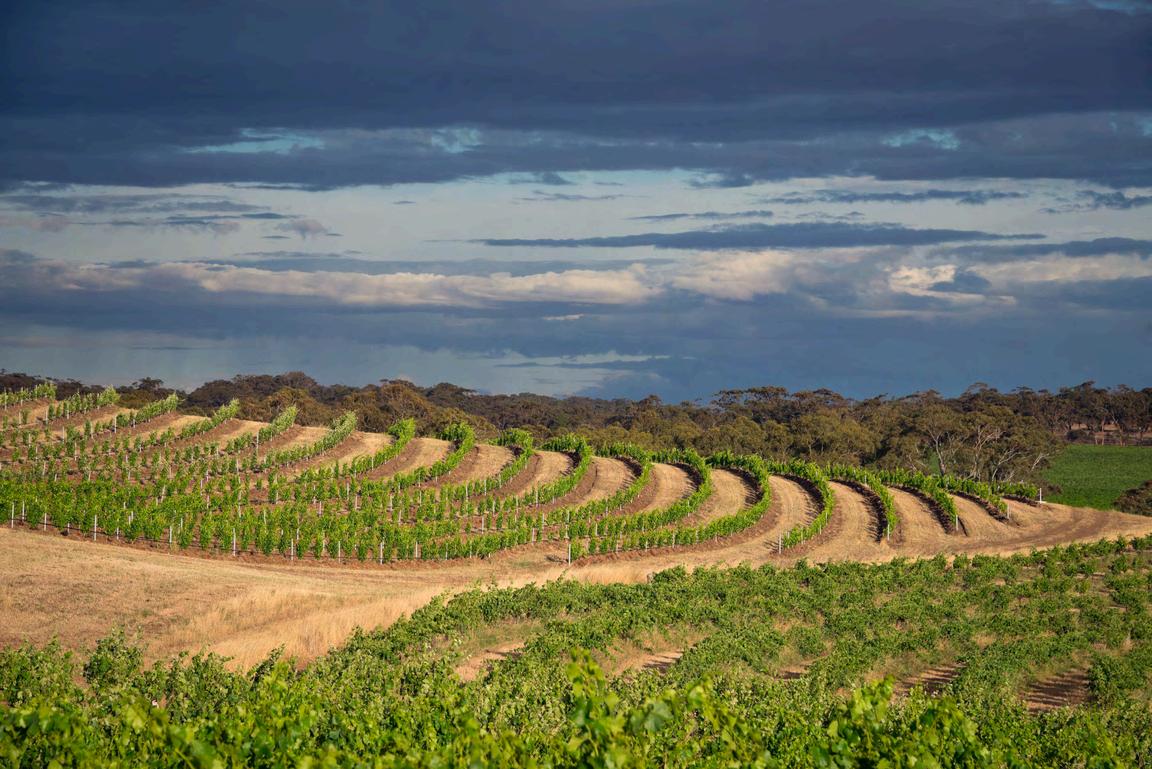
97POINTS|JAMESSUCKLING
97POINTS|ERINLARKIN
96POINTS|STUARTKNOX|THEREALREVIEW



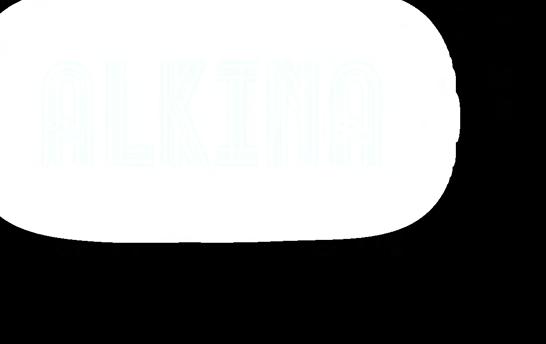
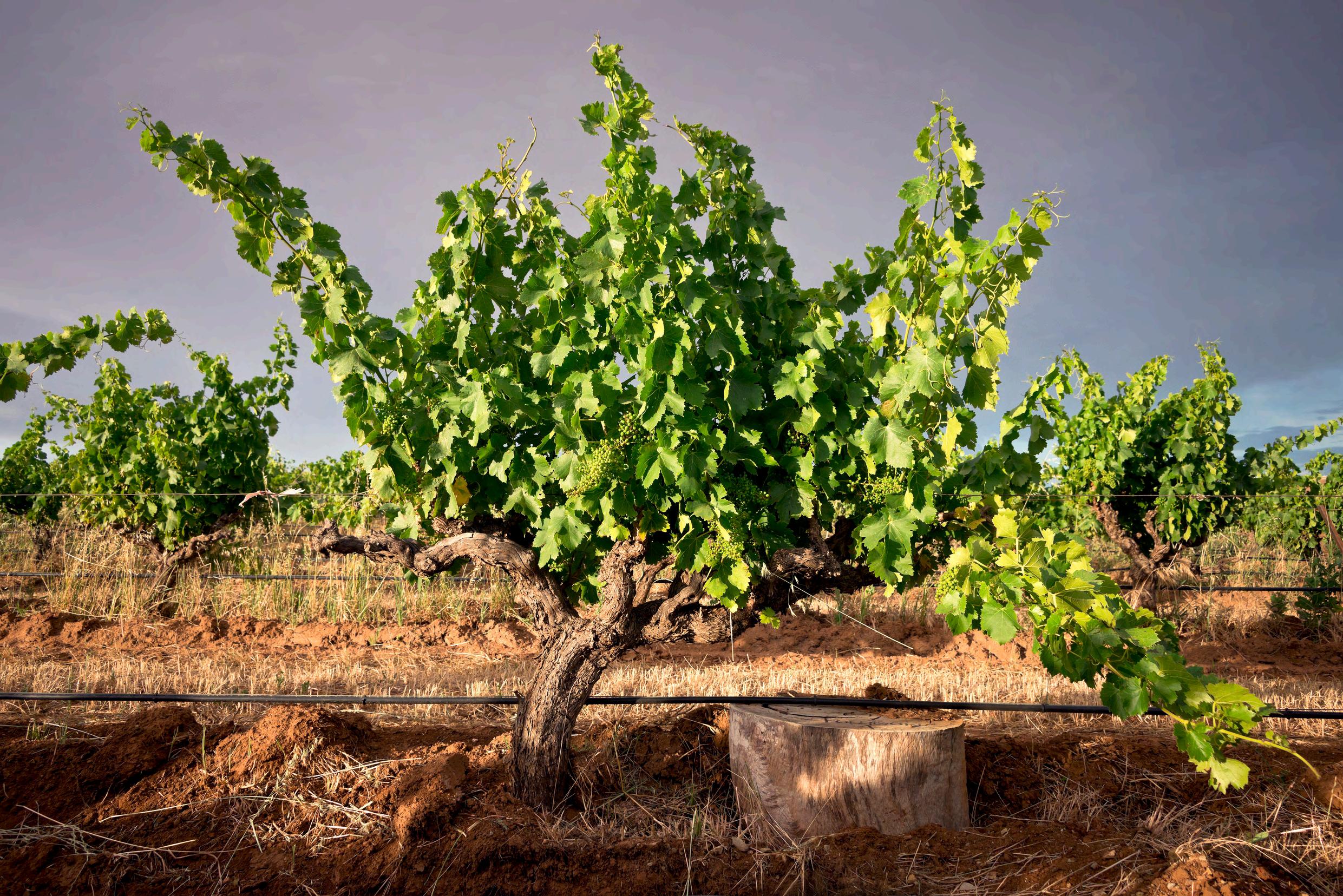




Crowther Collective is the brainchild of me, Sebastian Crowther. Realising that I would never have enough time to committ to doing a full vintage and bring to life my dream of making my own wine, I decided to team up with some talented friends to make it happen. The winemakers who have helped me with this project have their surnames on the front – ‘Marx’ & ‘Cooper’ etc. For their love, care and work I am very grateful!
Made with Josh Cooper and the help of all the Cooper’s at Cobaw Ridge. The fruit is from a vineyard in Henty.
Whole bunch pressed into steel. Settled over night and into old oak. Fine lees, no stirring. 12 month on lees. Tiny SO2 addition. Bottled. Joy.
Made with Josh Cooper and the help of all the Cooper’s at Cobaw Ridge. The fruit is from a vineyard in Henty. Not far from Crawford River.
20% Whole bunch, the rest is de-stemmed (whole berry). Fermented on skins for 2 weeks (wild fermented). Pressed in to old puncheons with nothing added except small amount of So2 at bottling
Made with Ben Marx (Senior Winemaker at Jim Barry) Cabernet Franc 50% & Cabernet Sauvignon 50% off a vineyard on Trillians Hill Road. This is a vineyard that Ben Marx owns. It’s at the meeting point of Watervale, Polish Hill and White Hut. Fermented in open top fermenters, 5 weeks on skins. Basket pressed, settled over night and racked to old wood for MLF (no SO2 until bottling).
